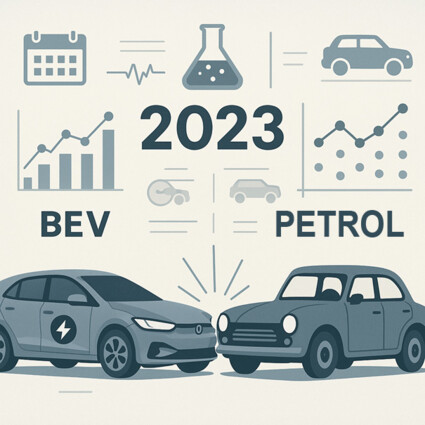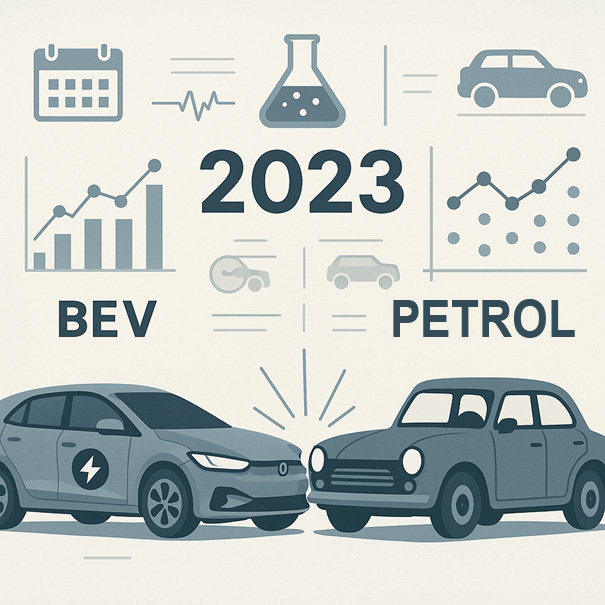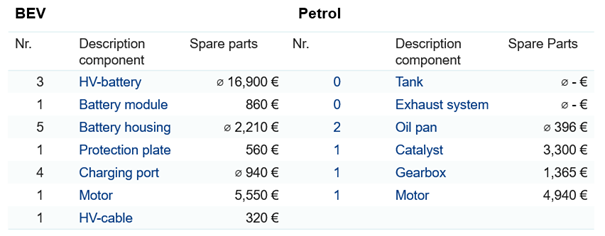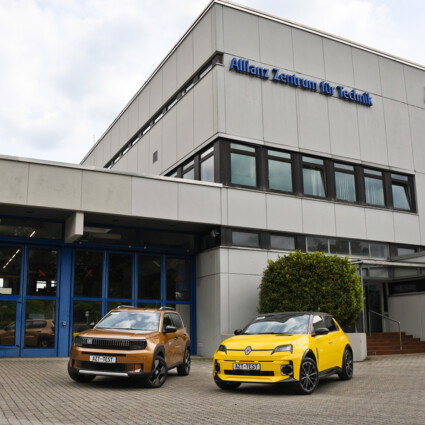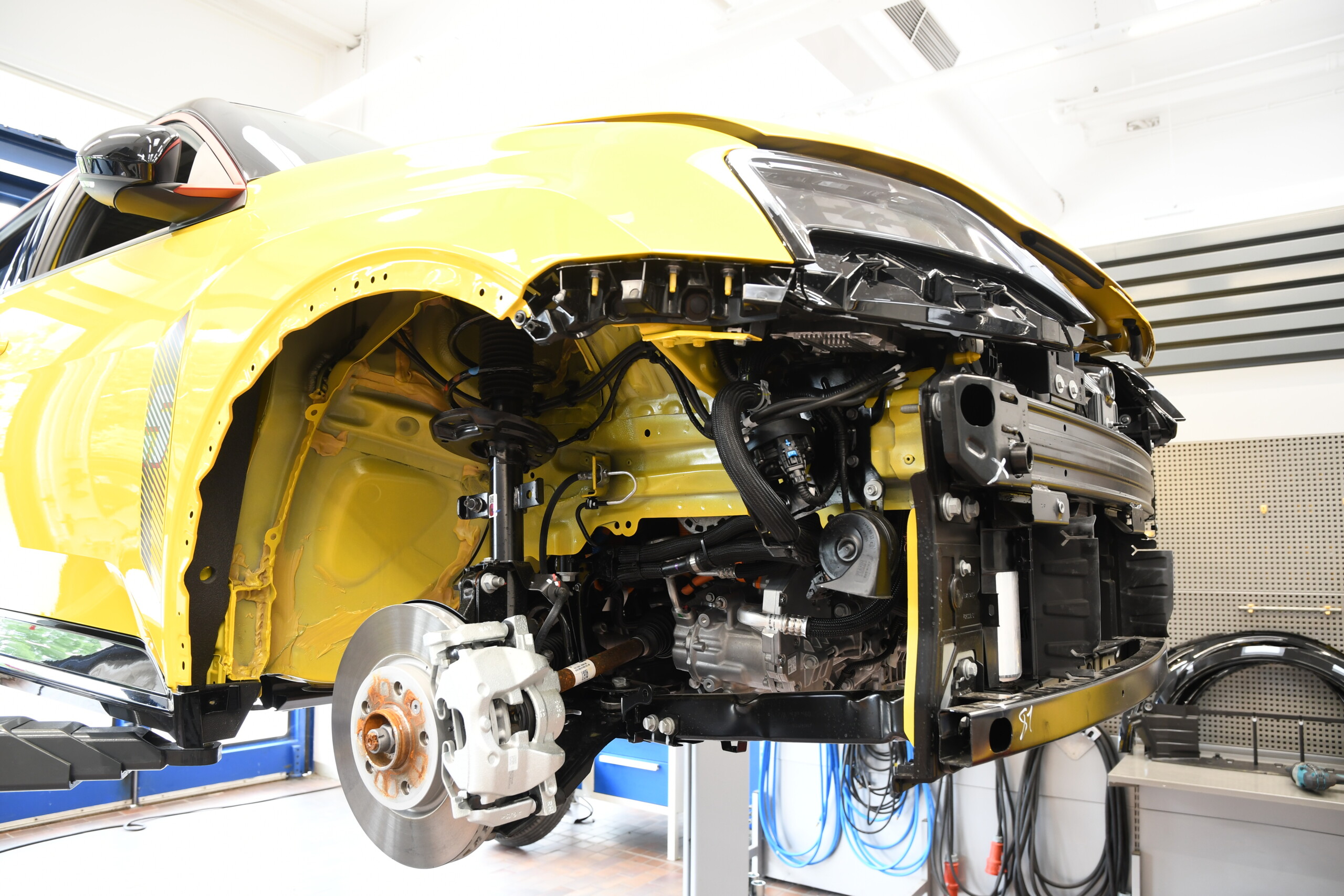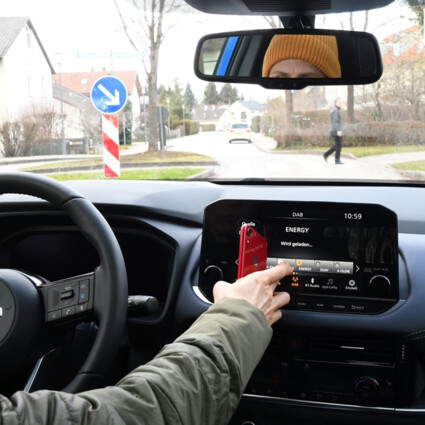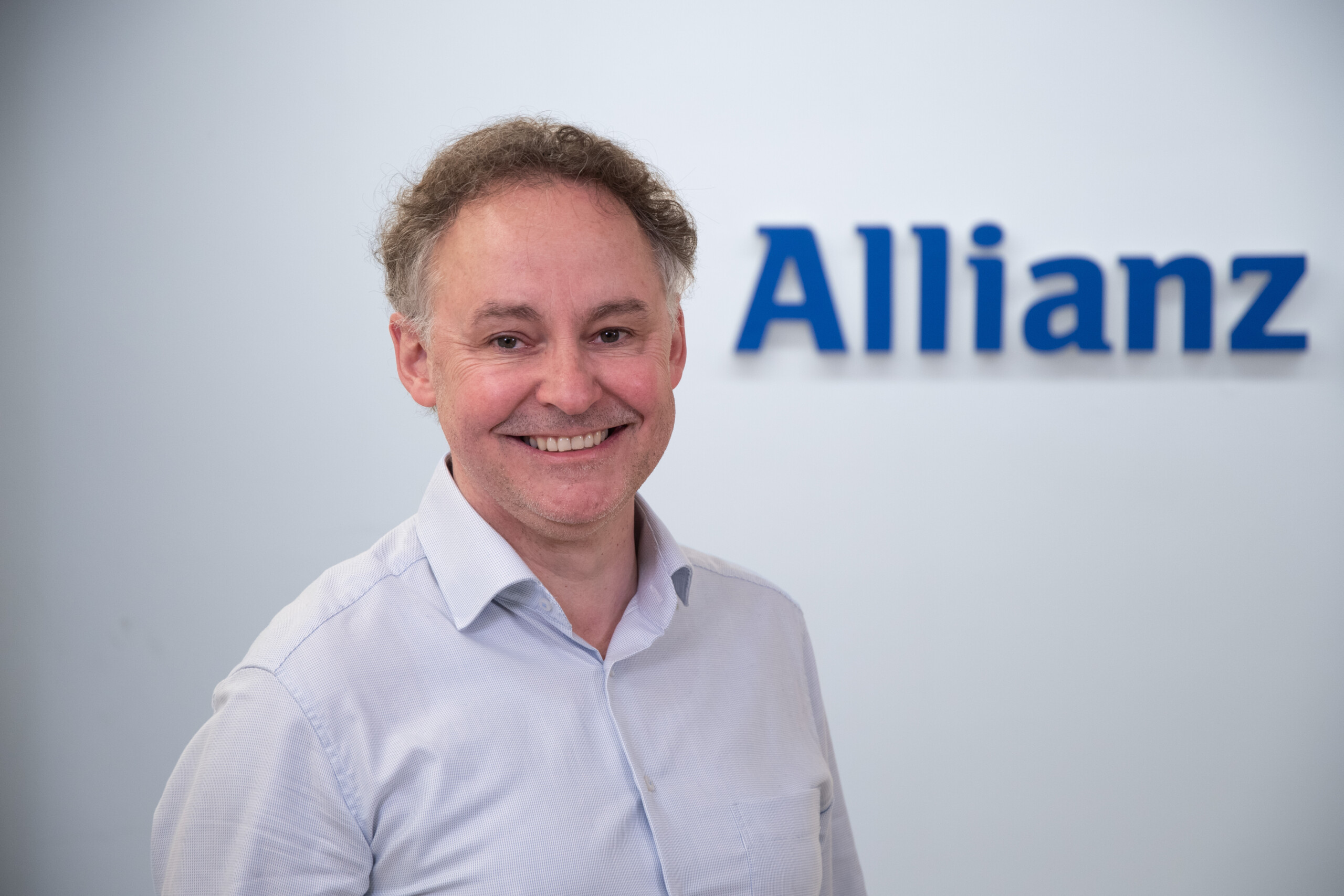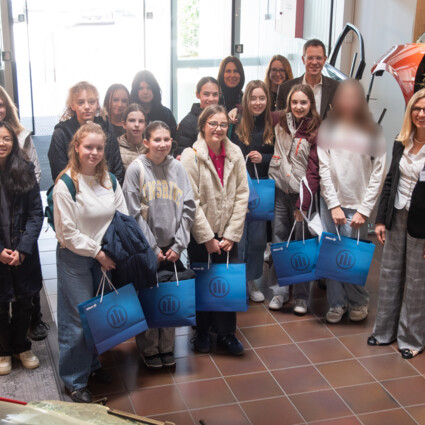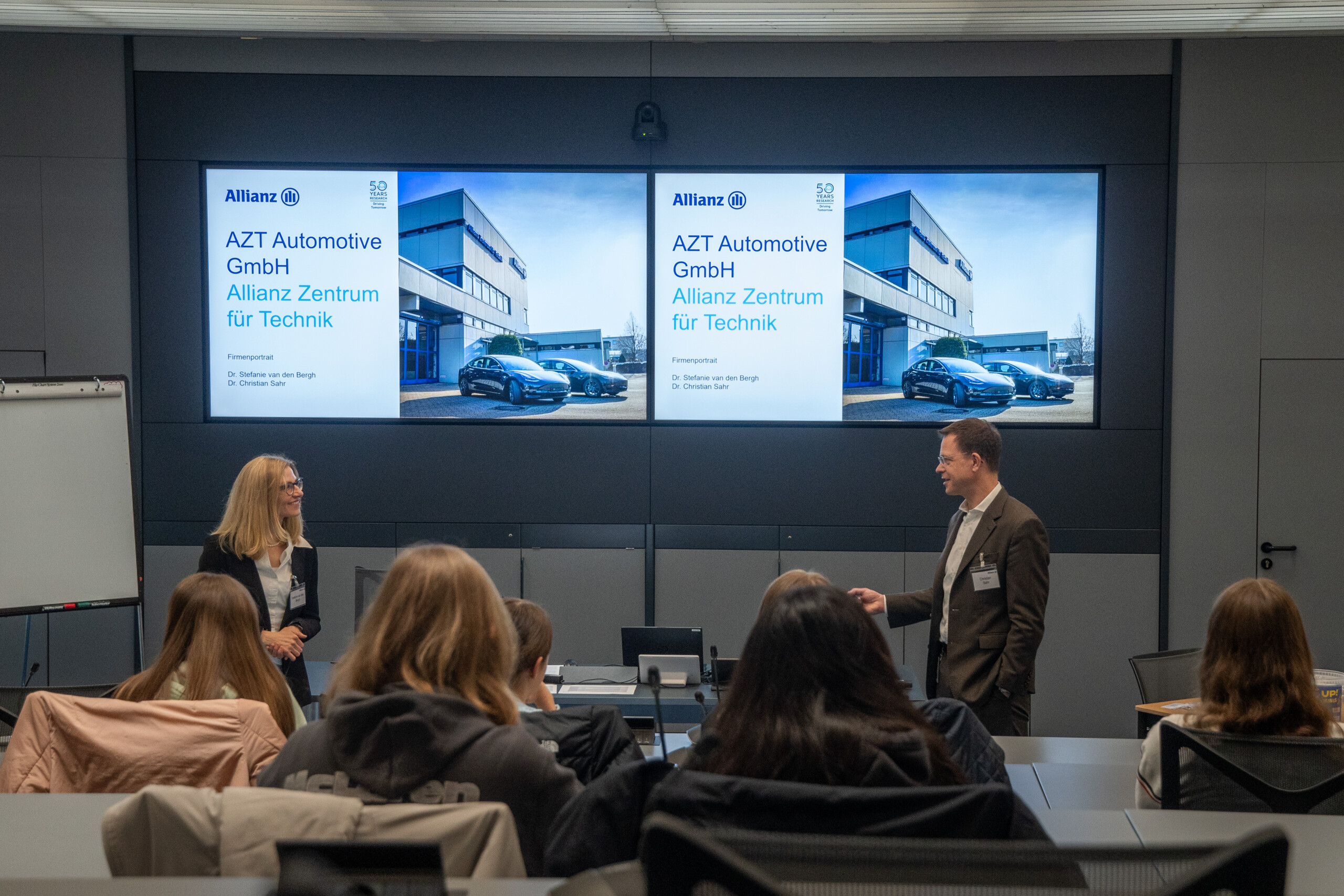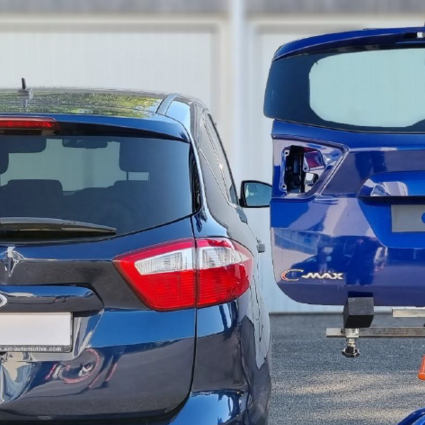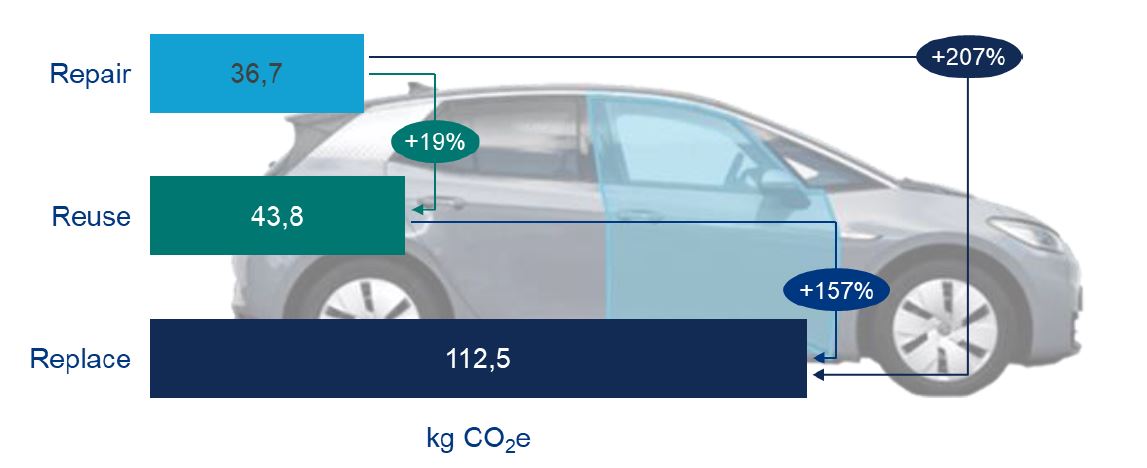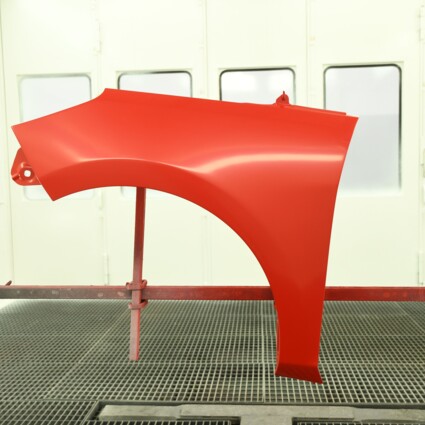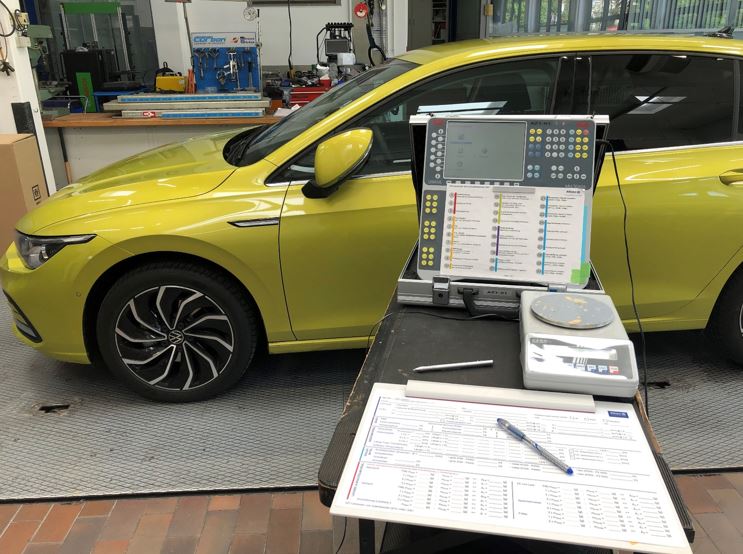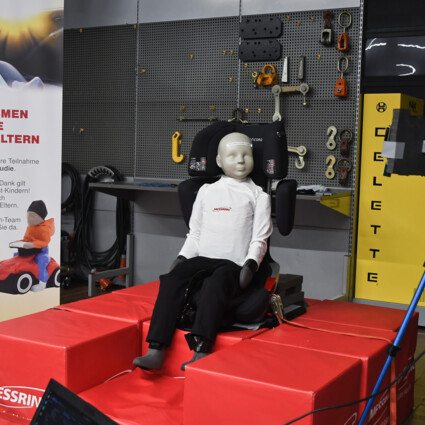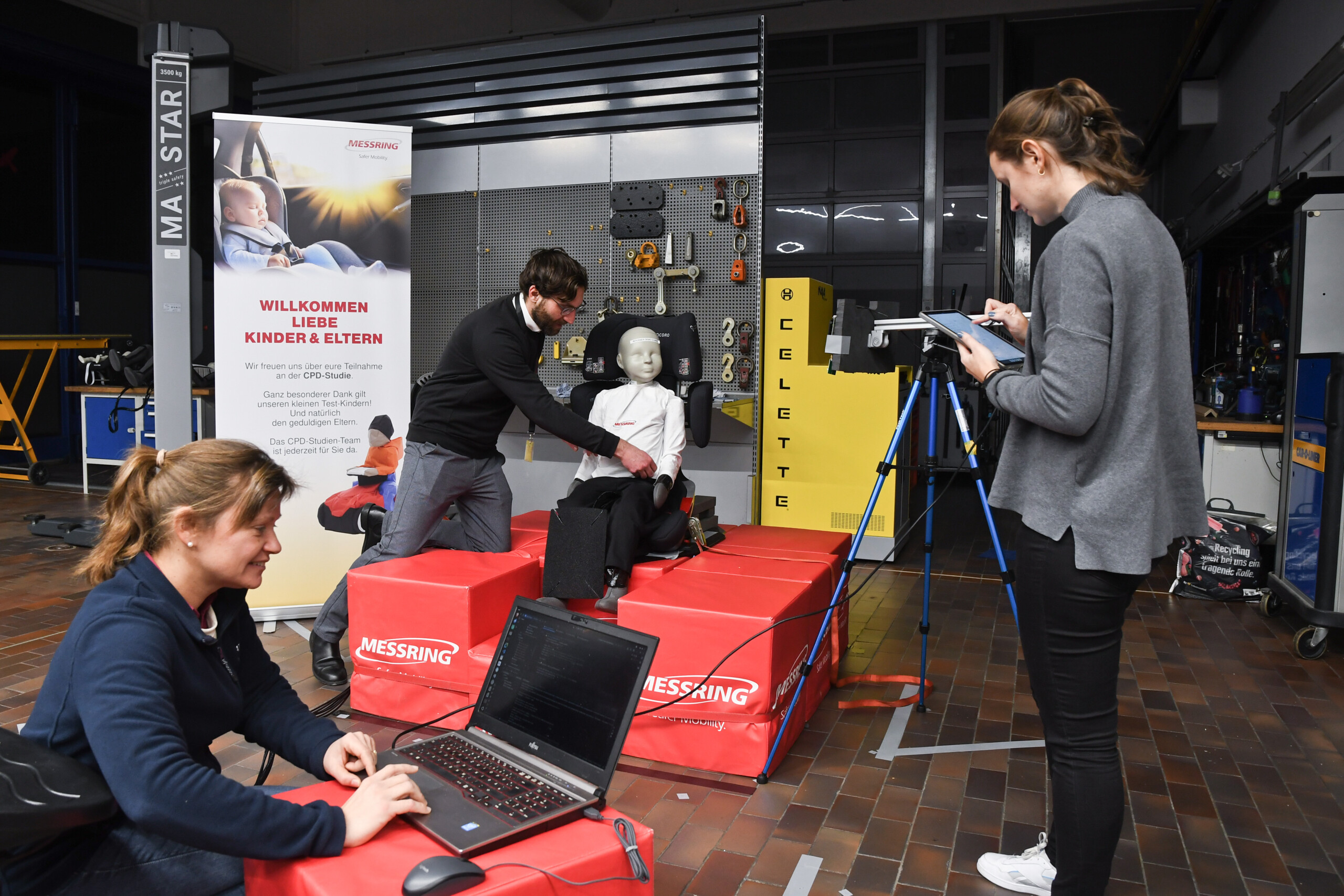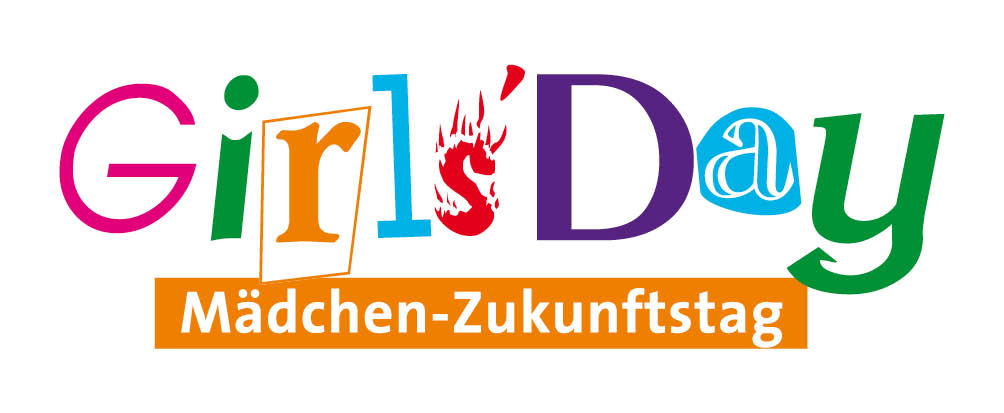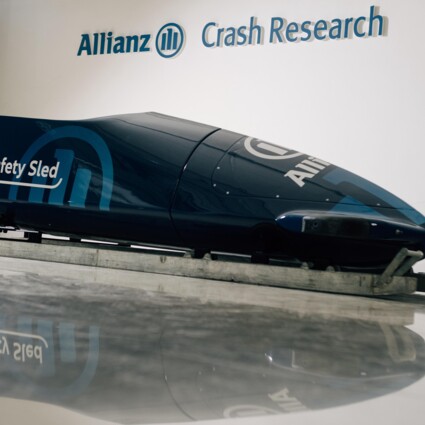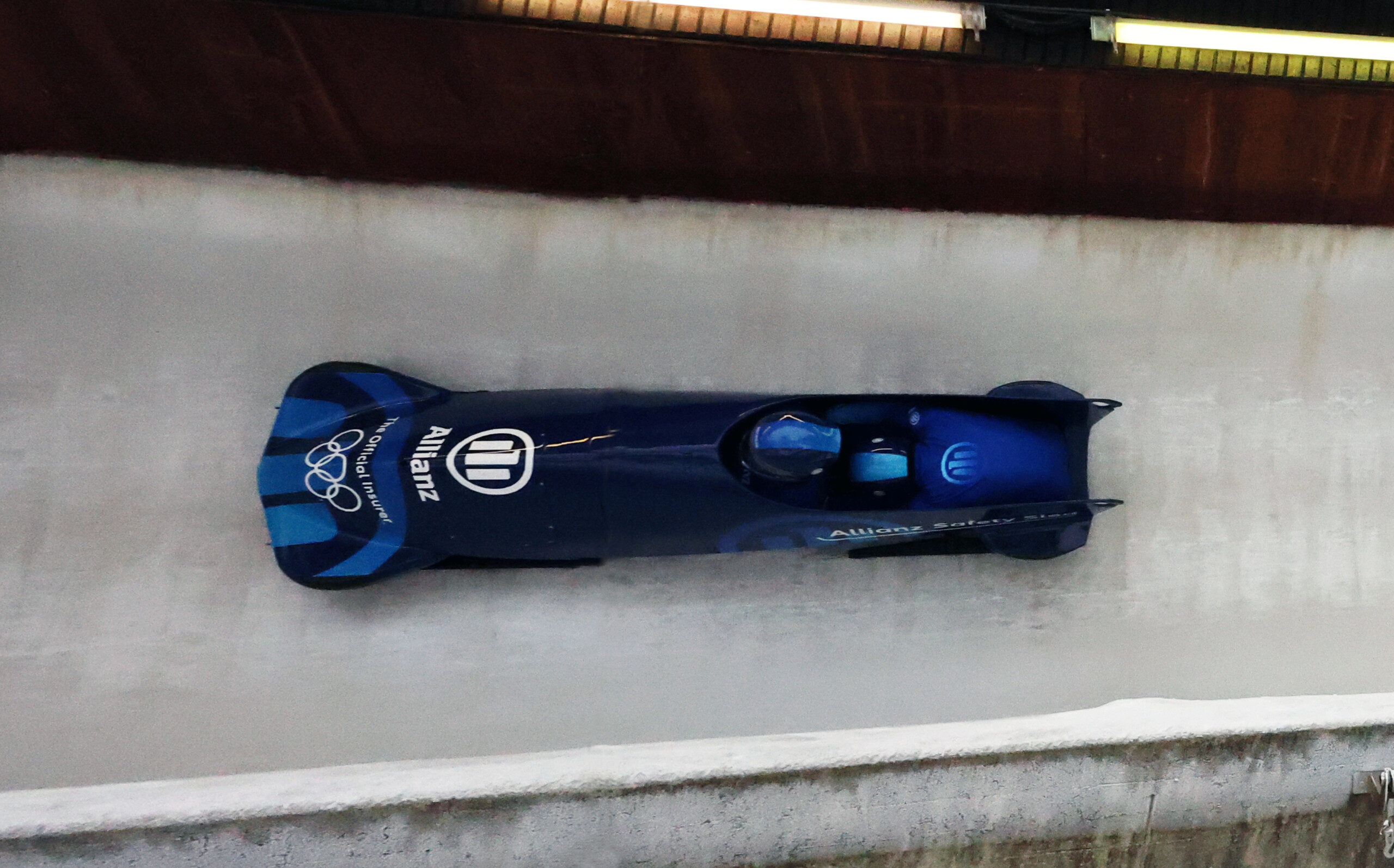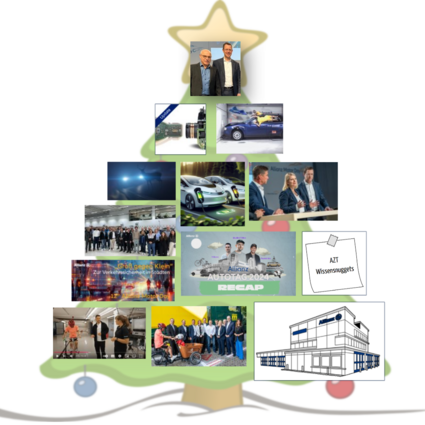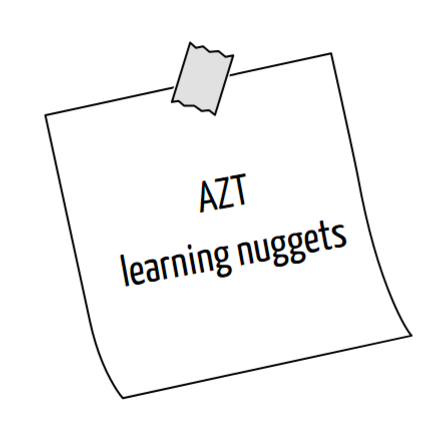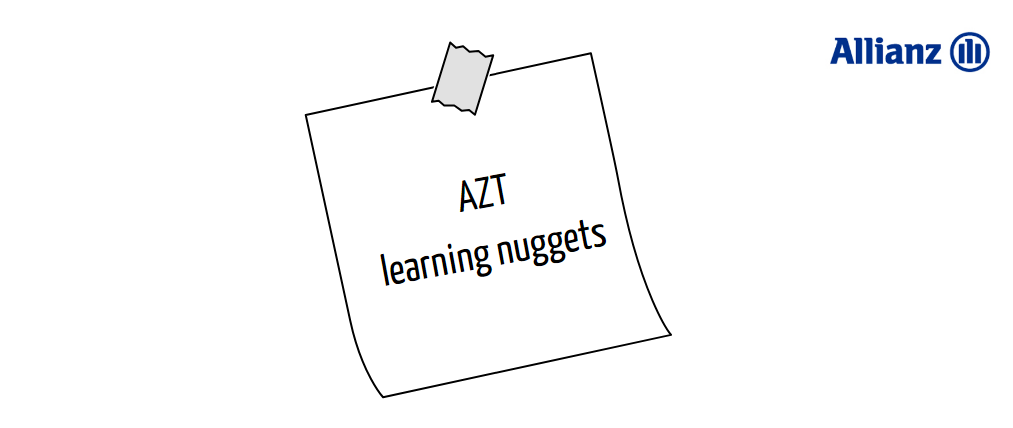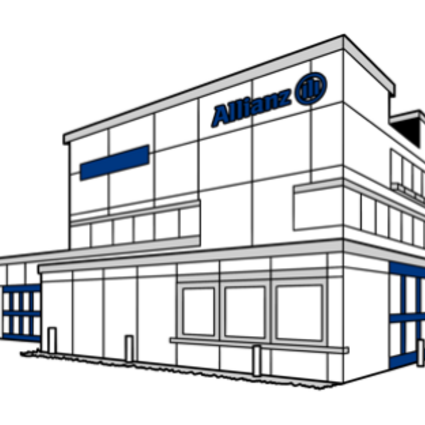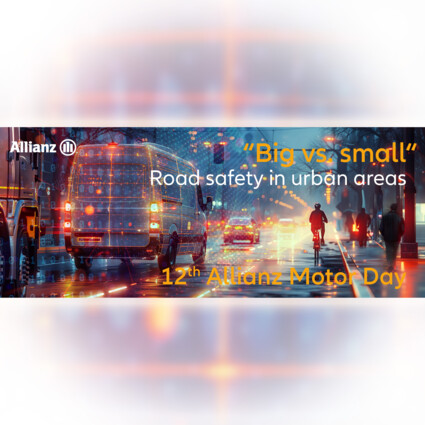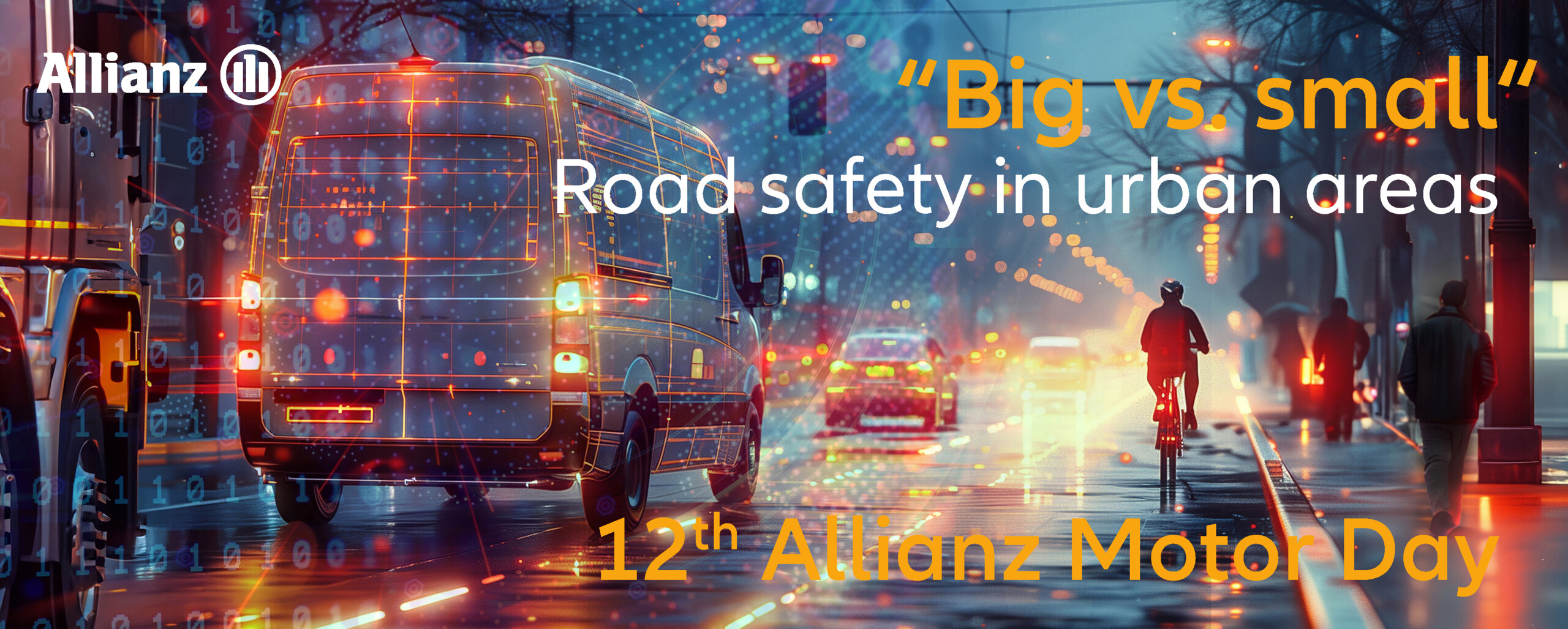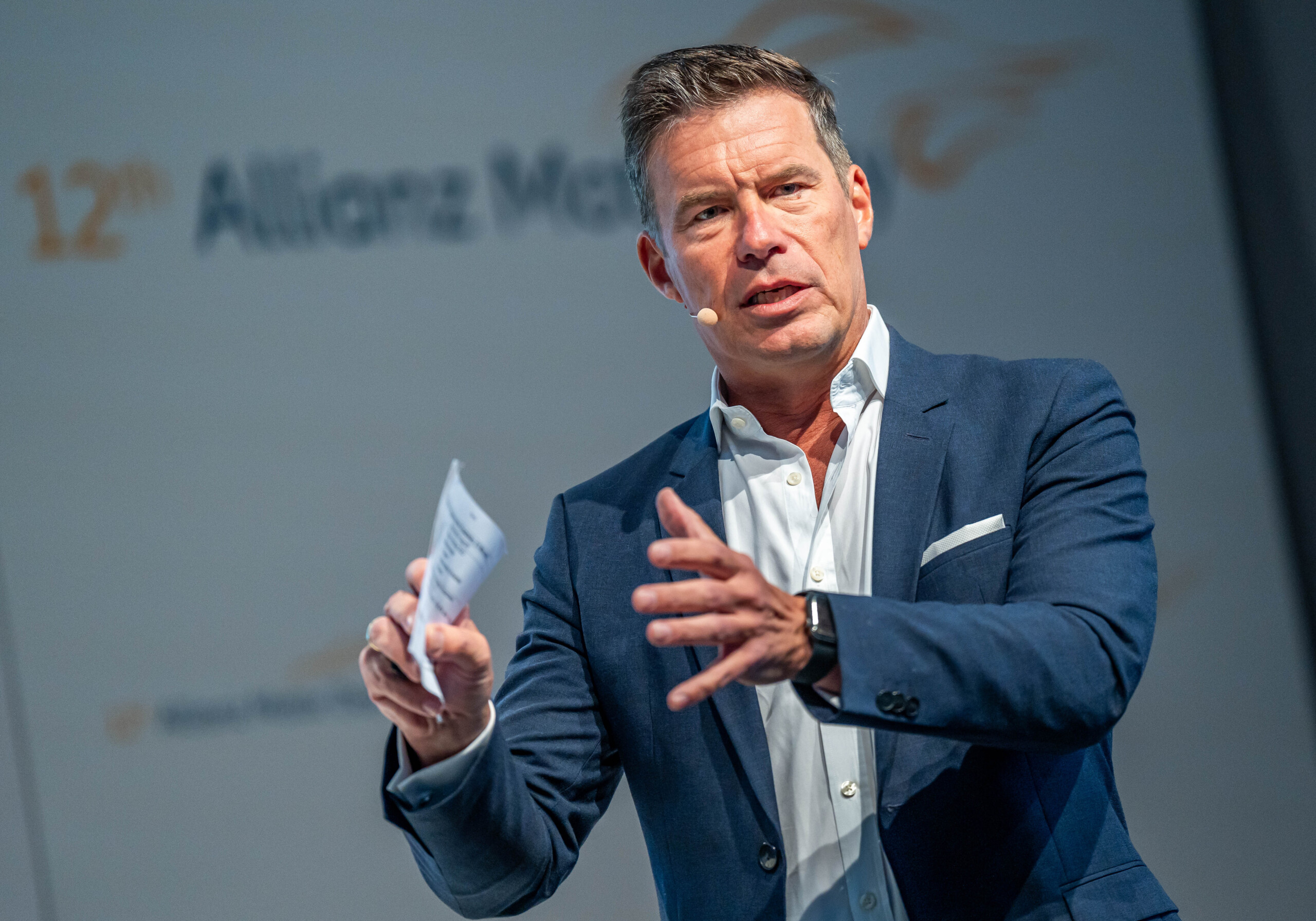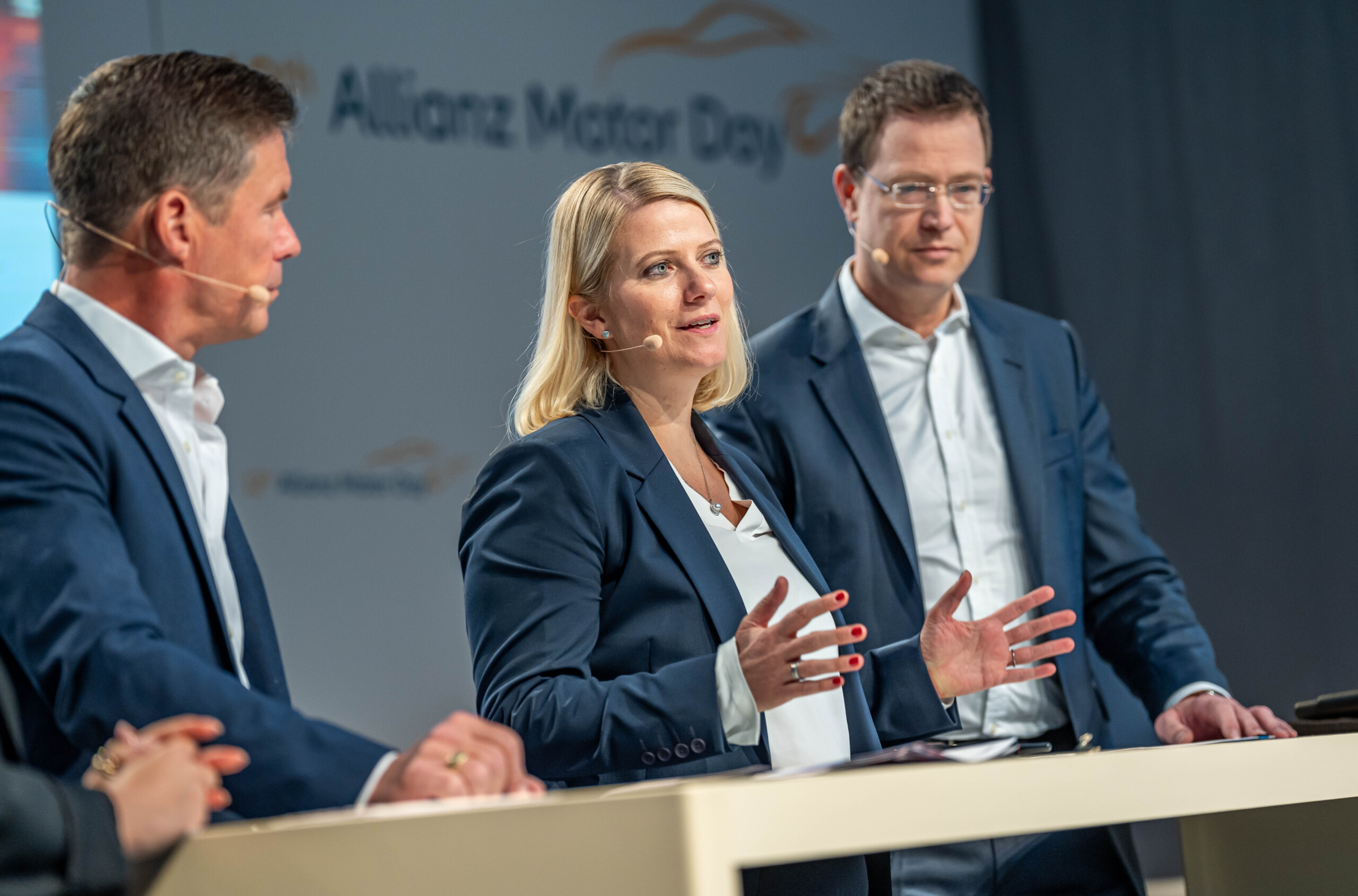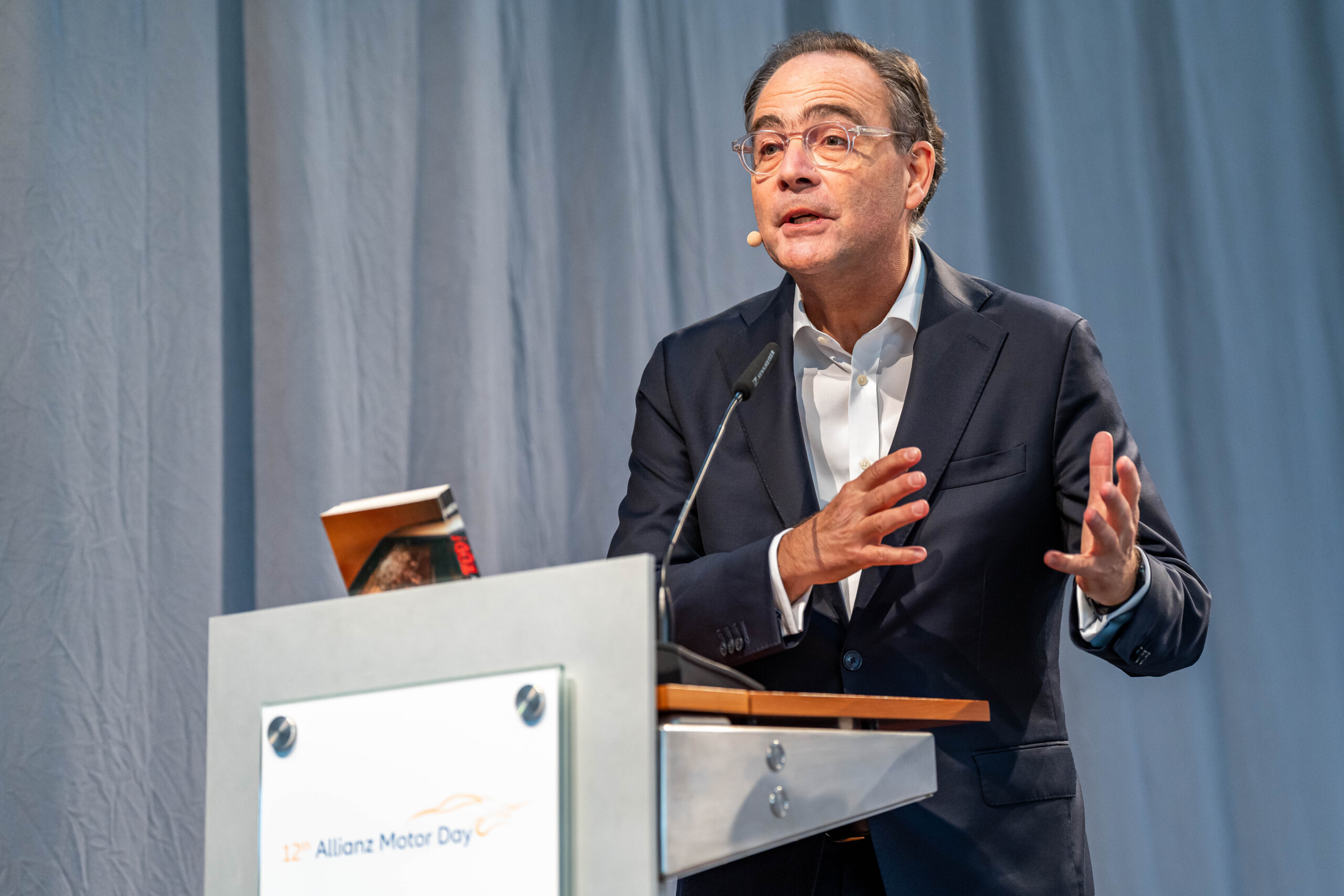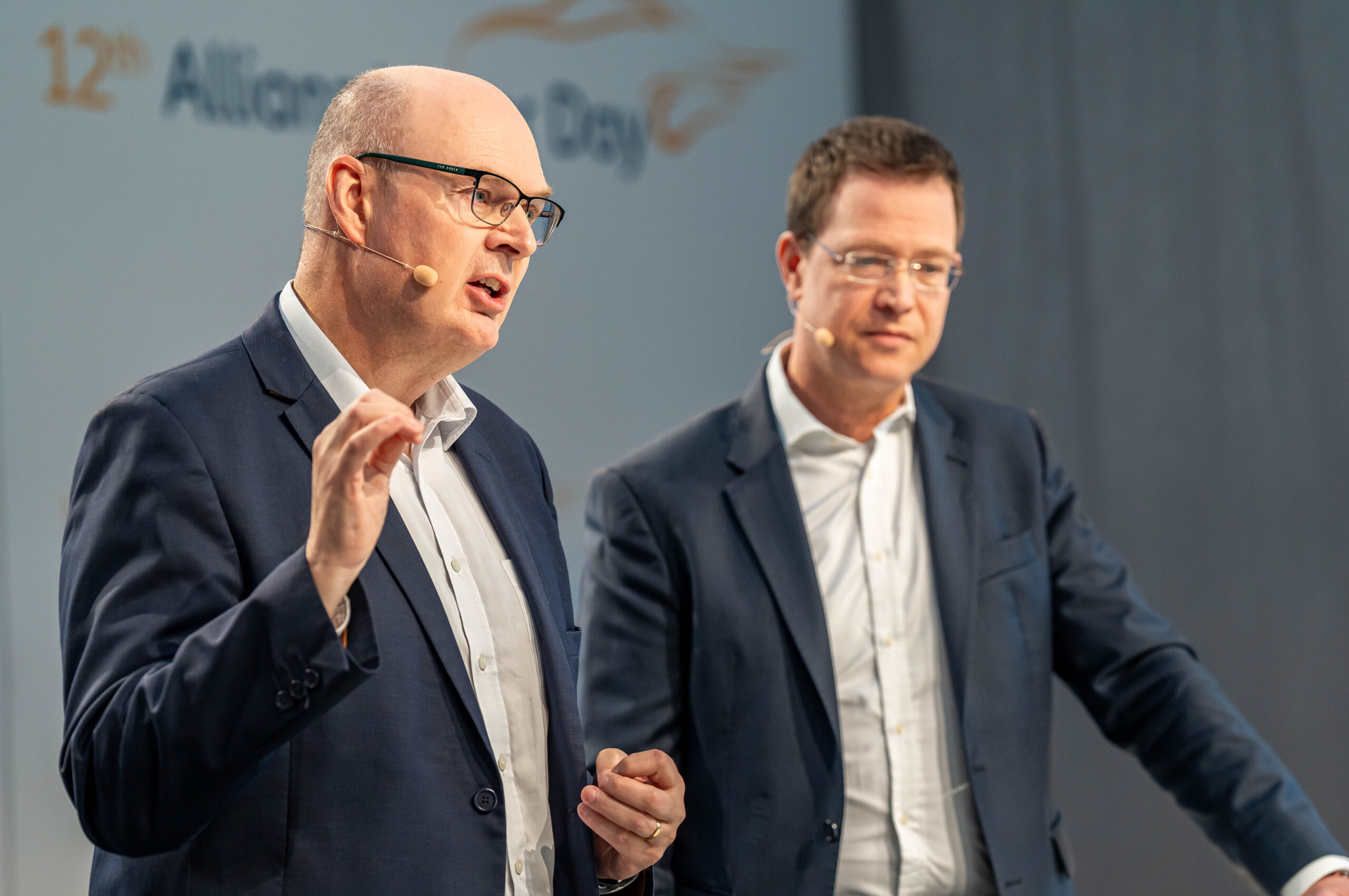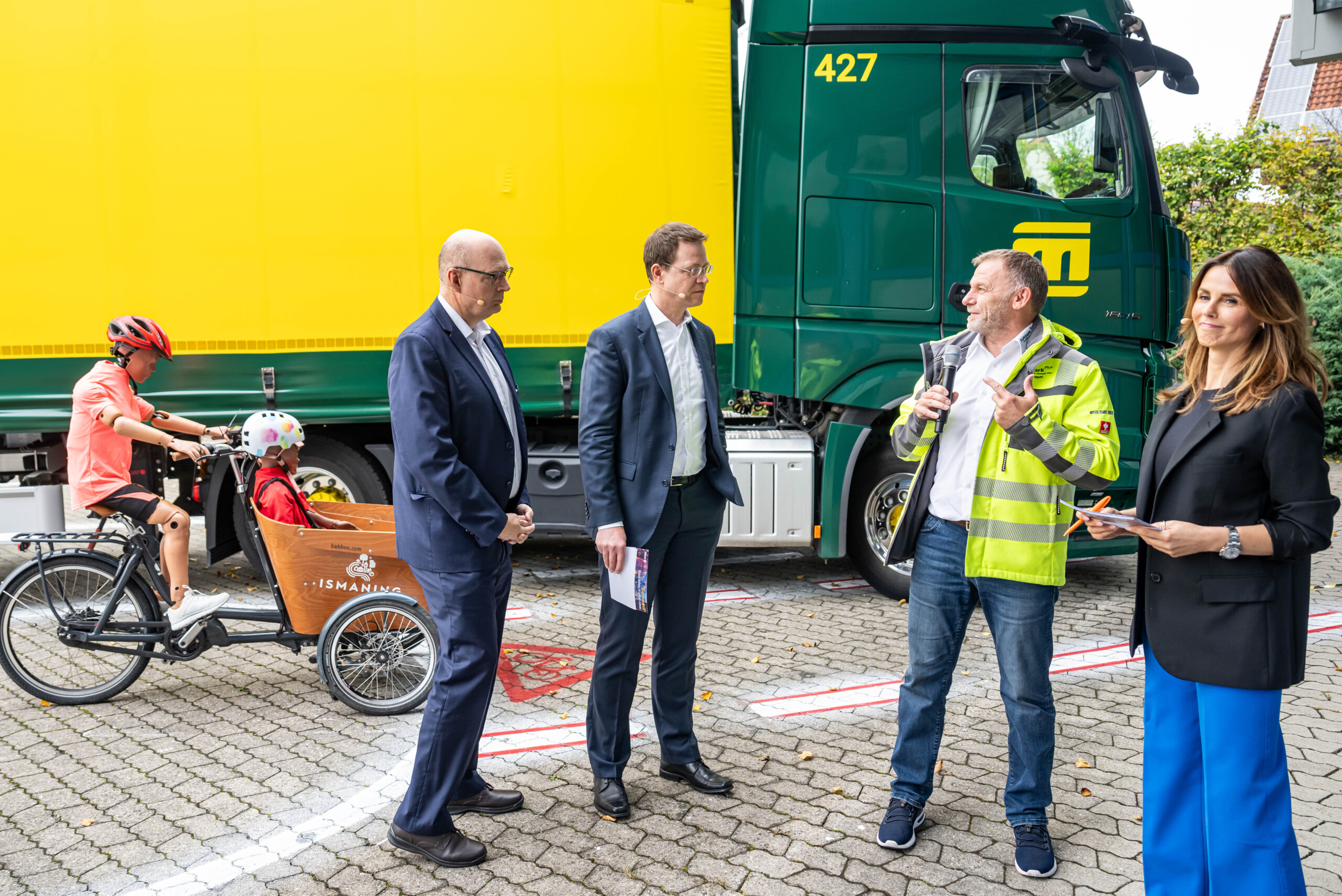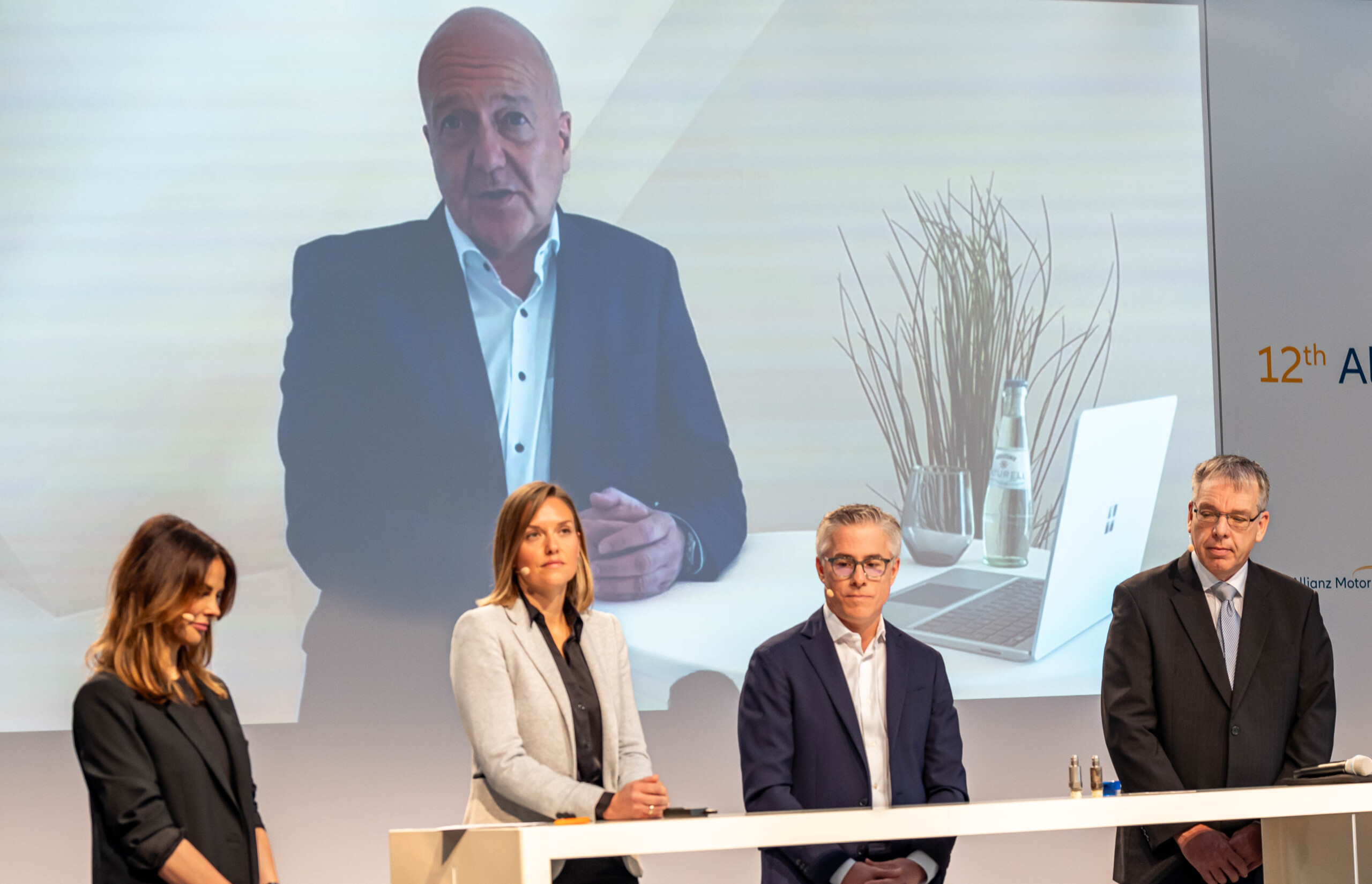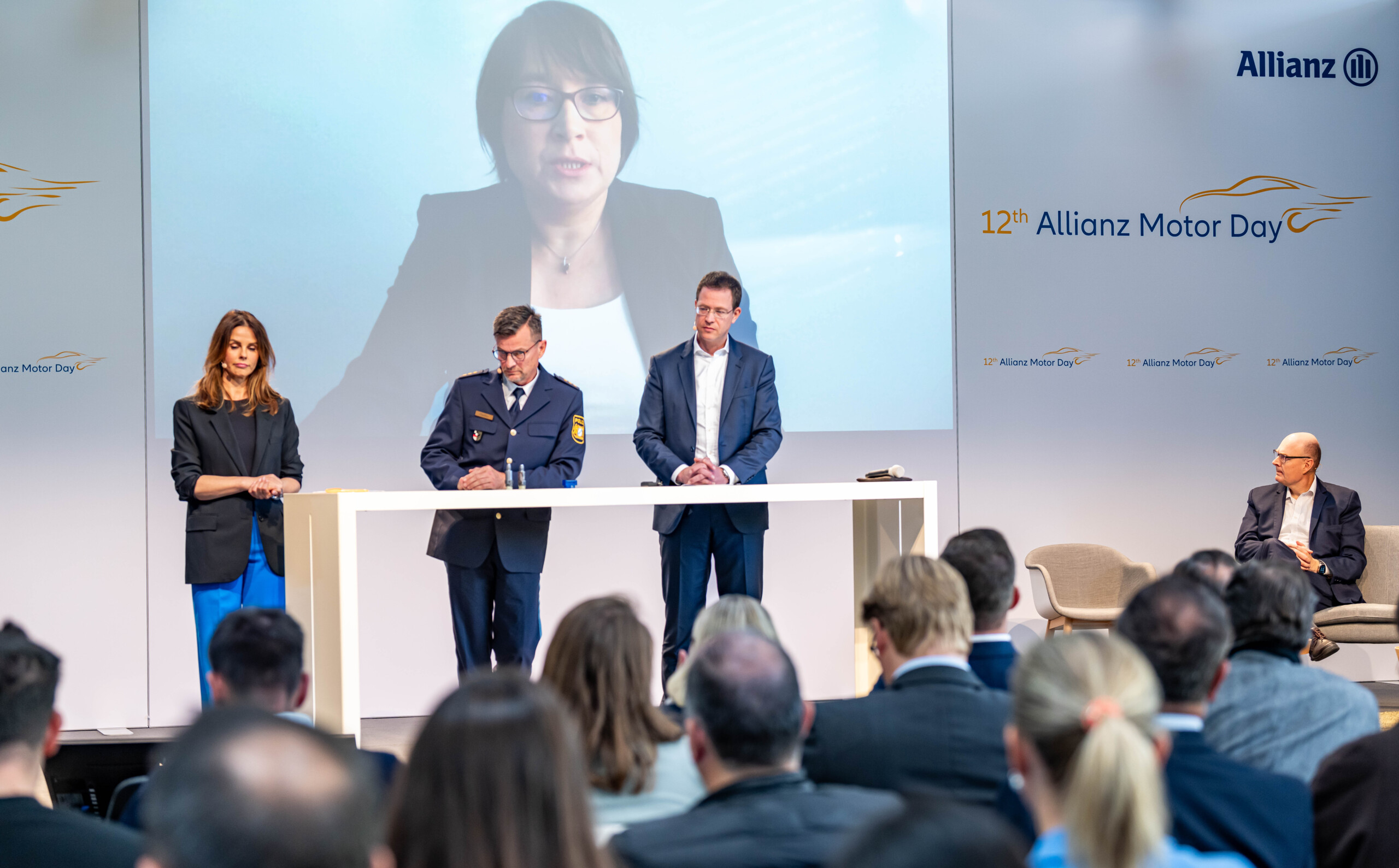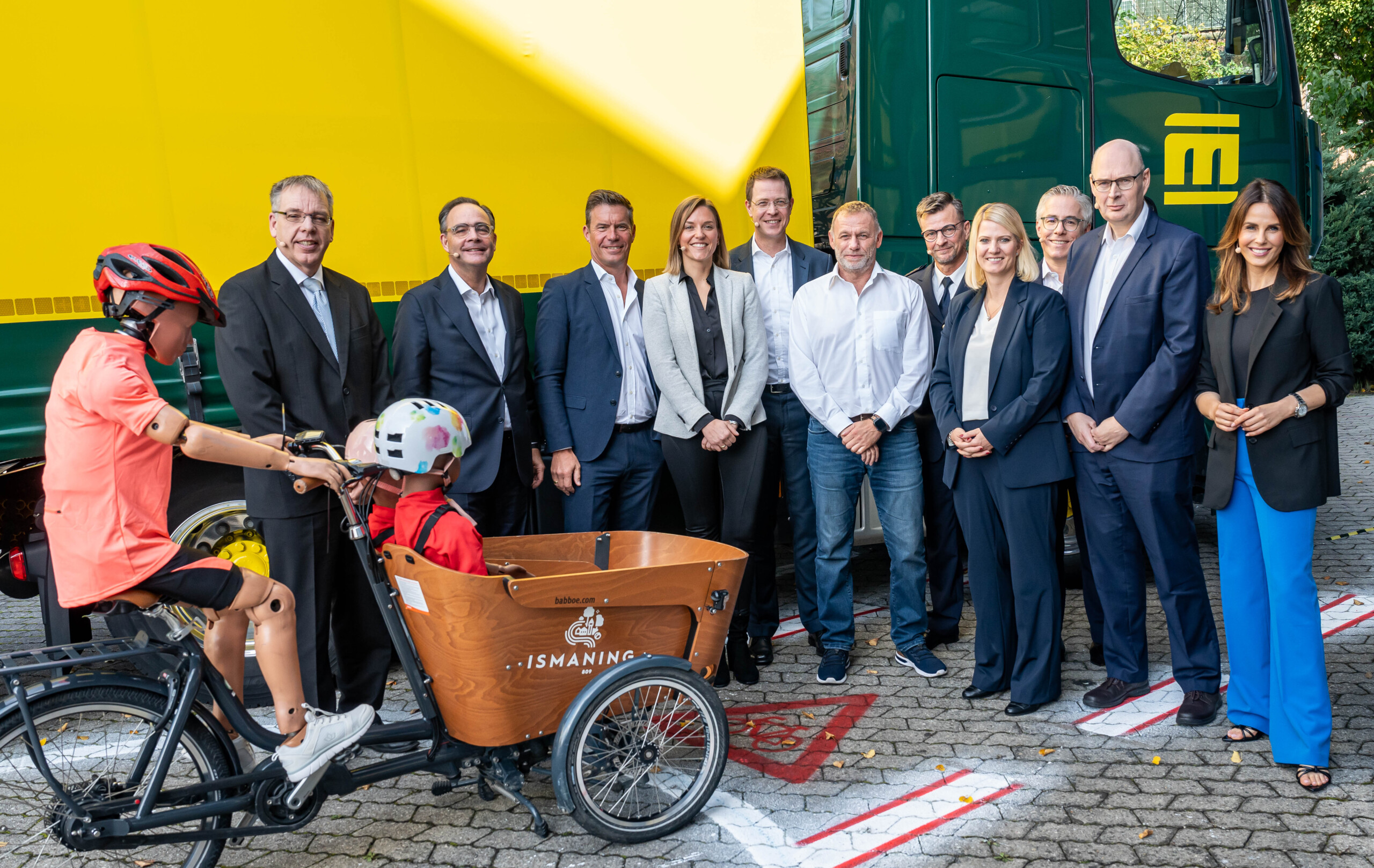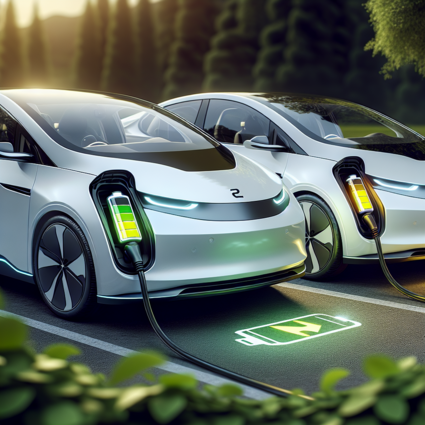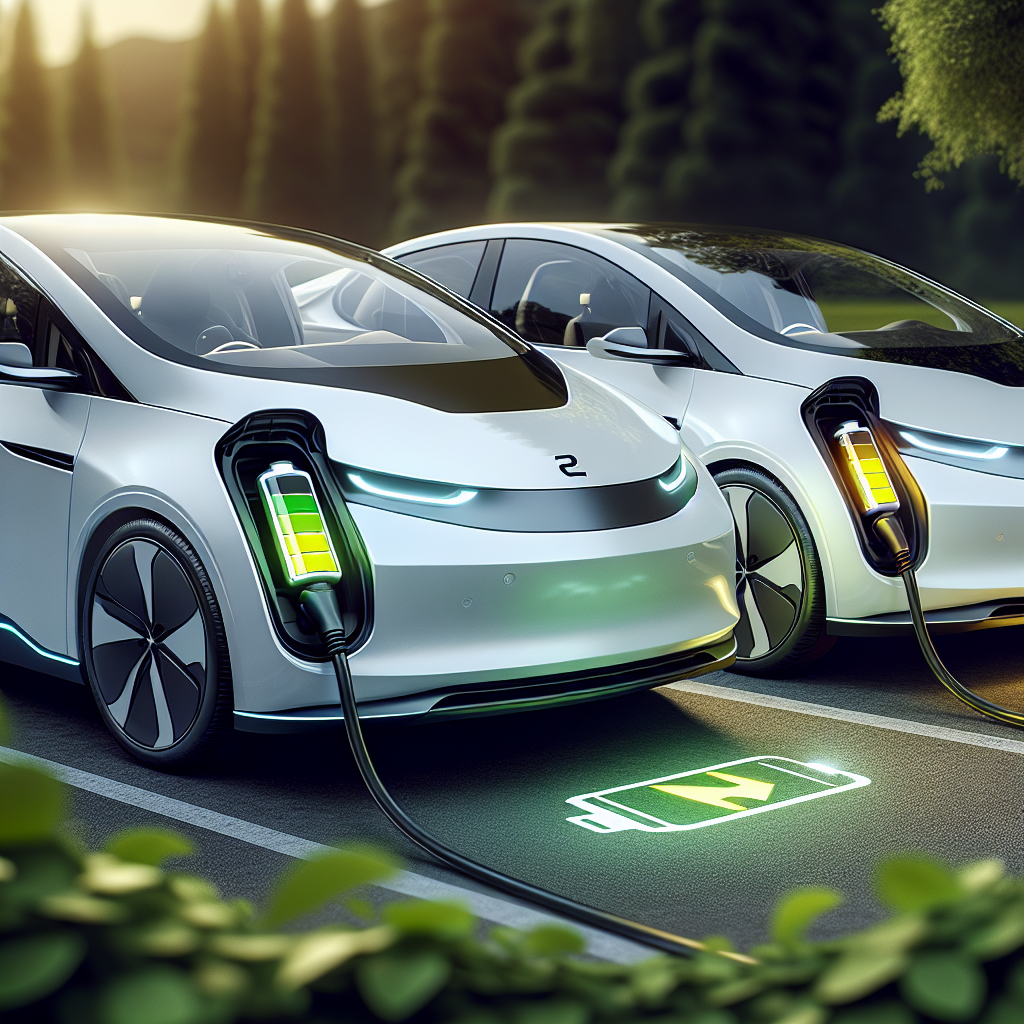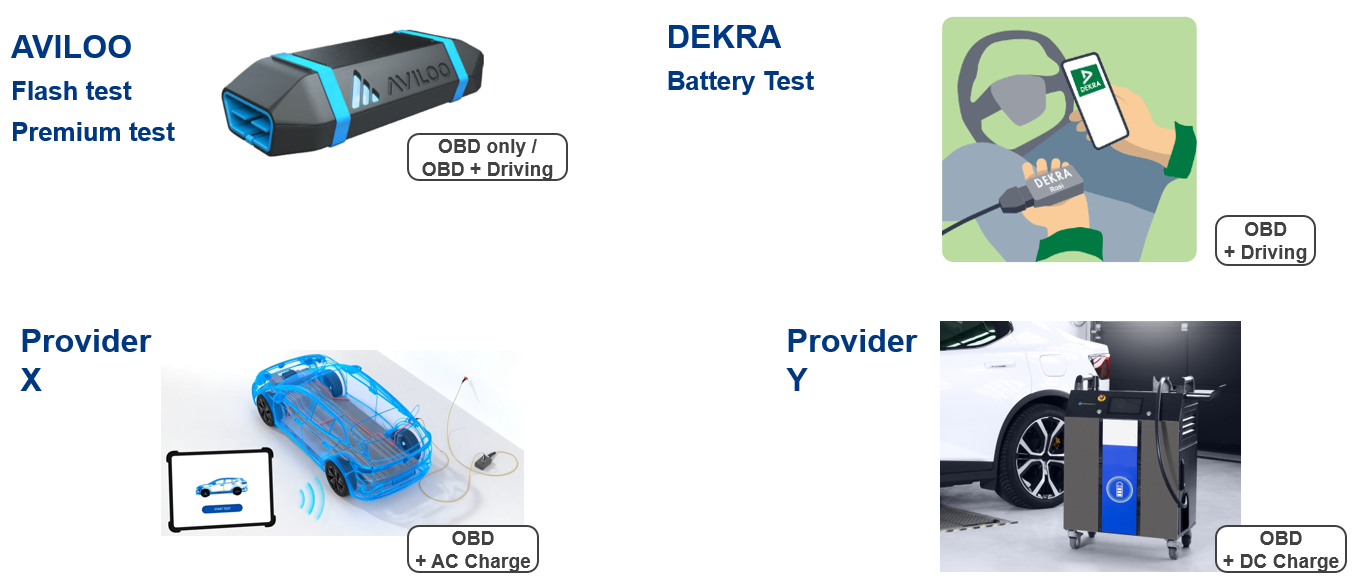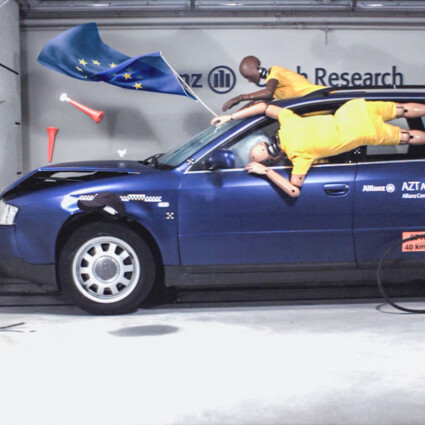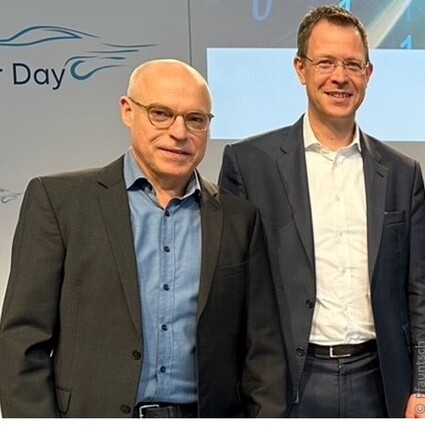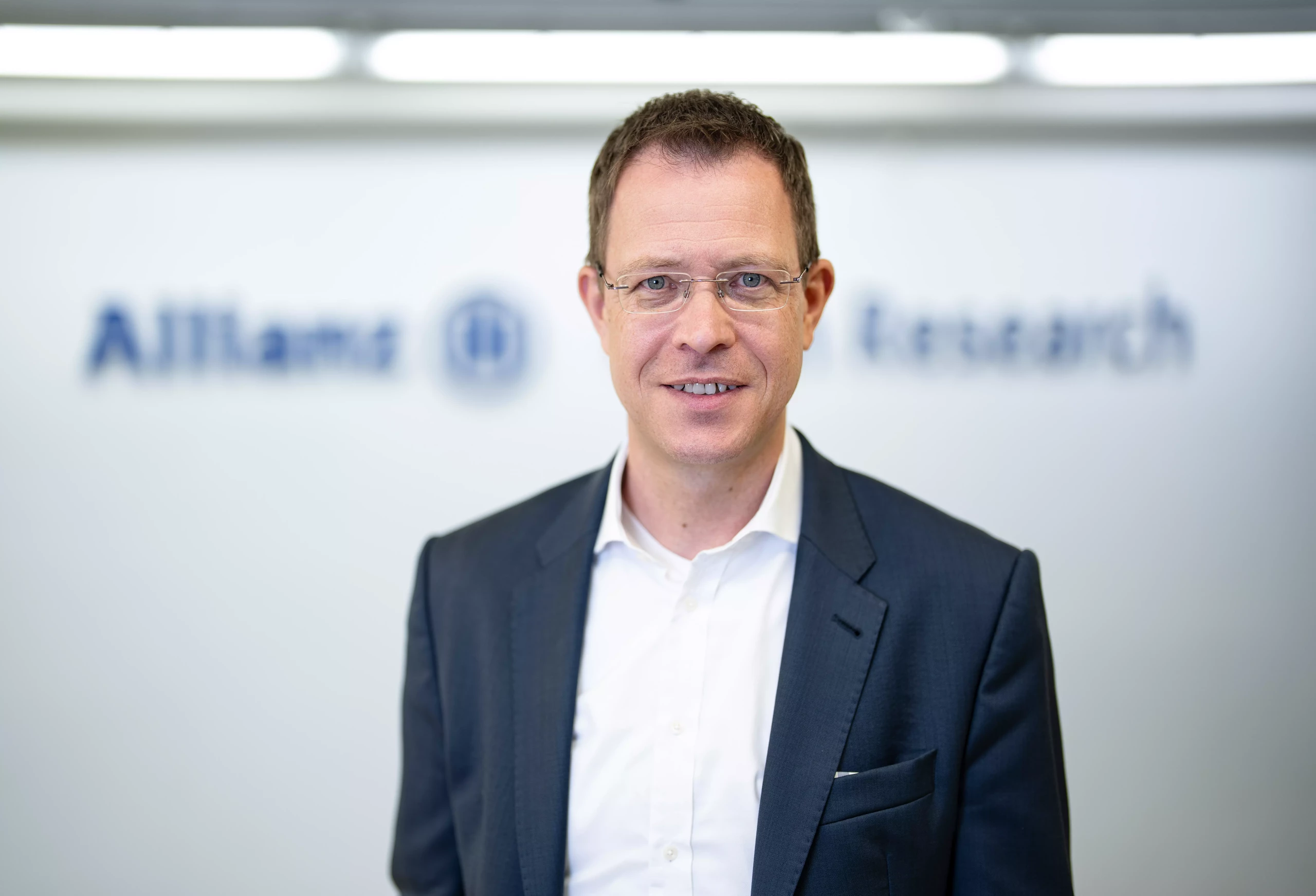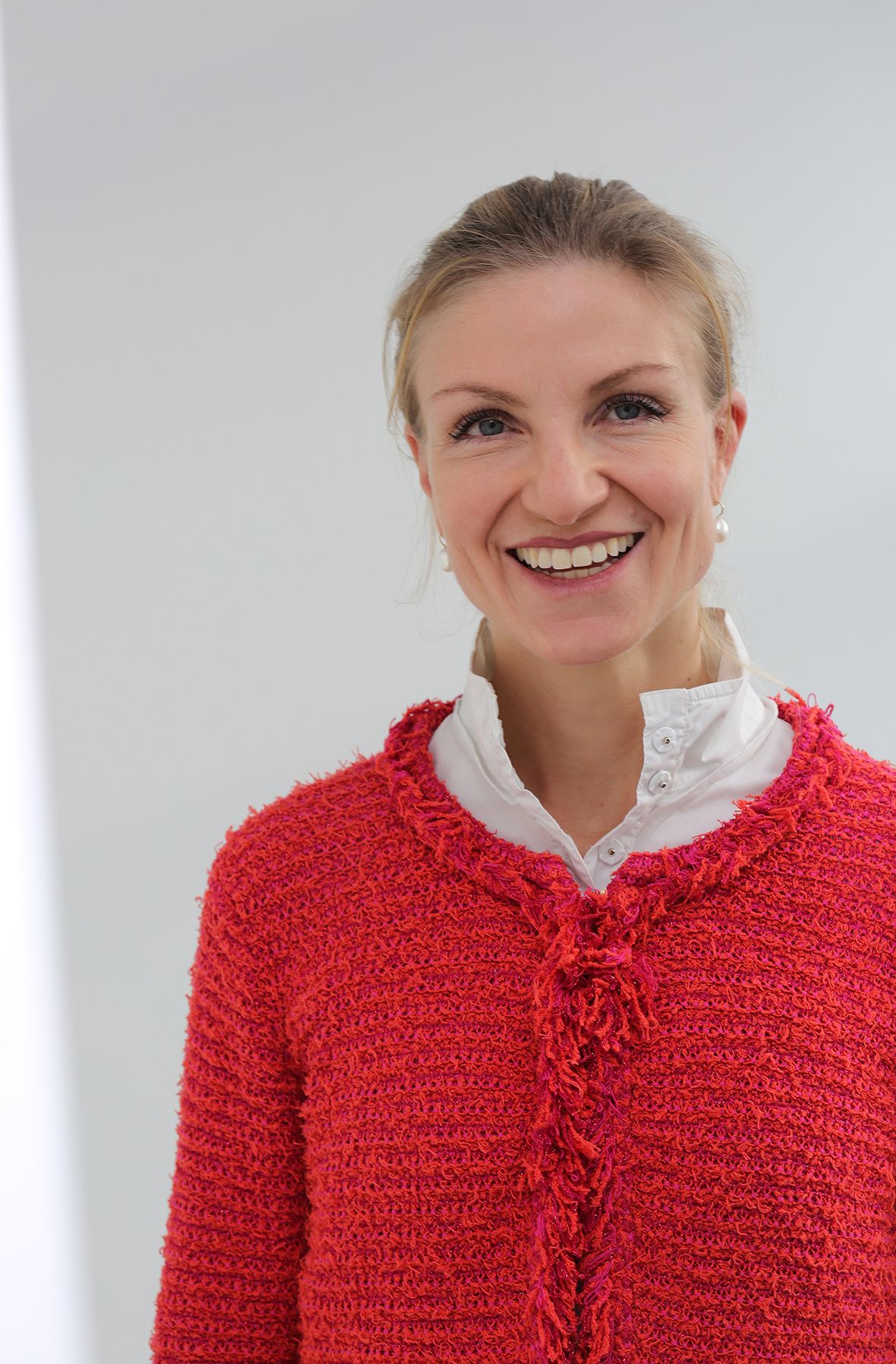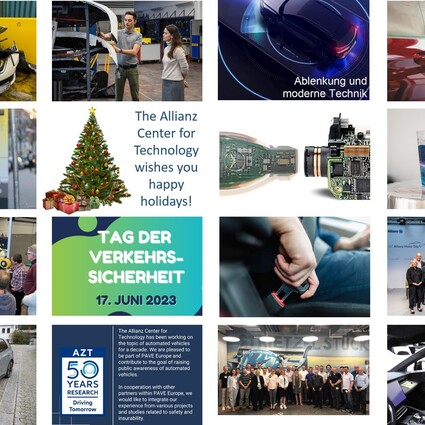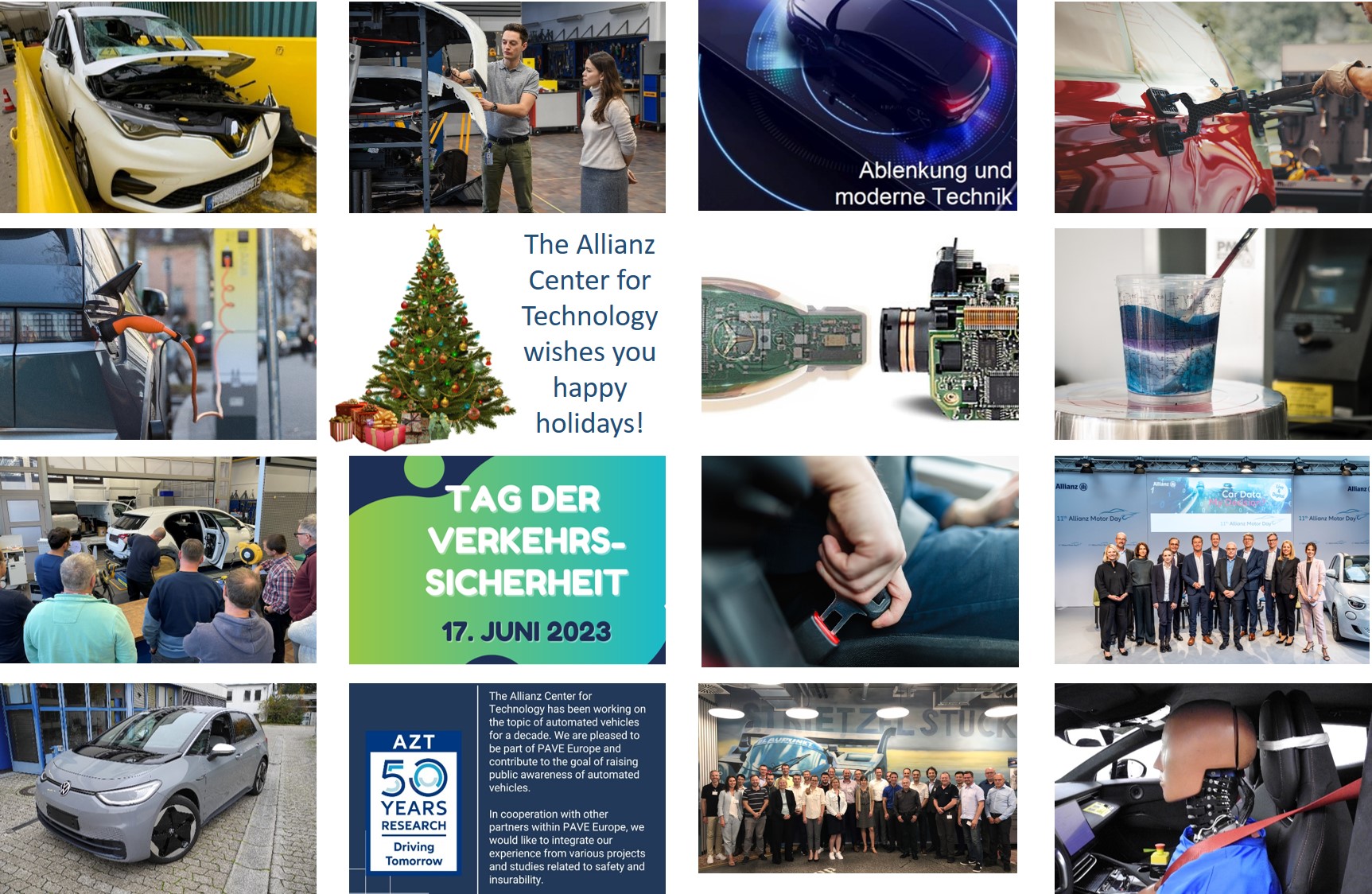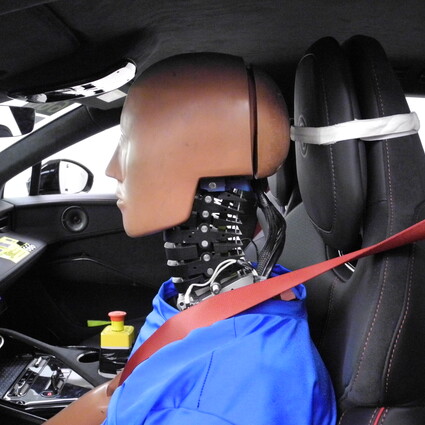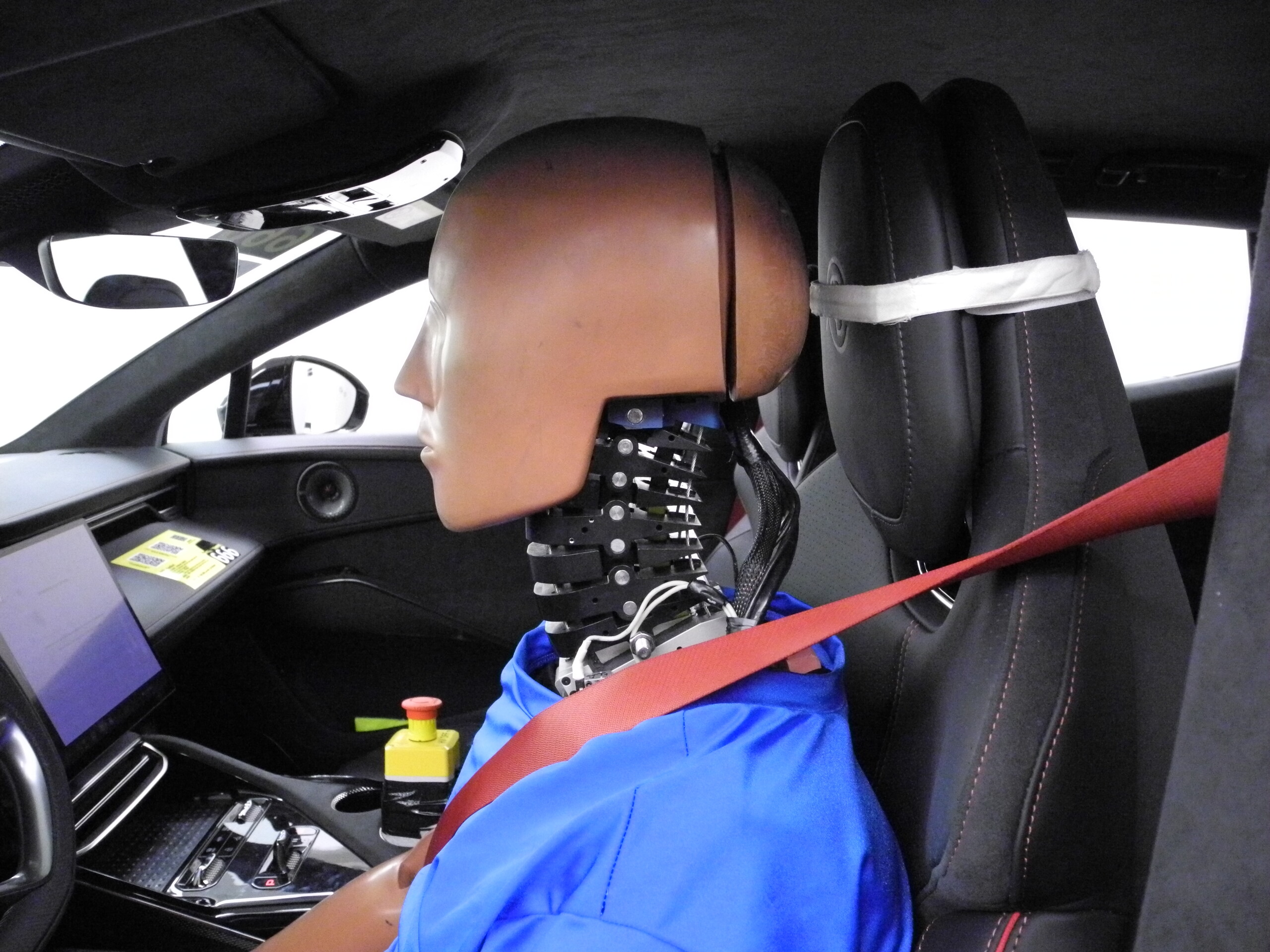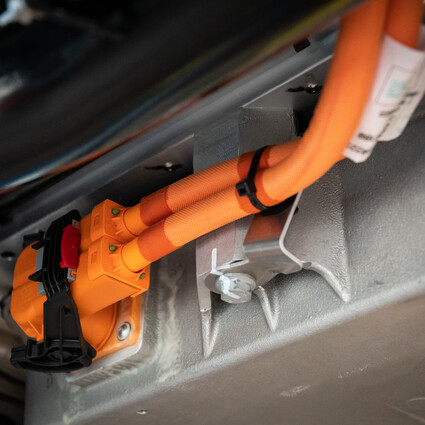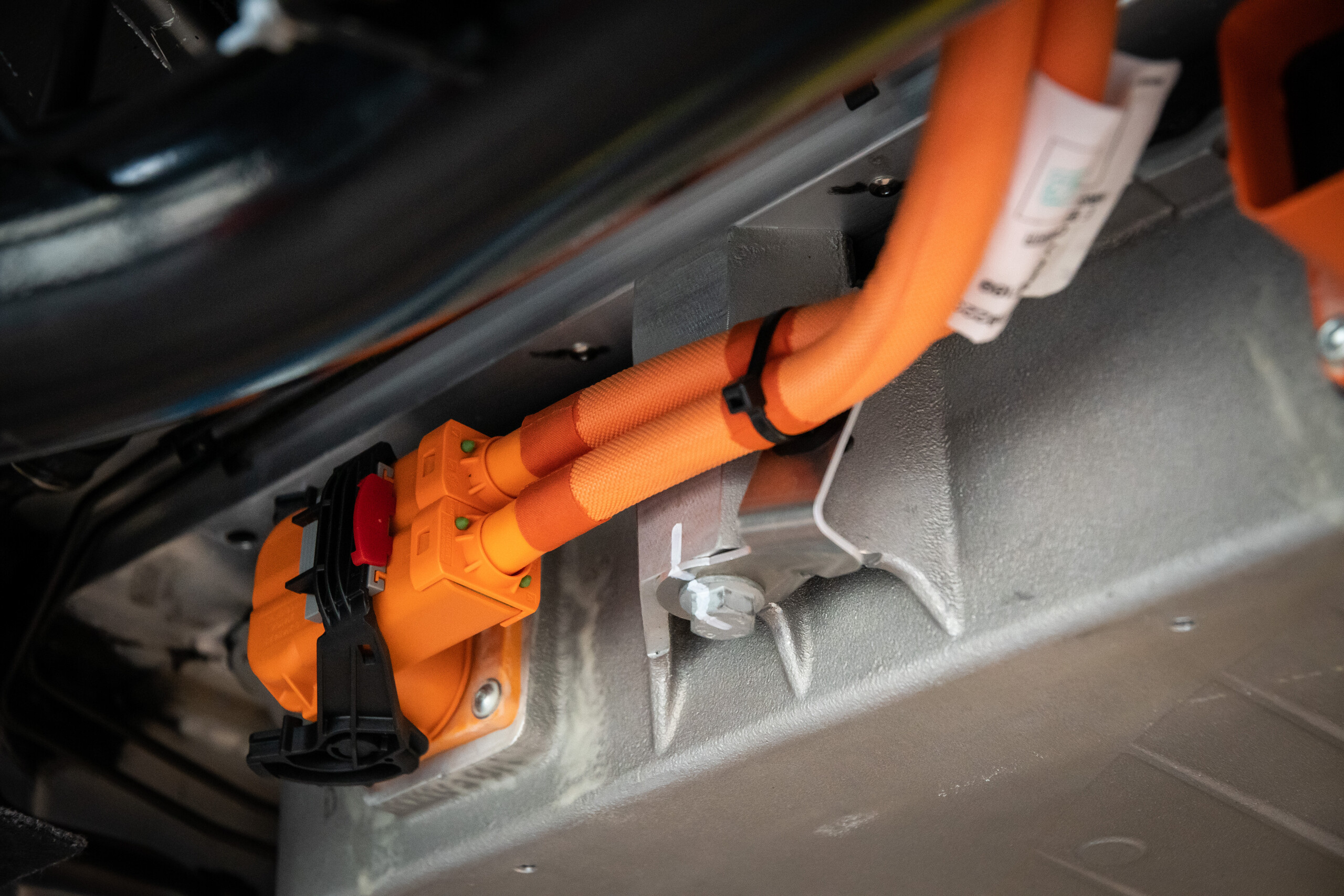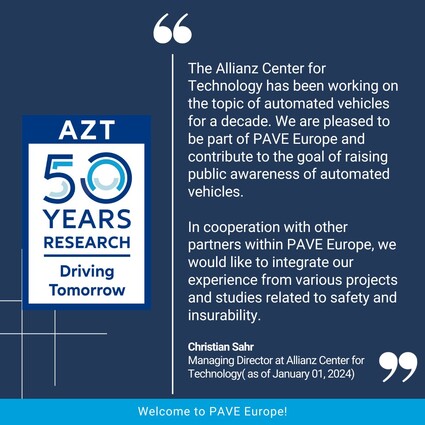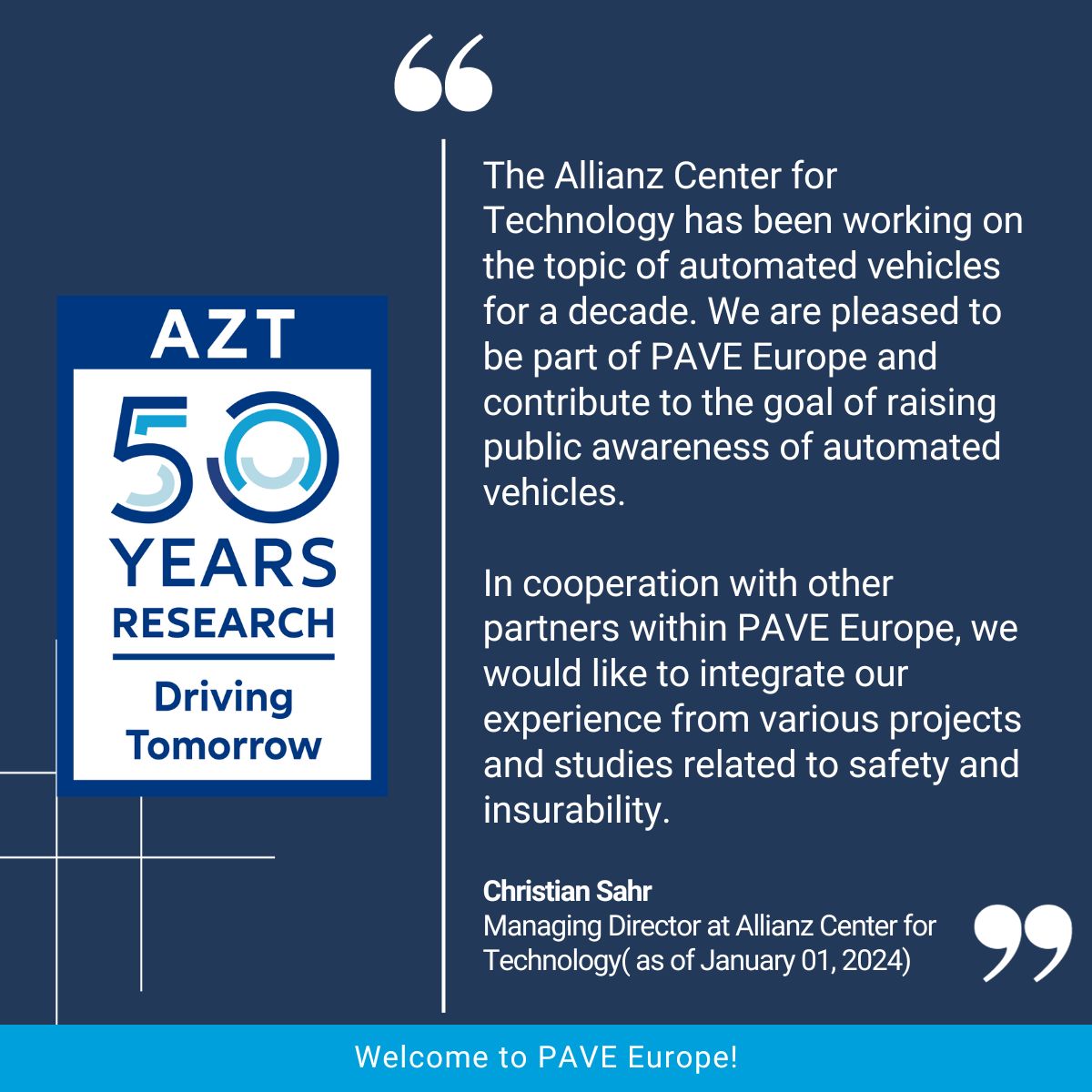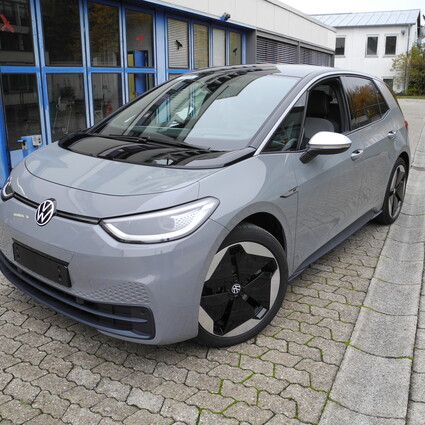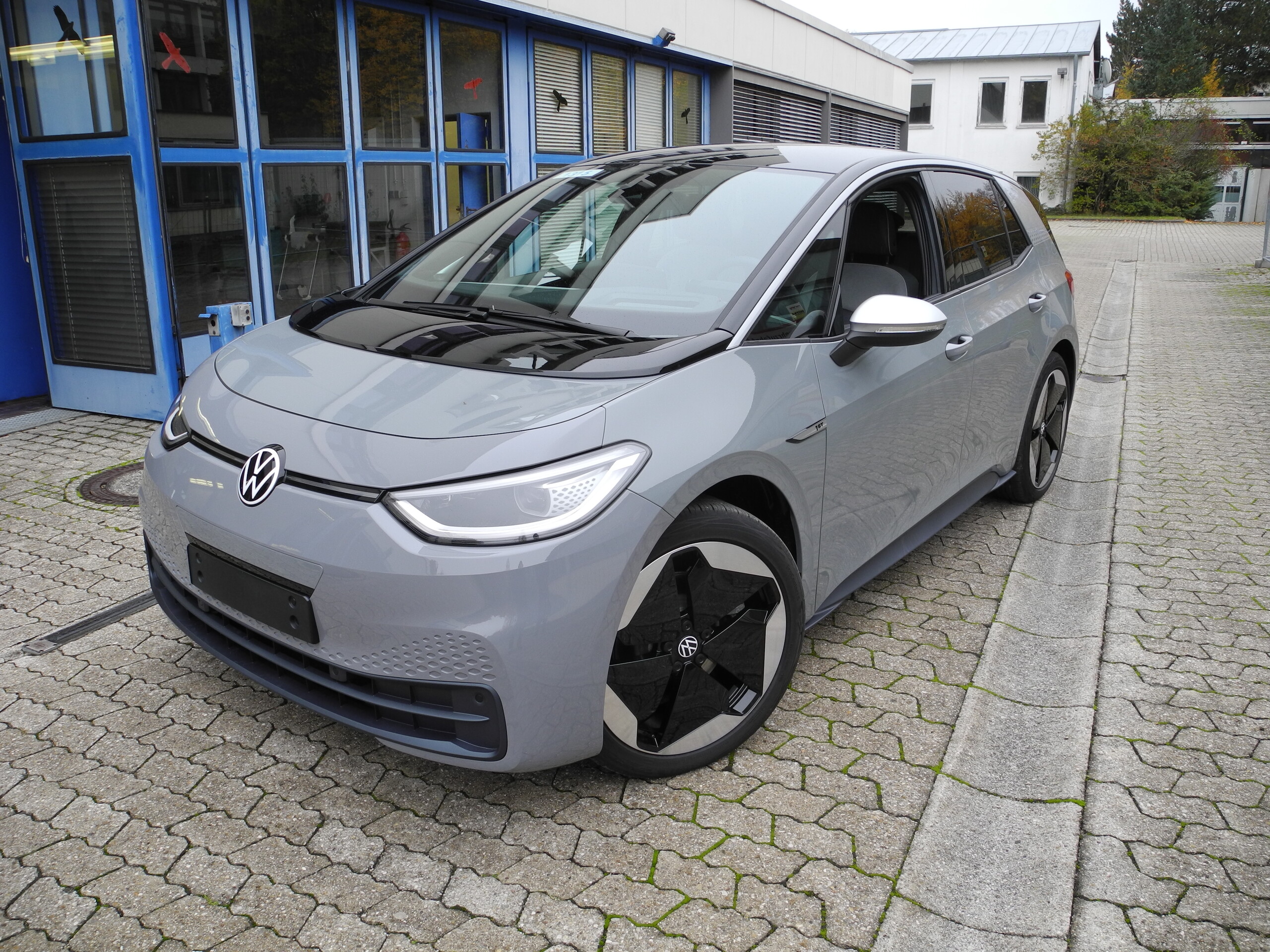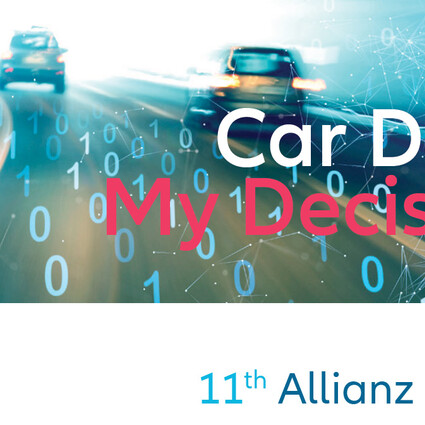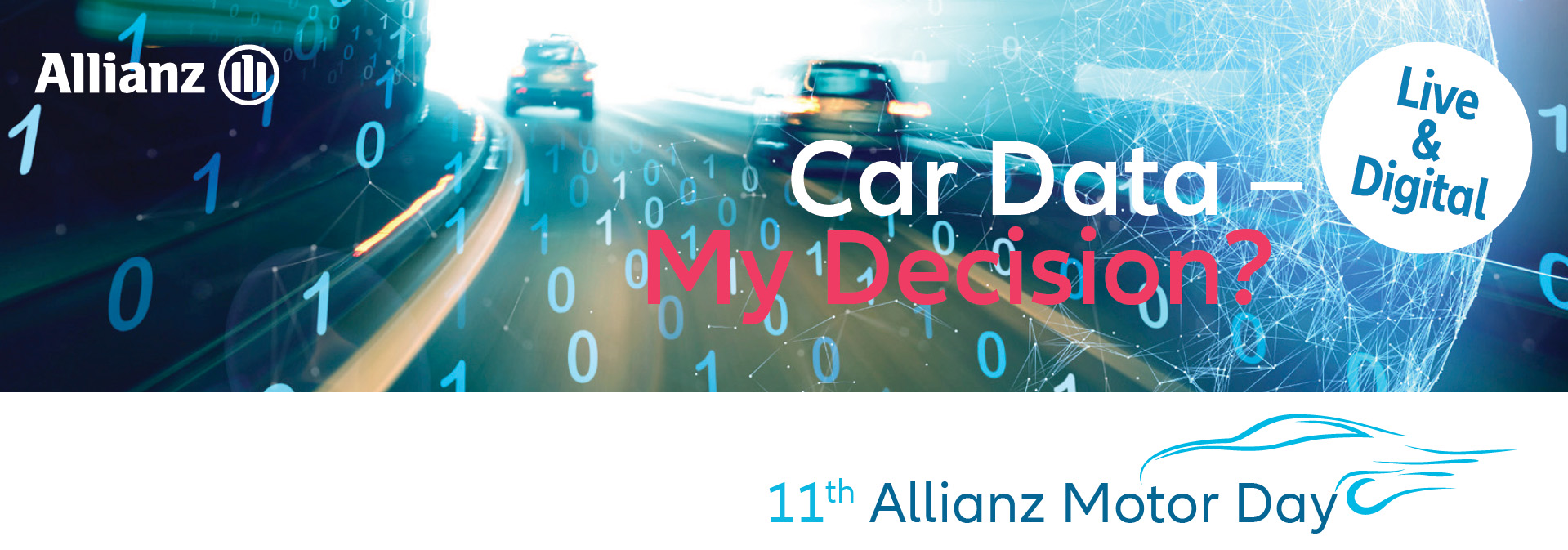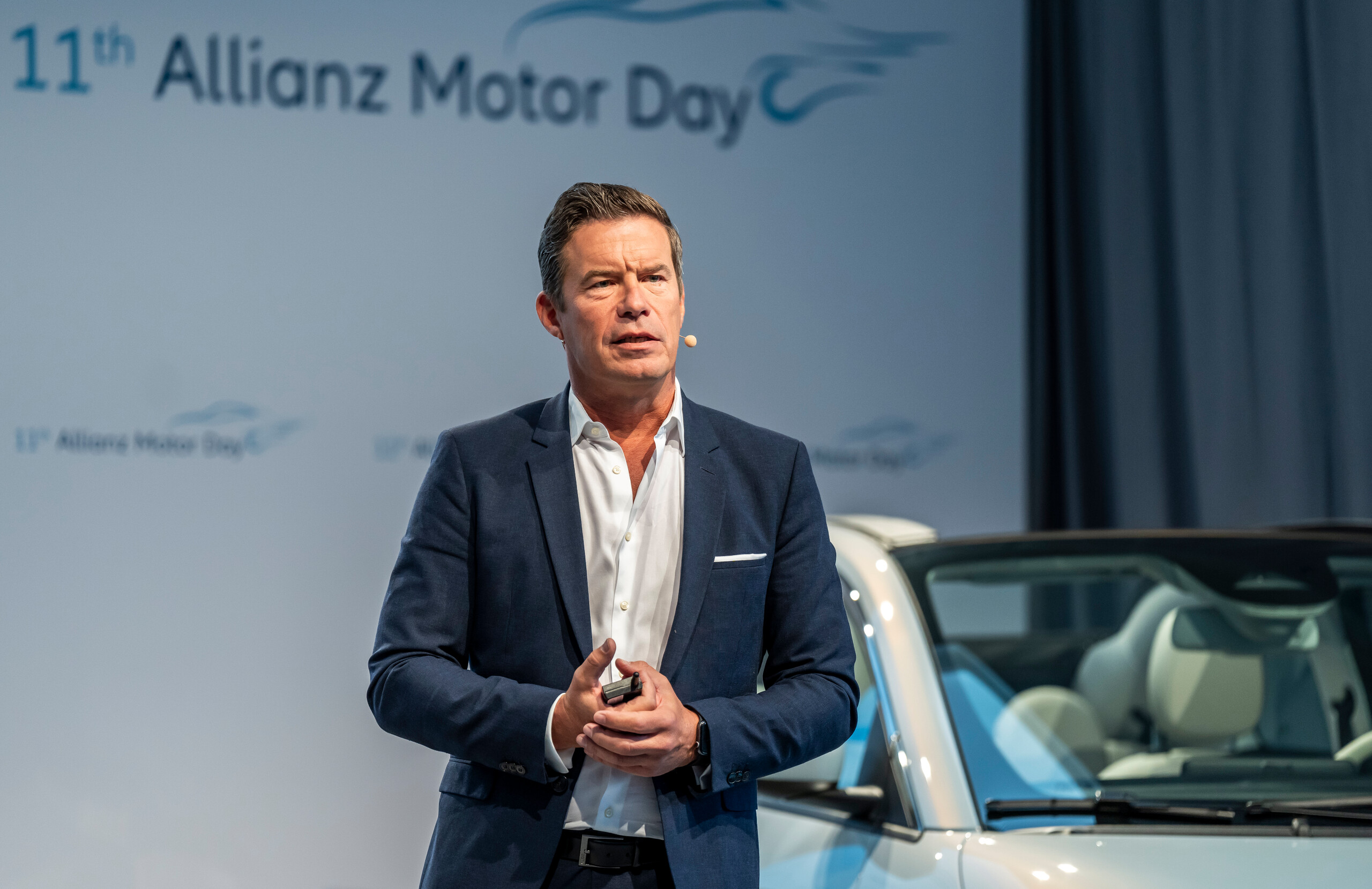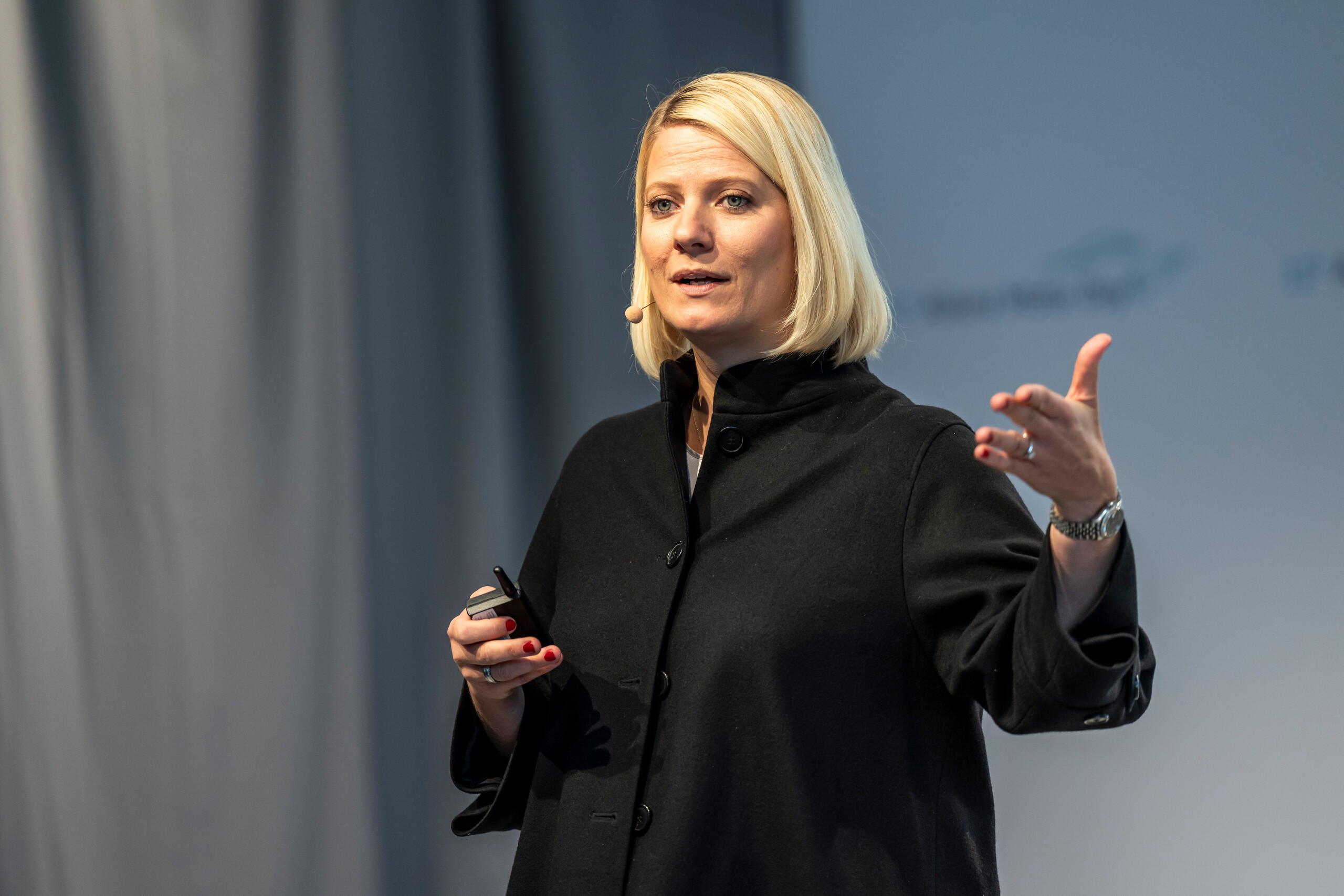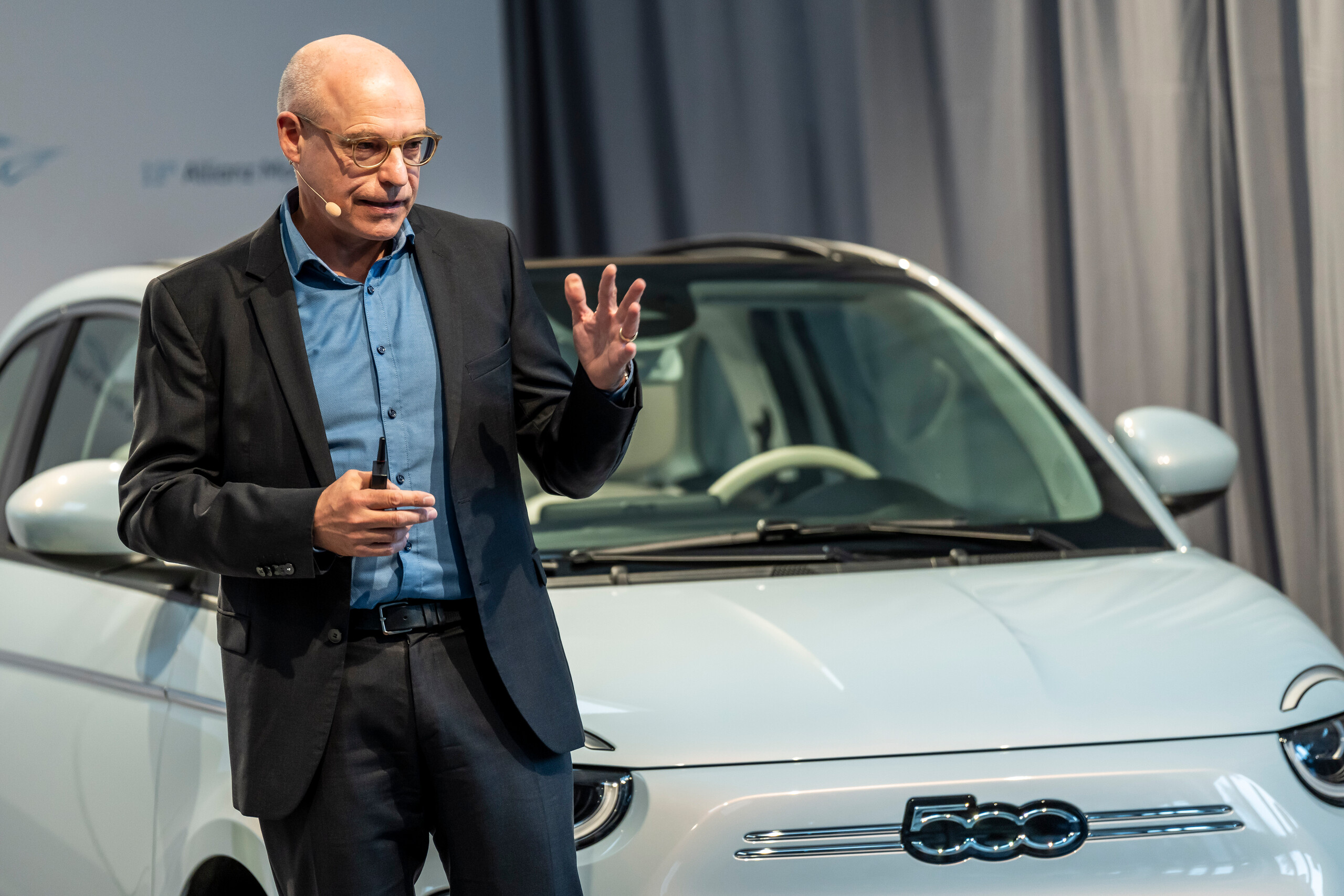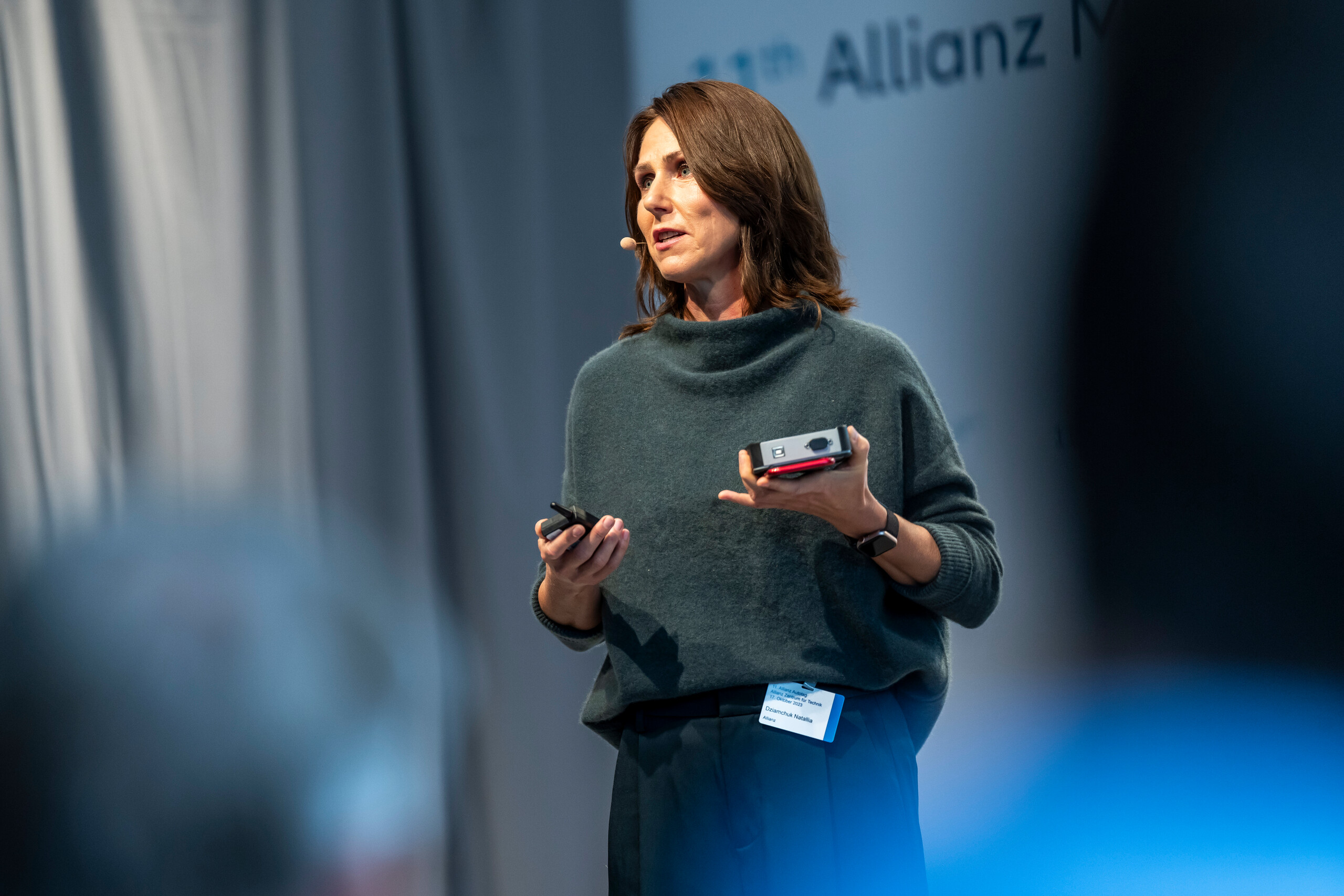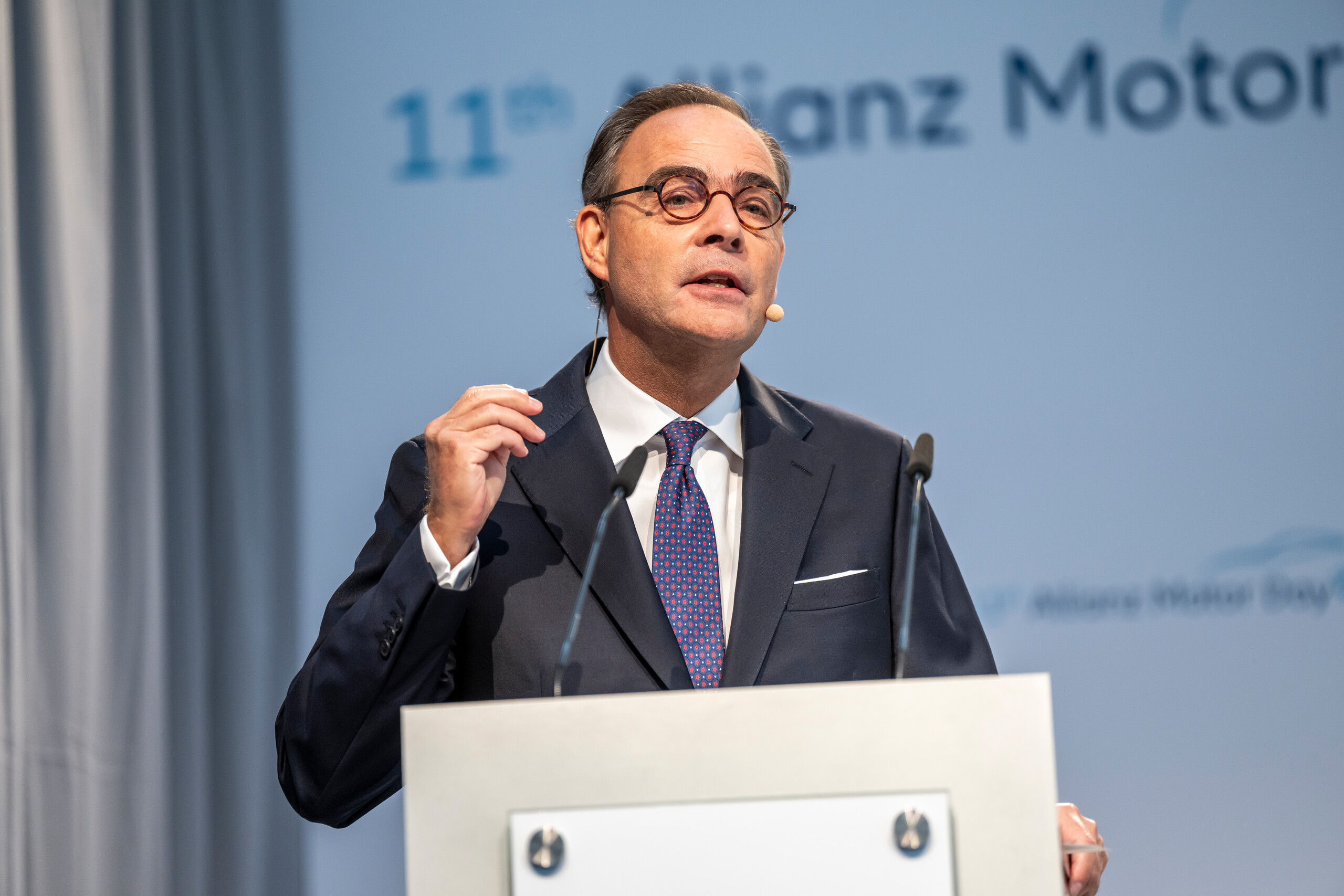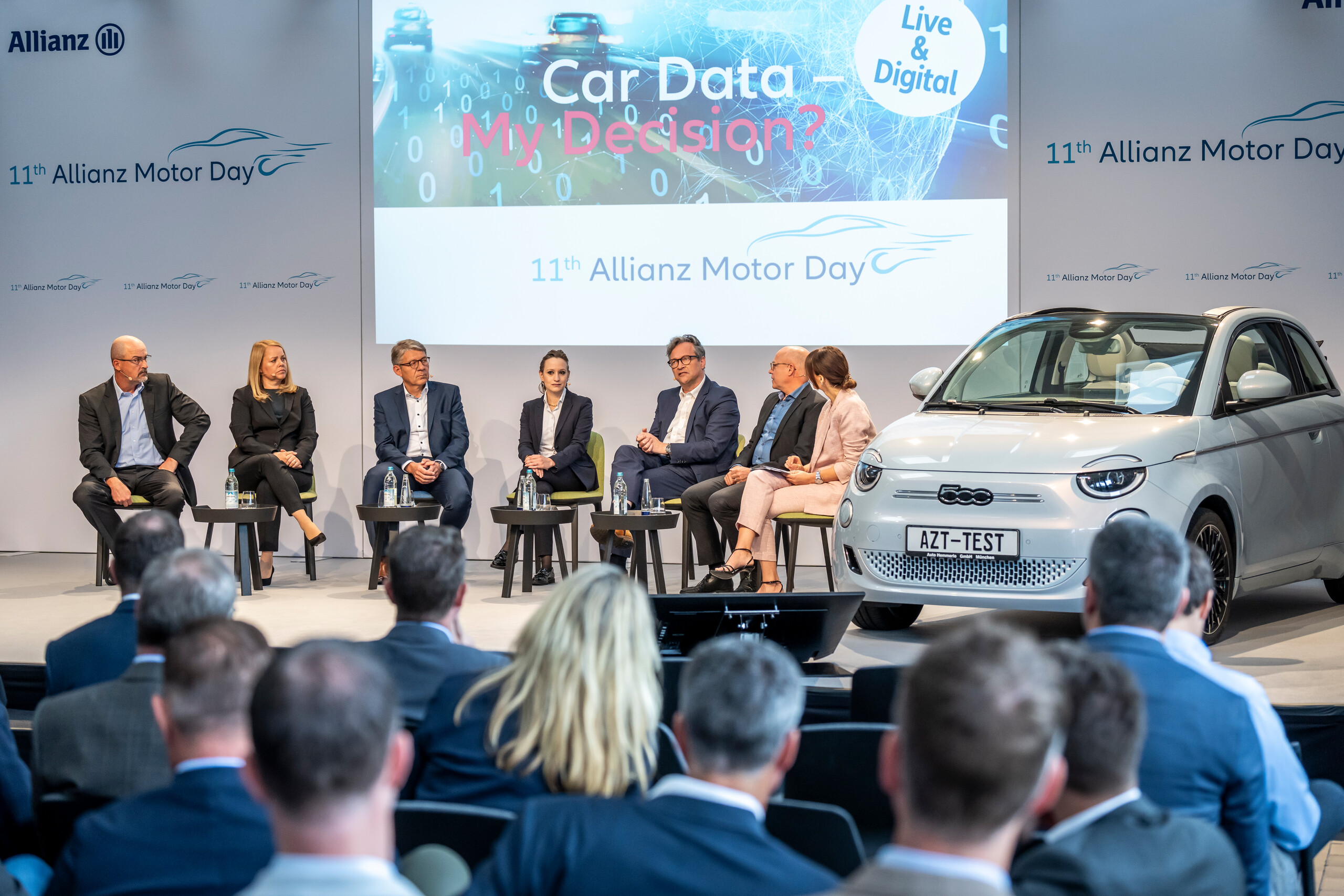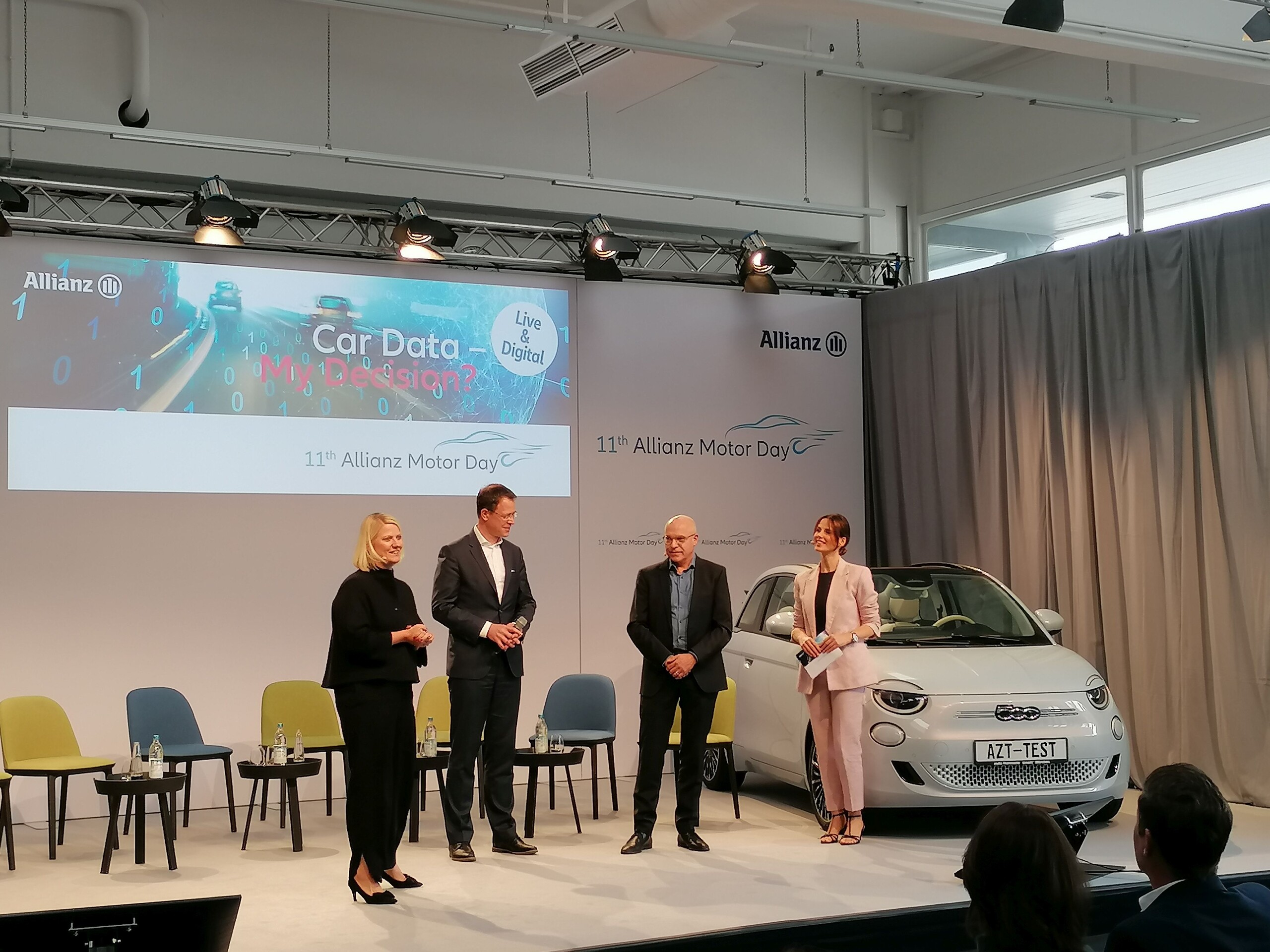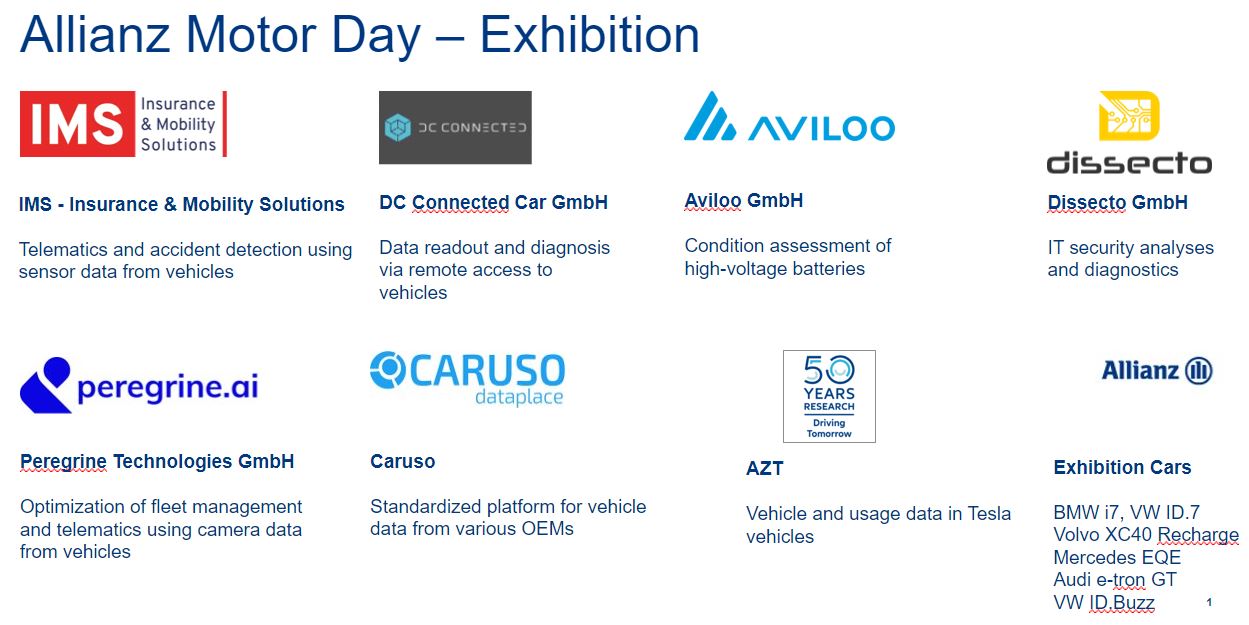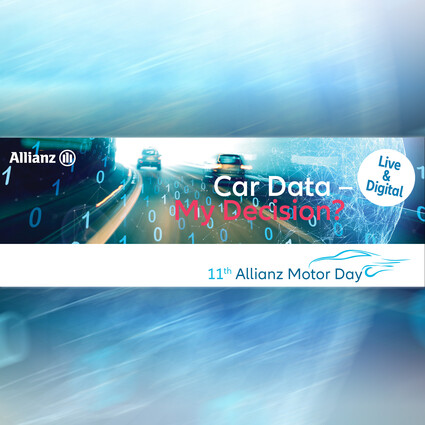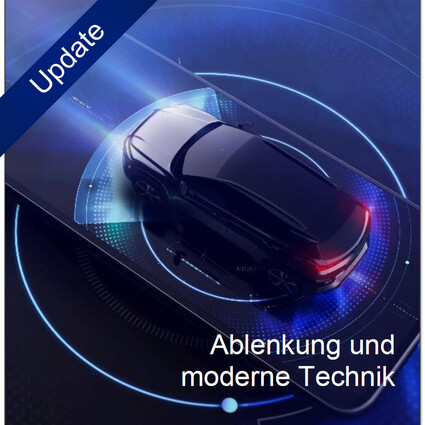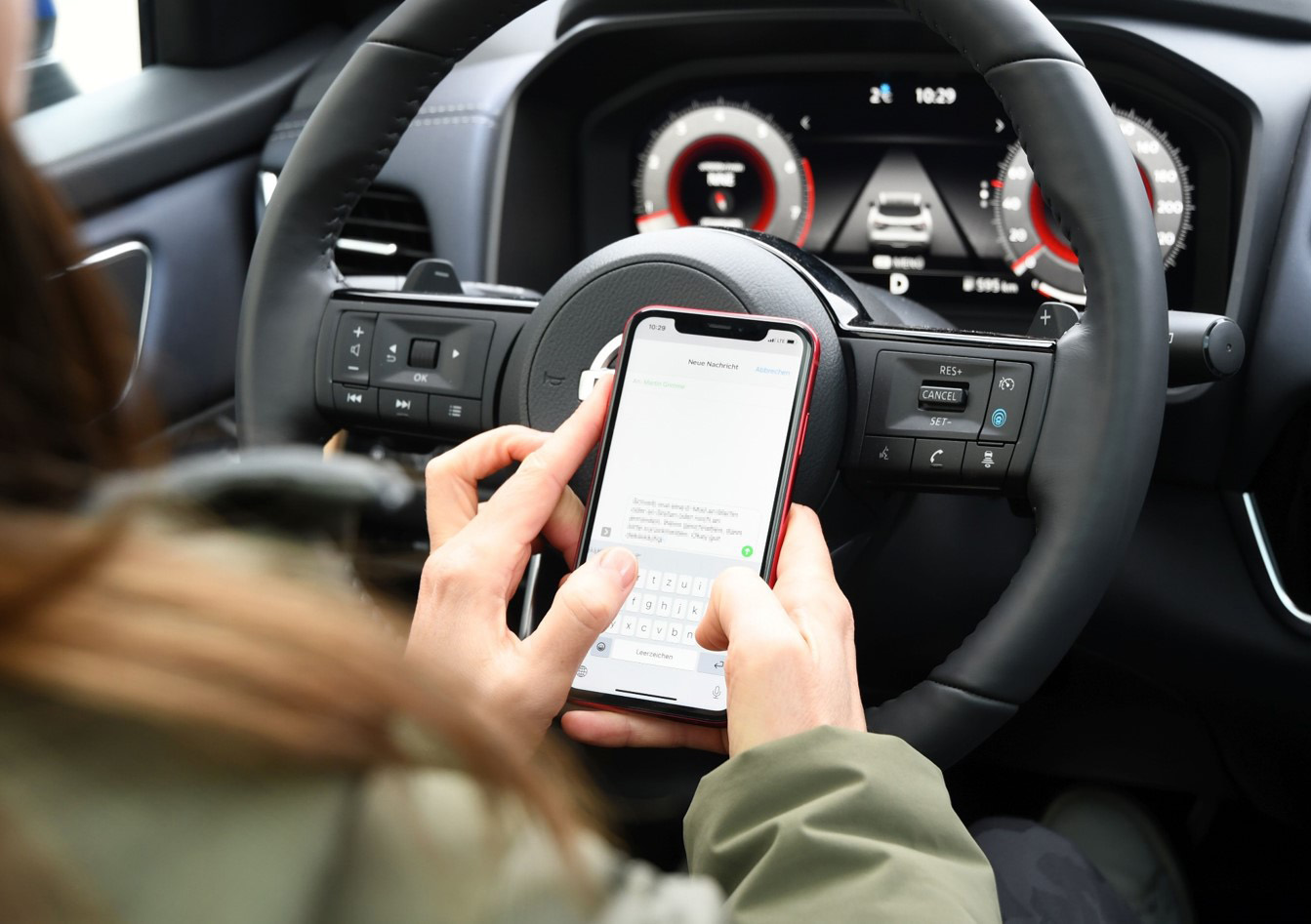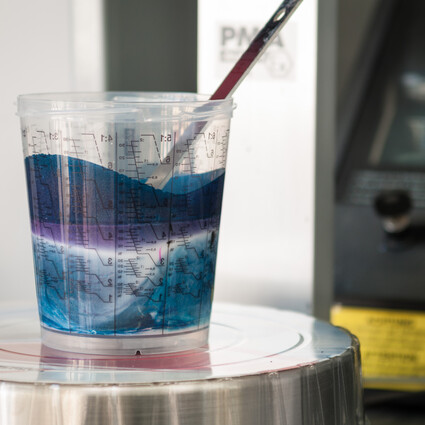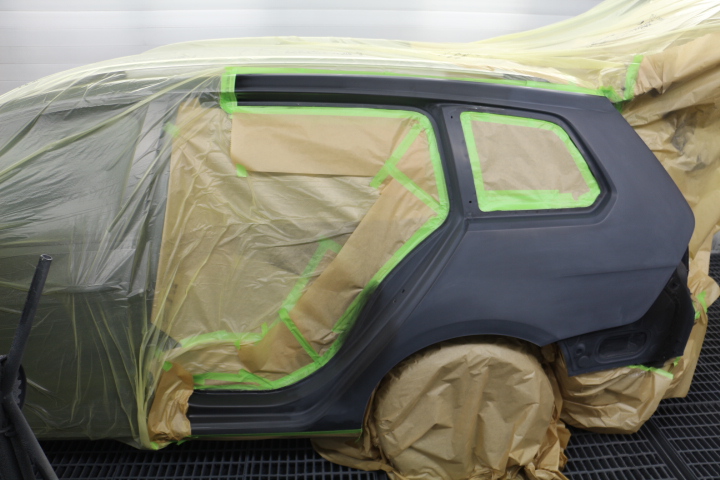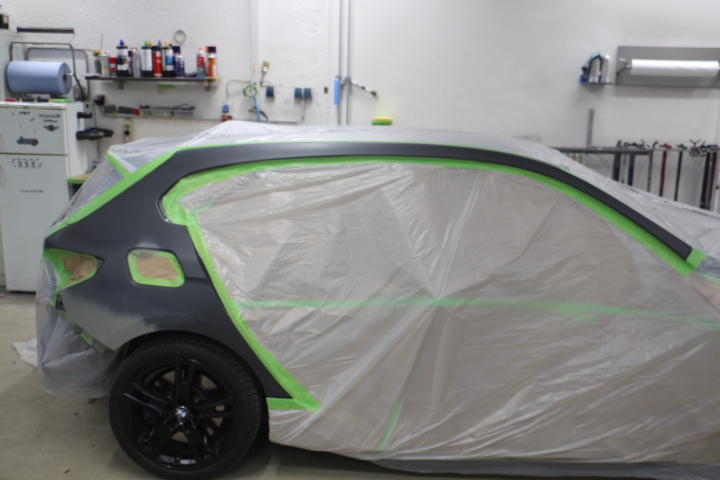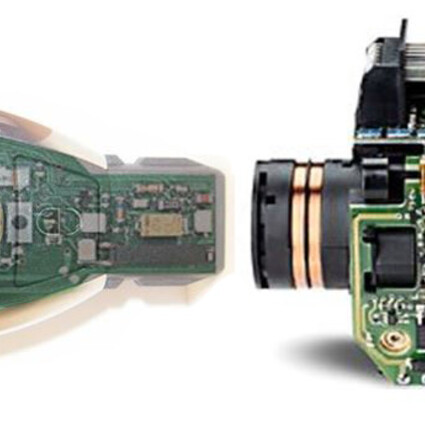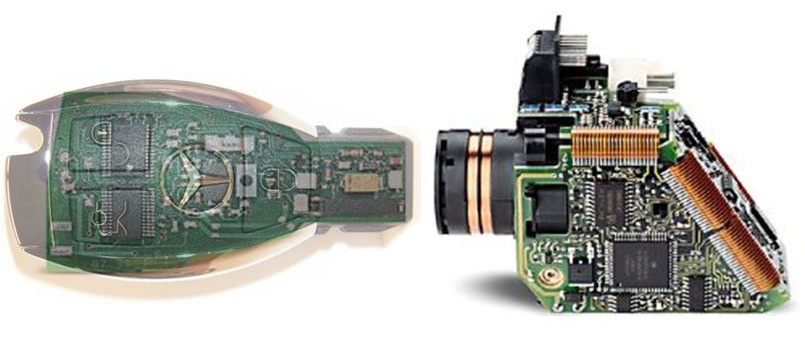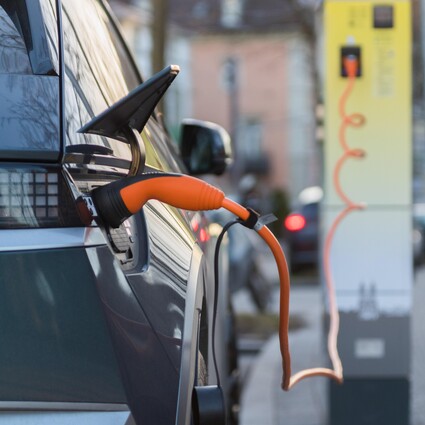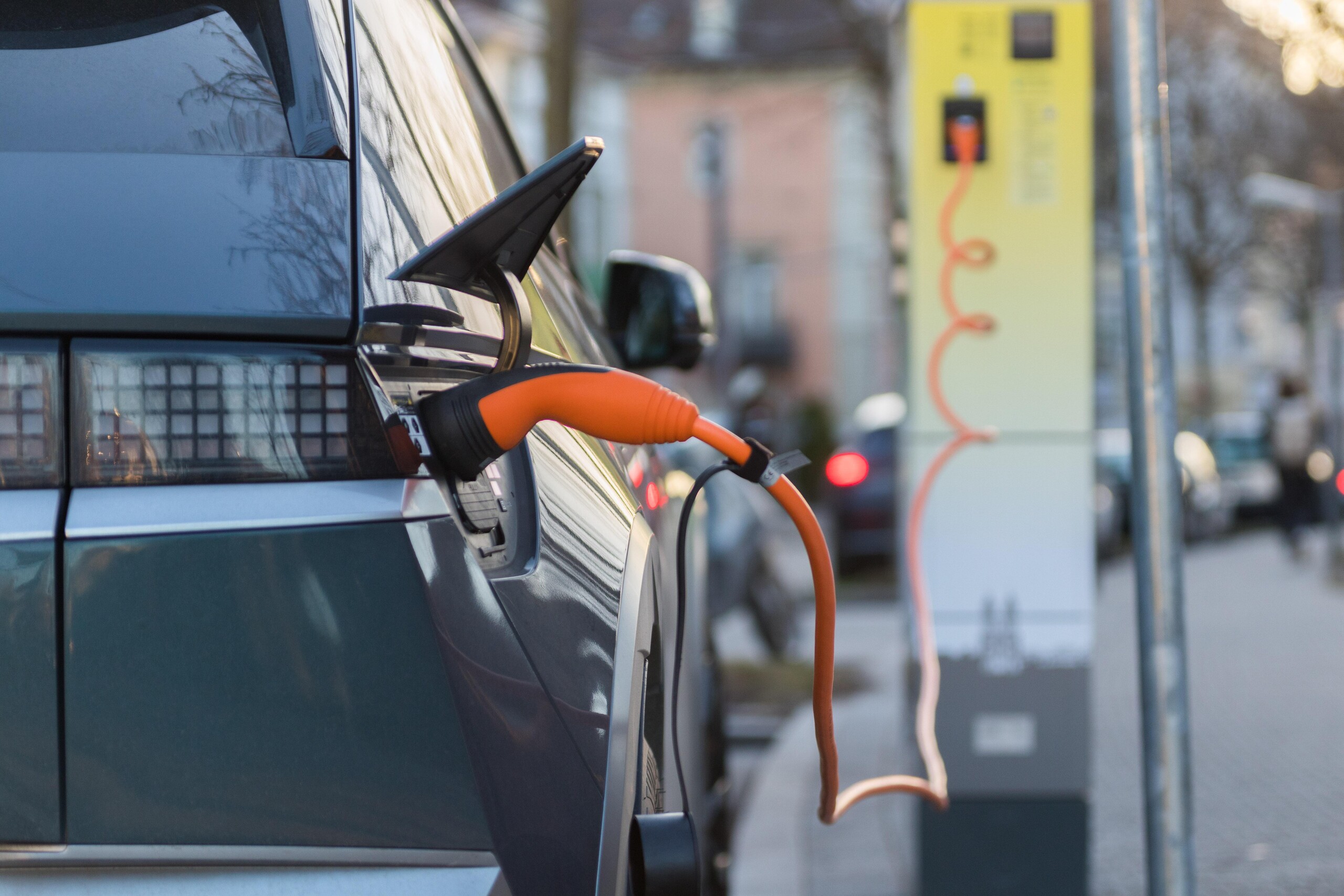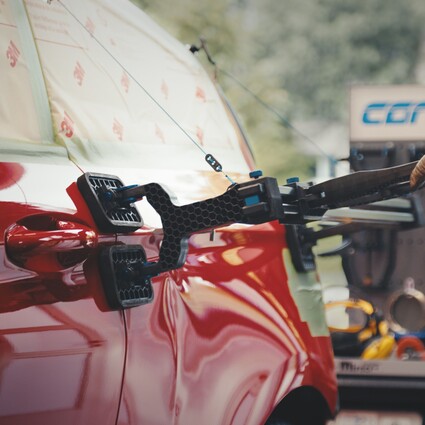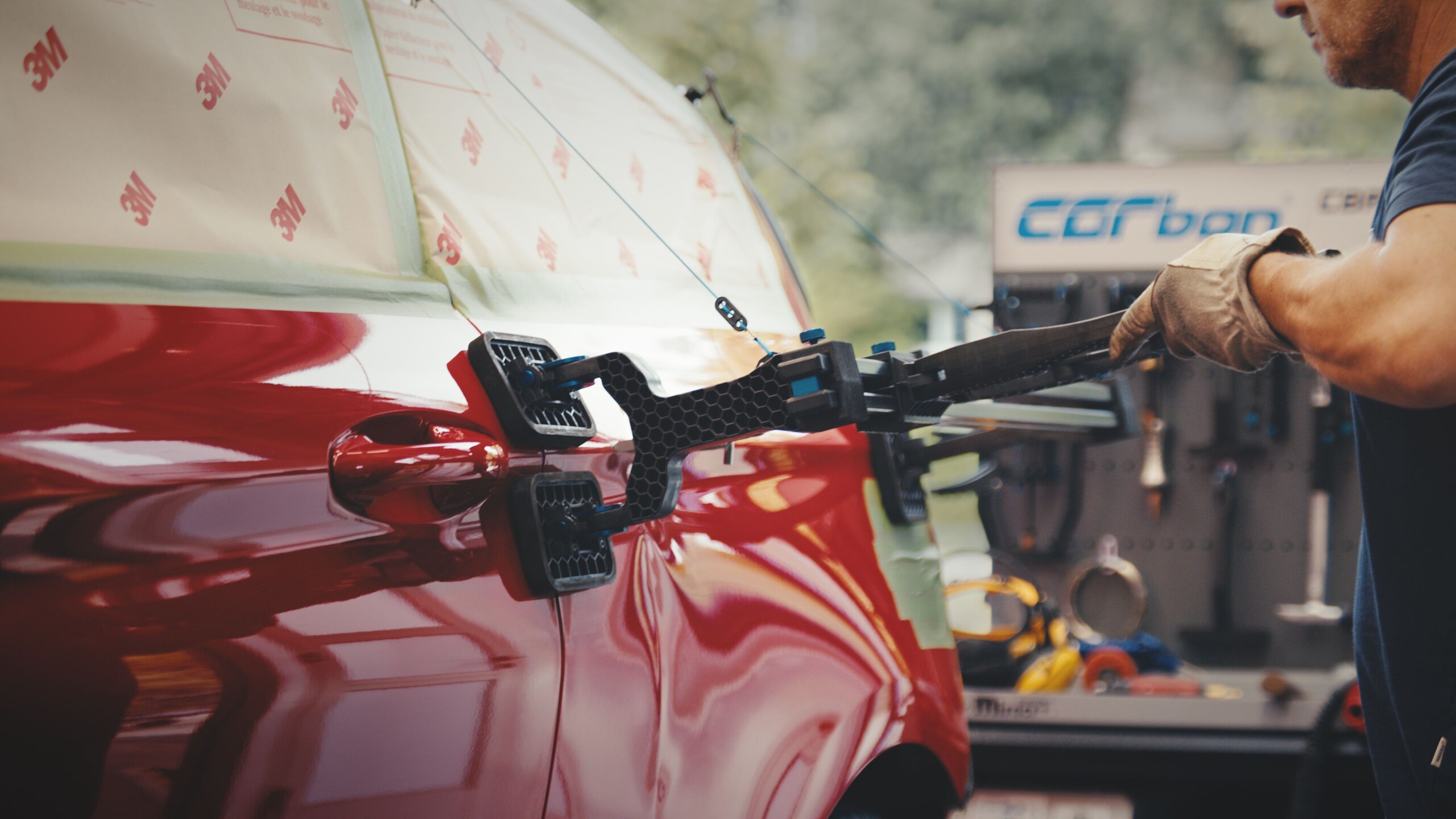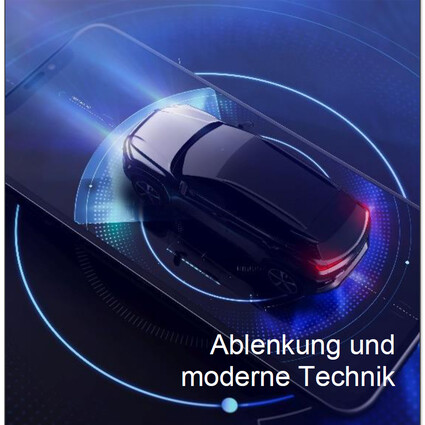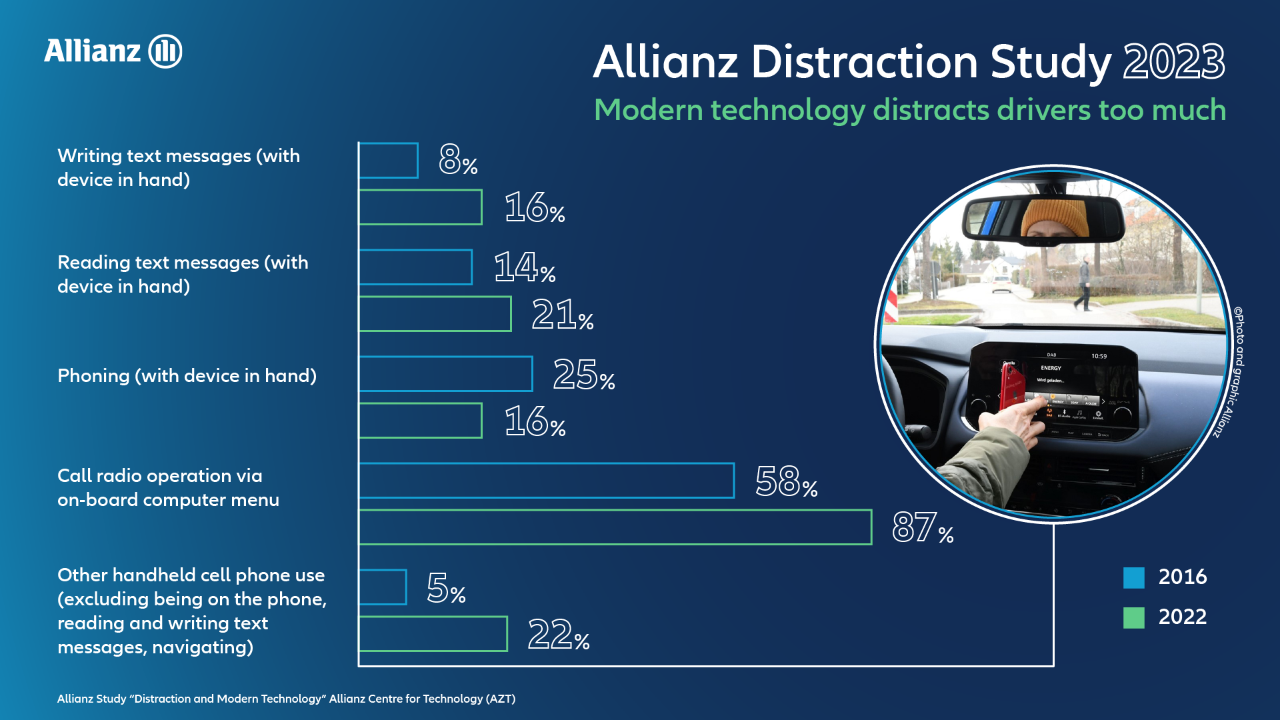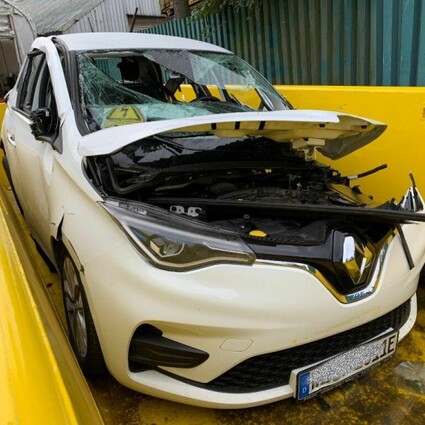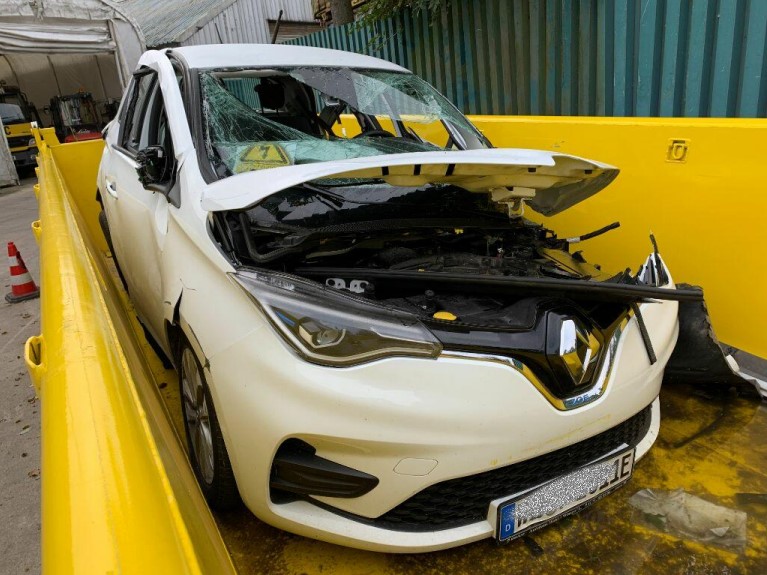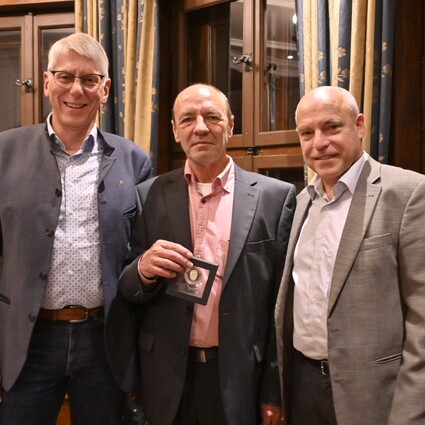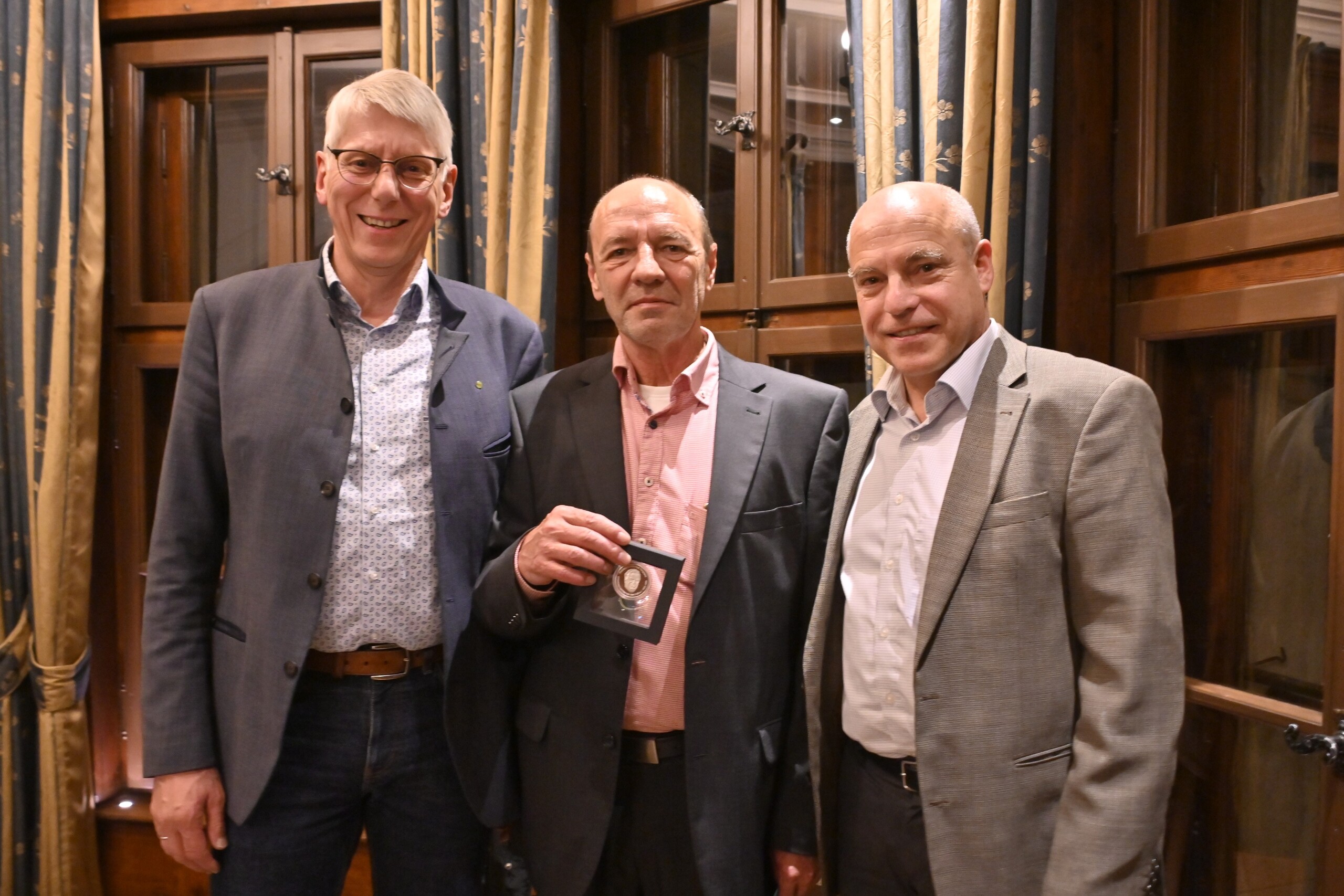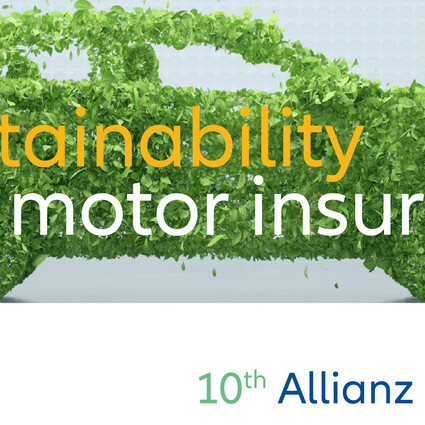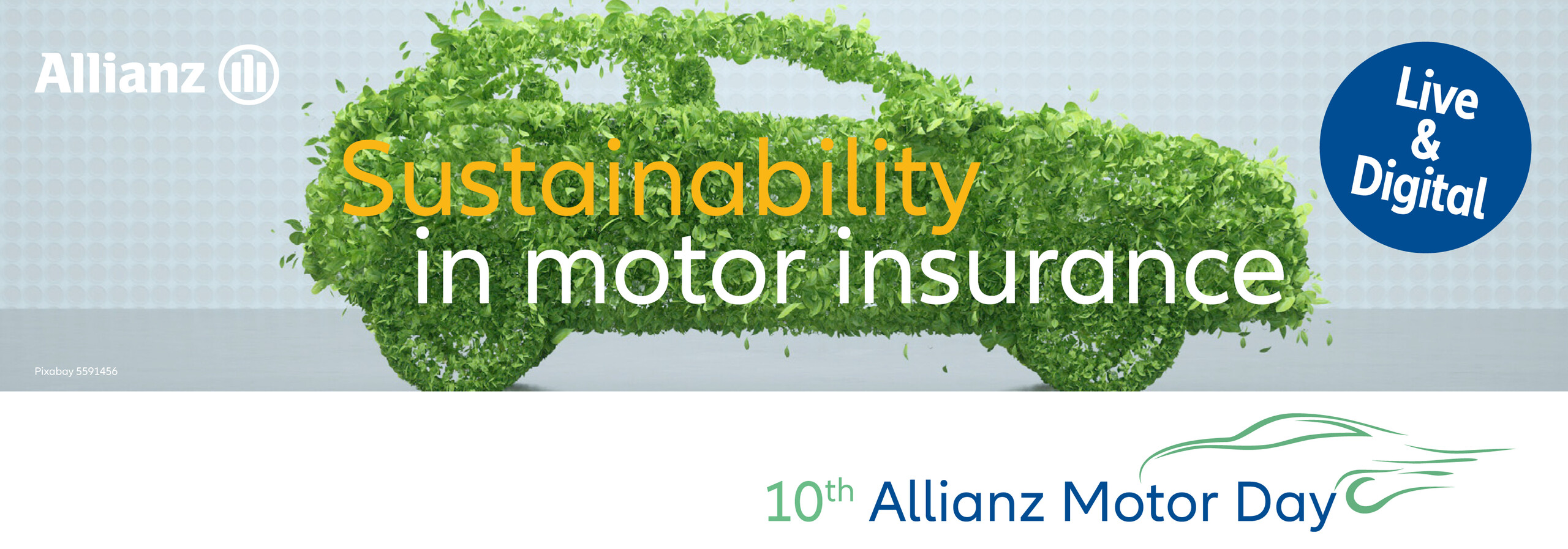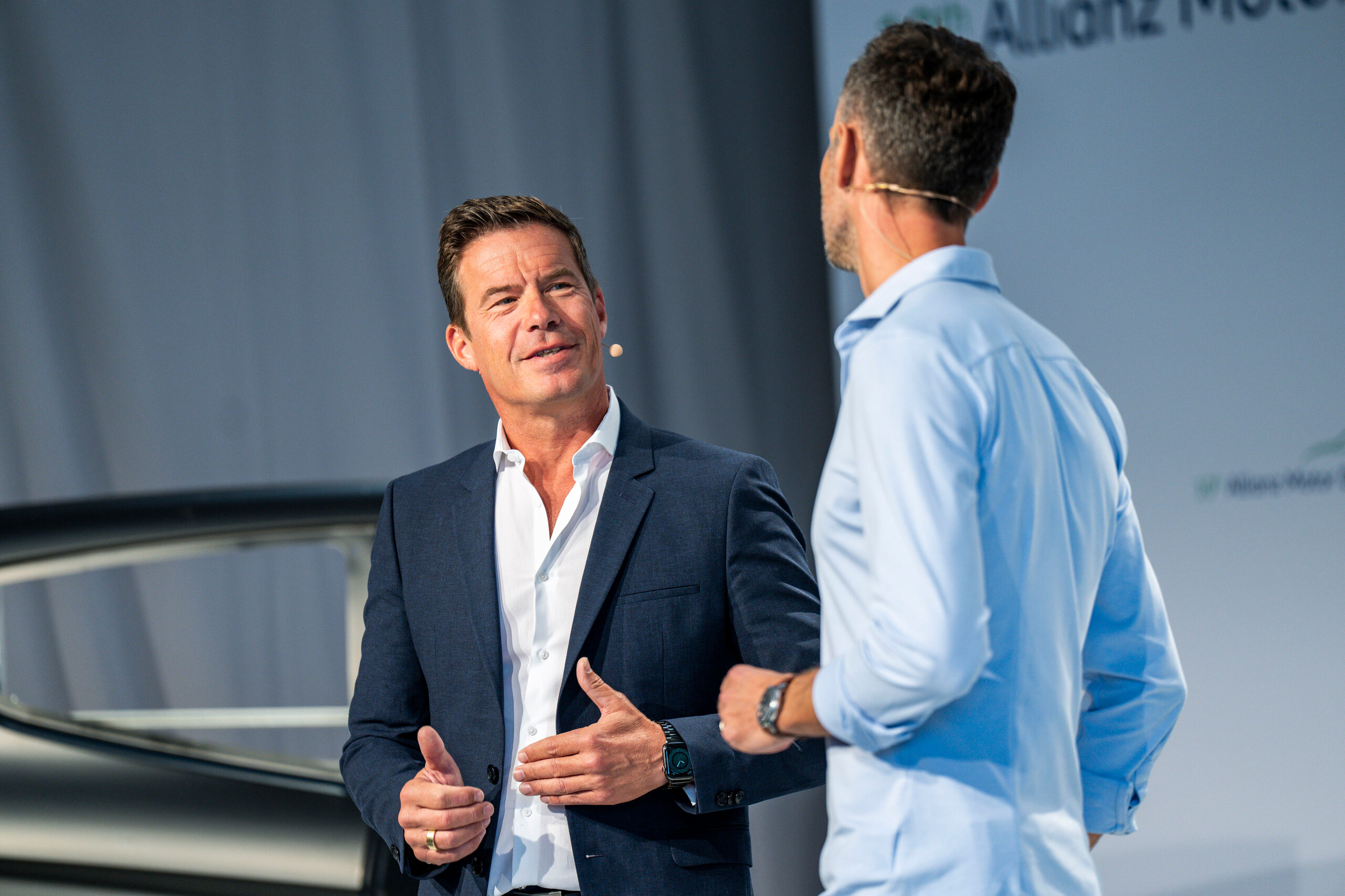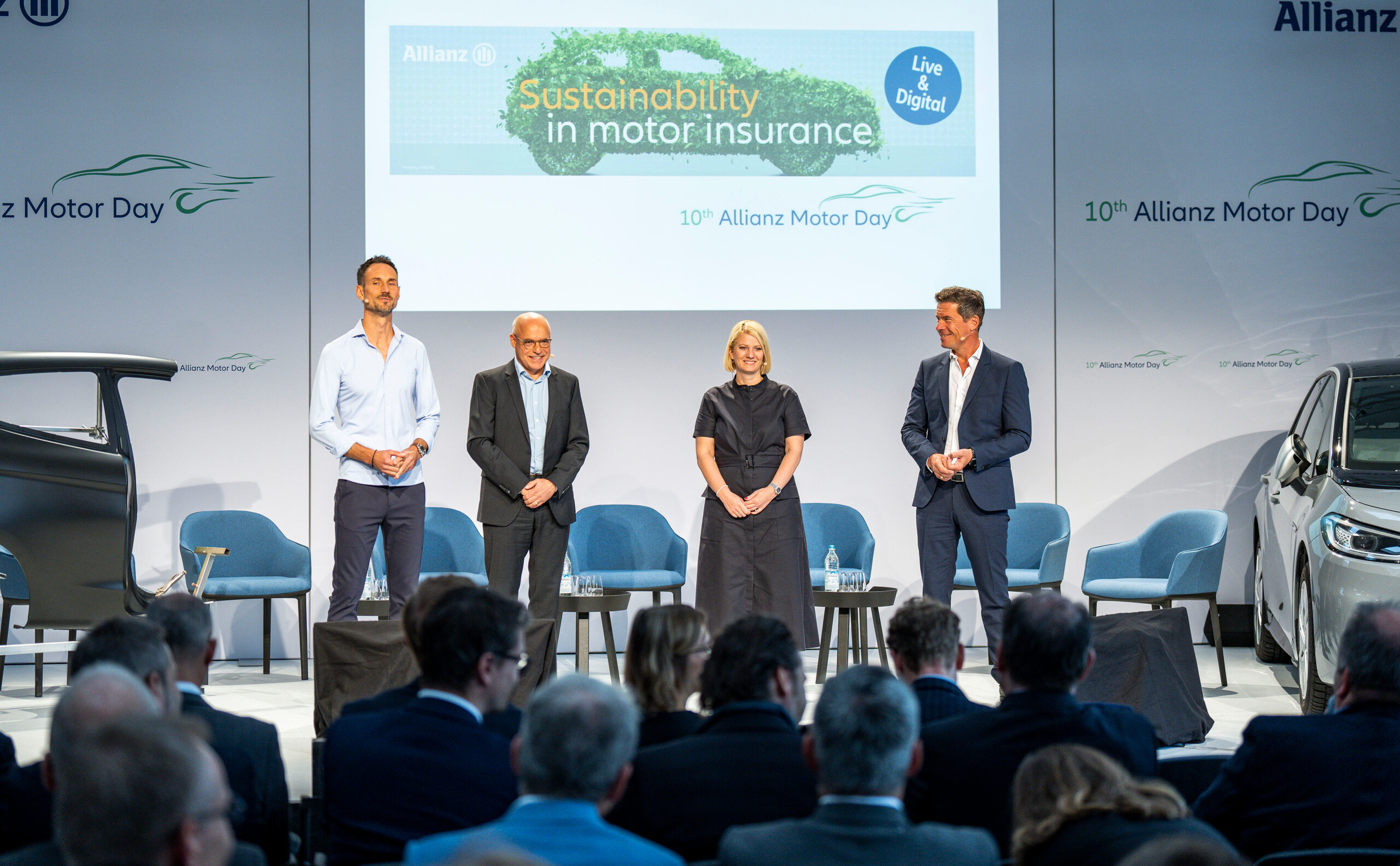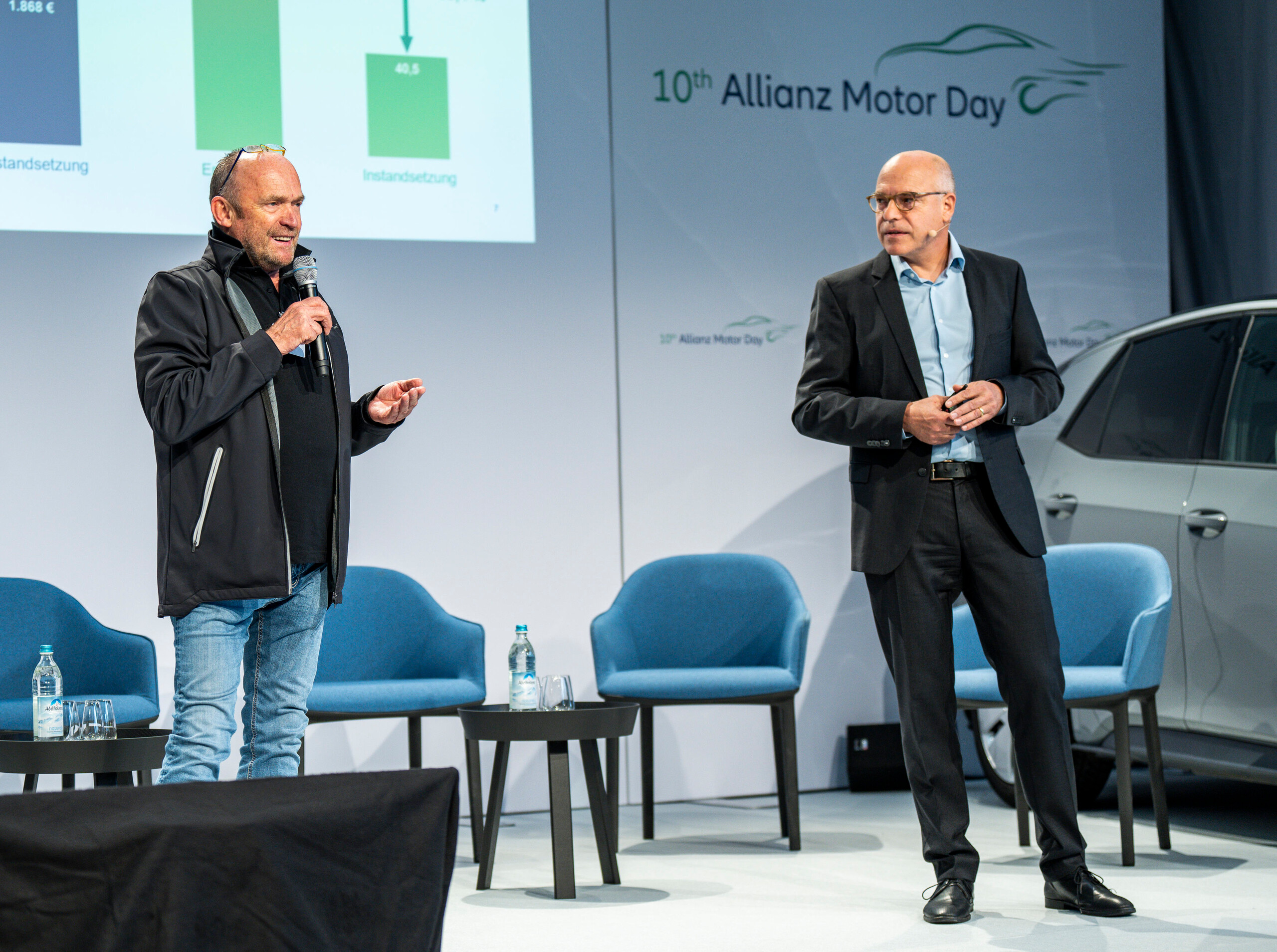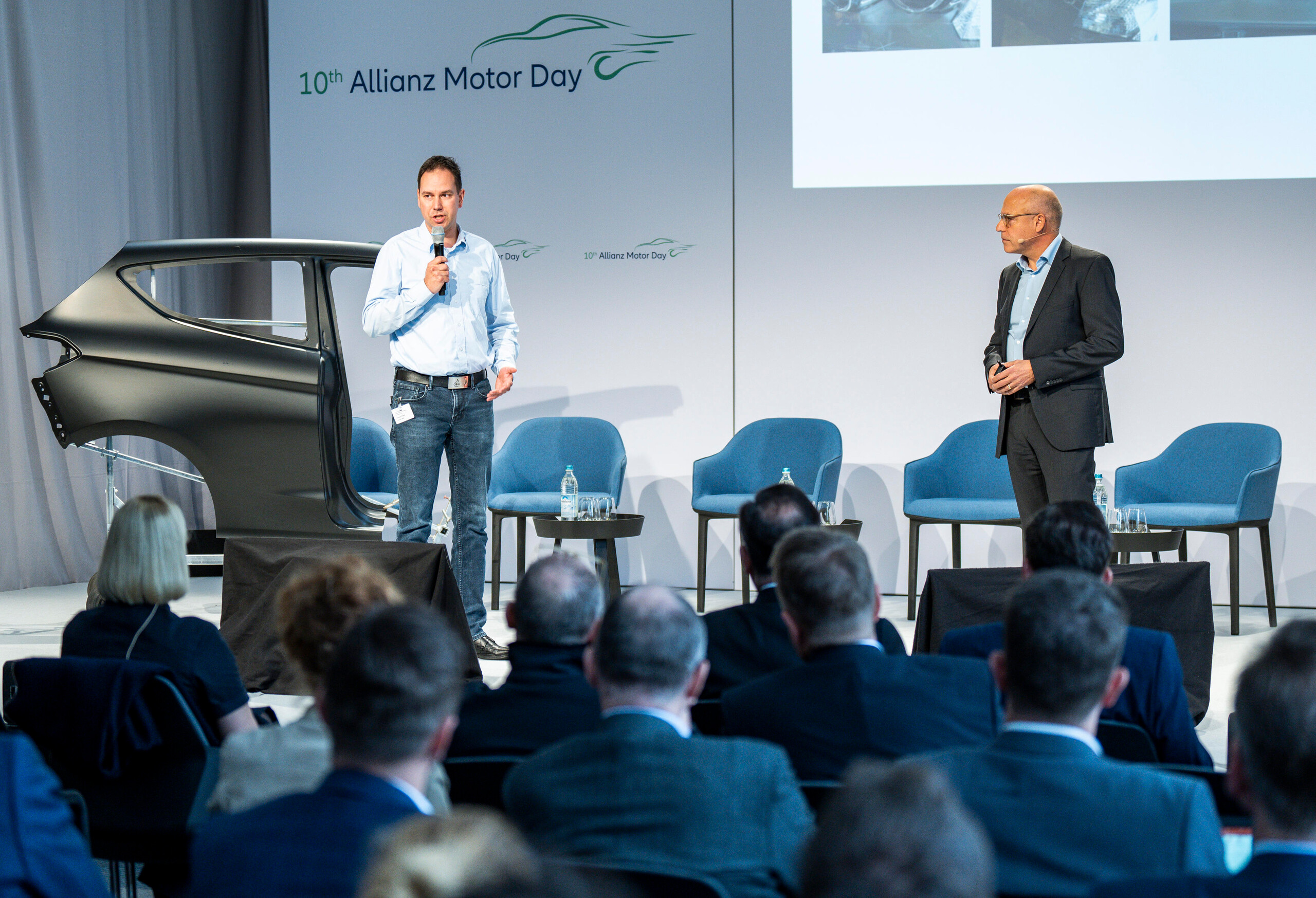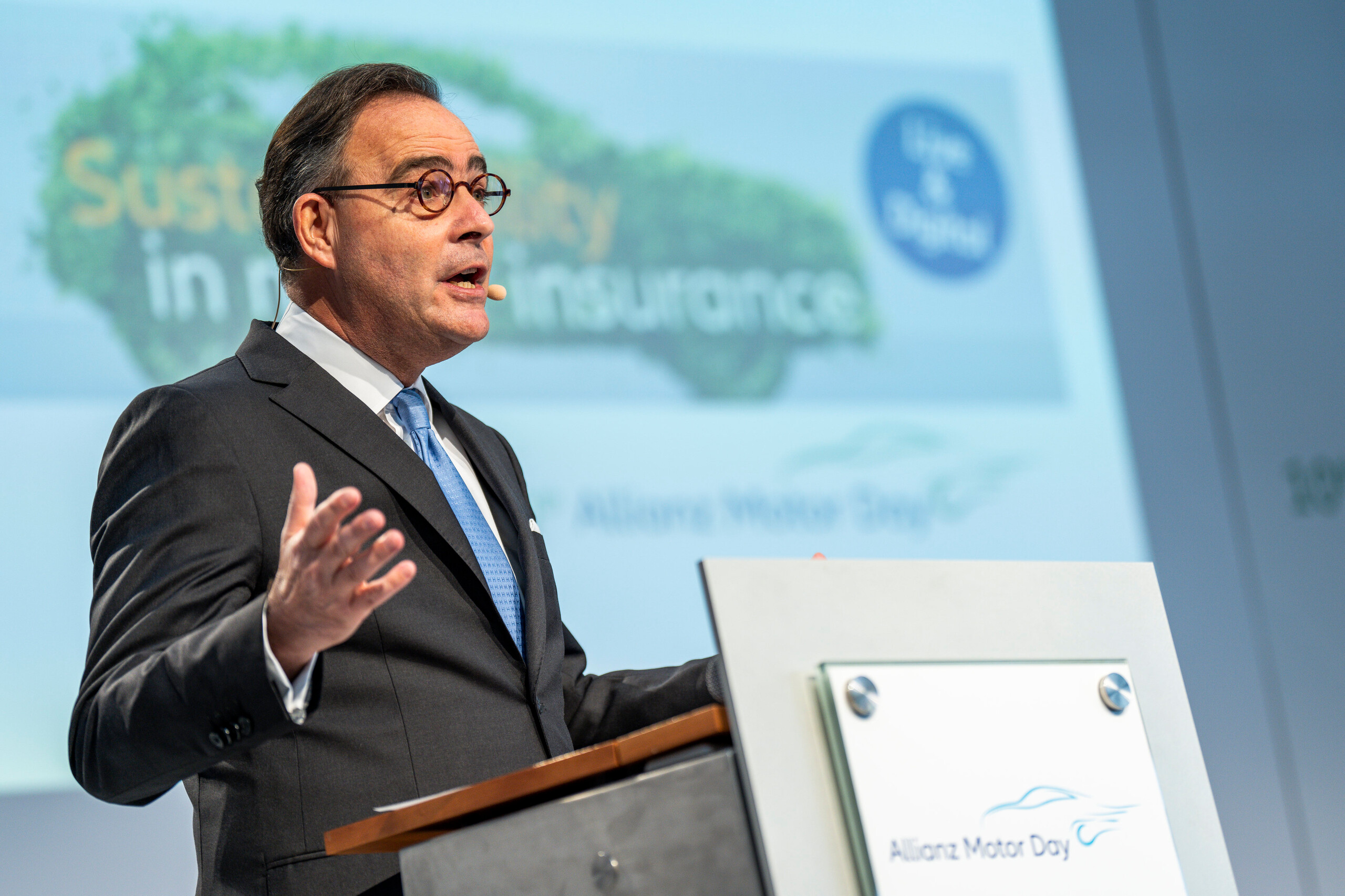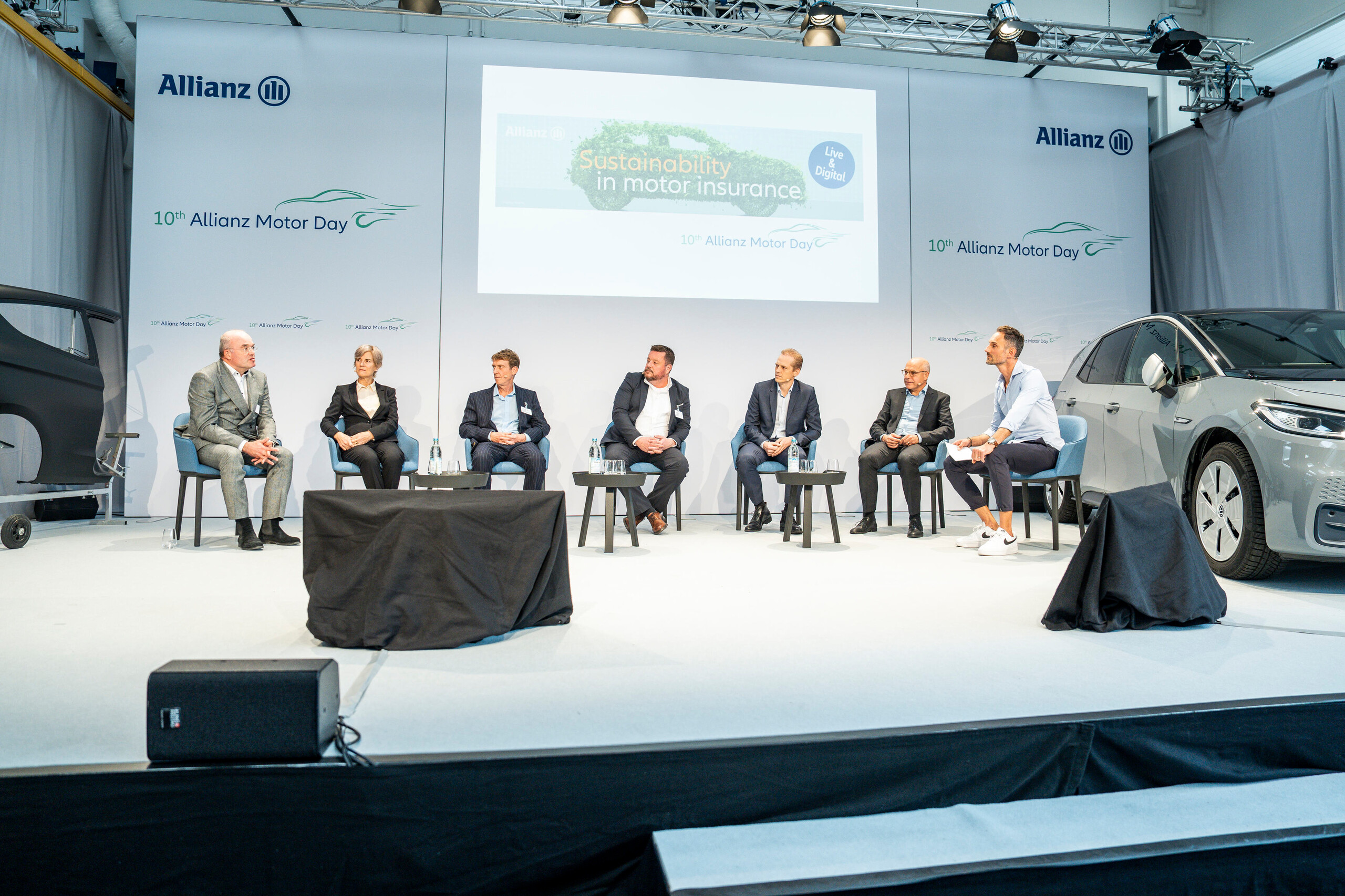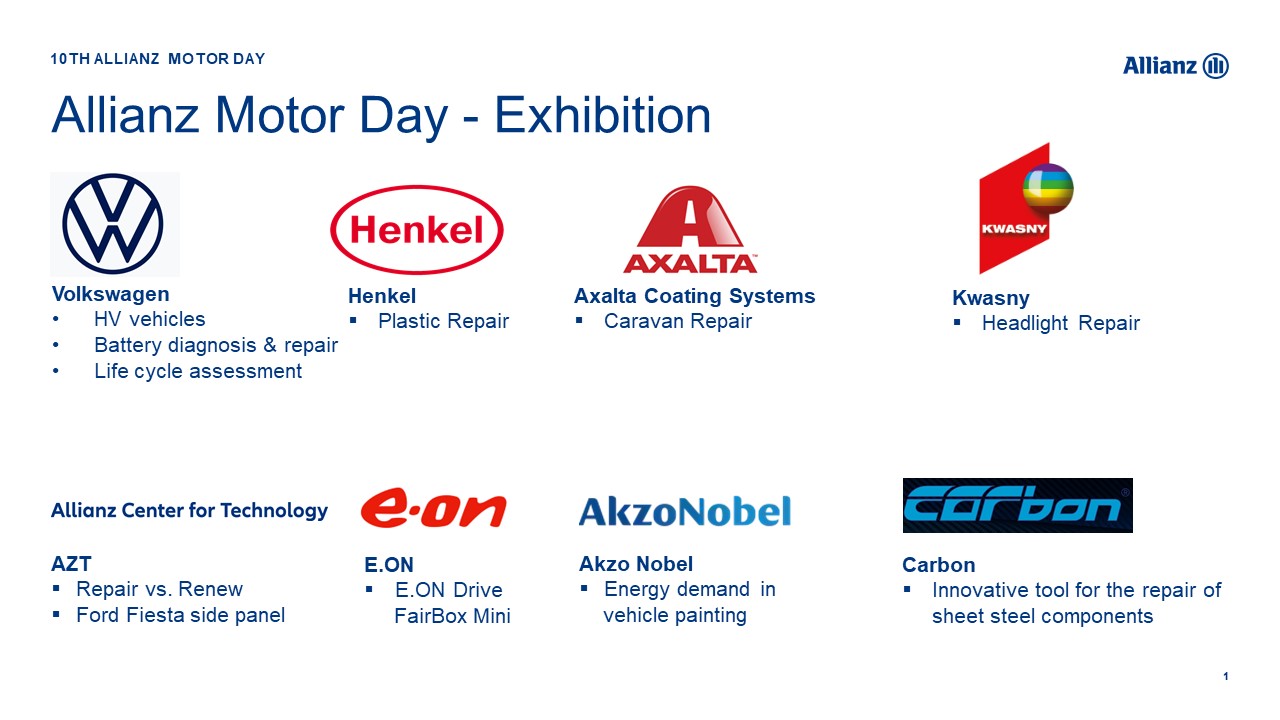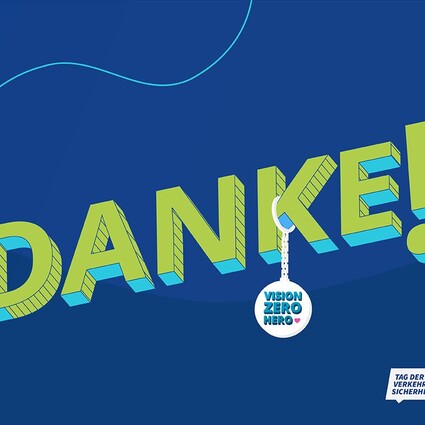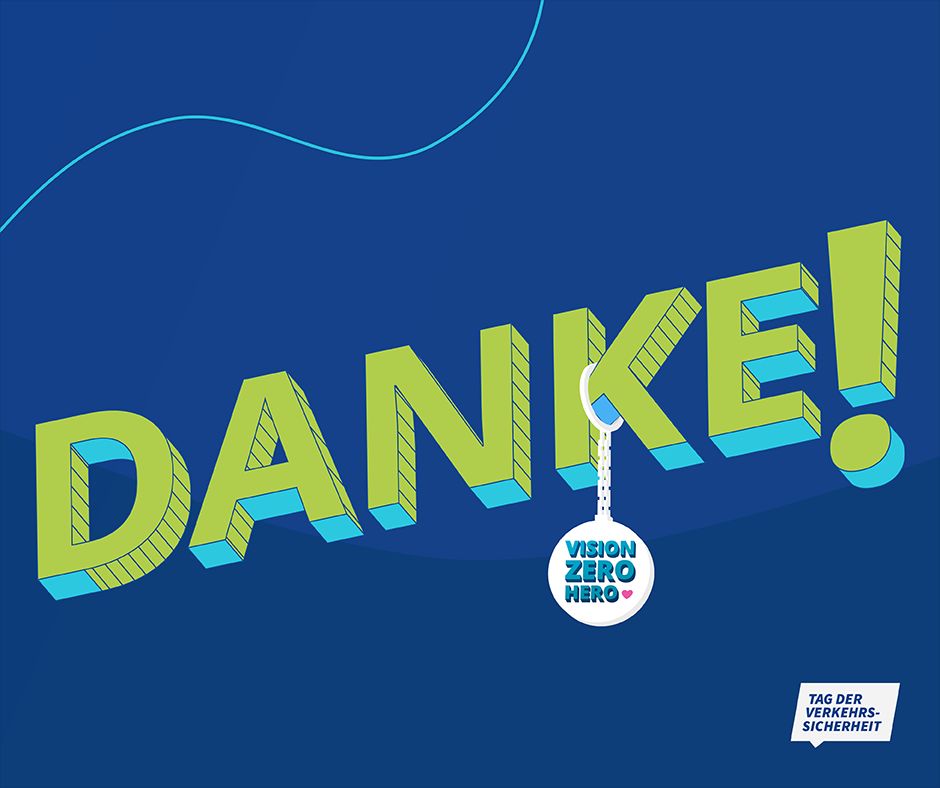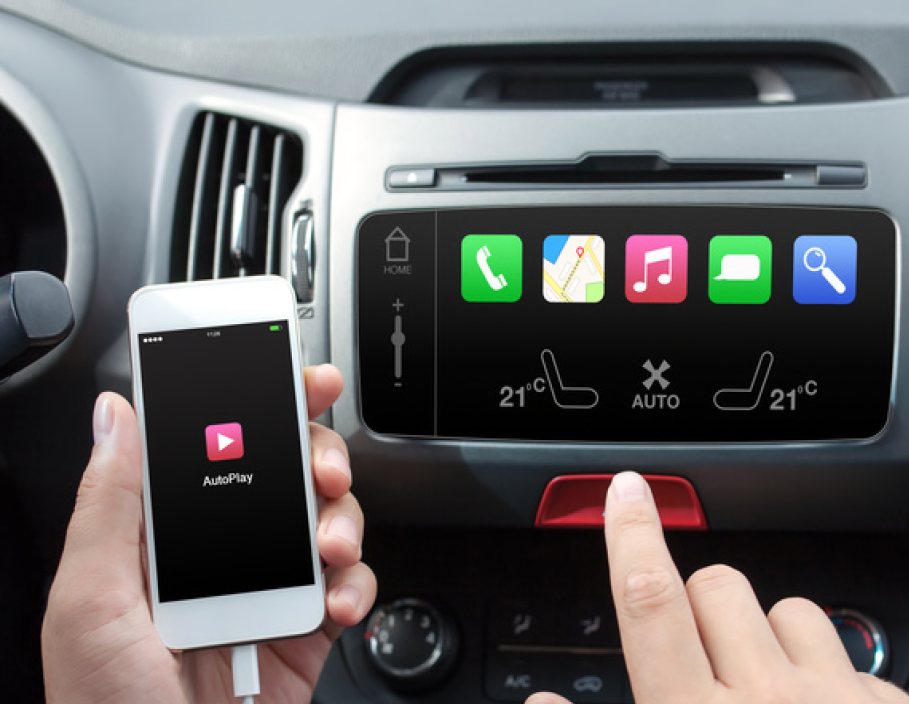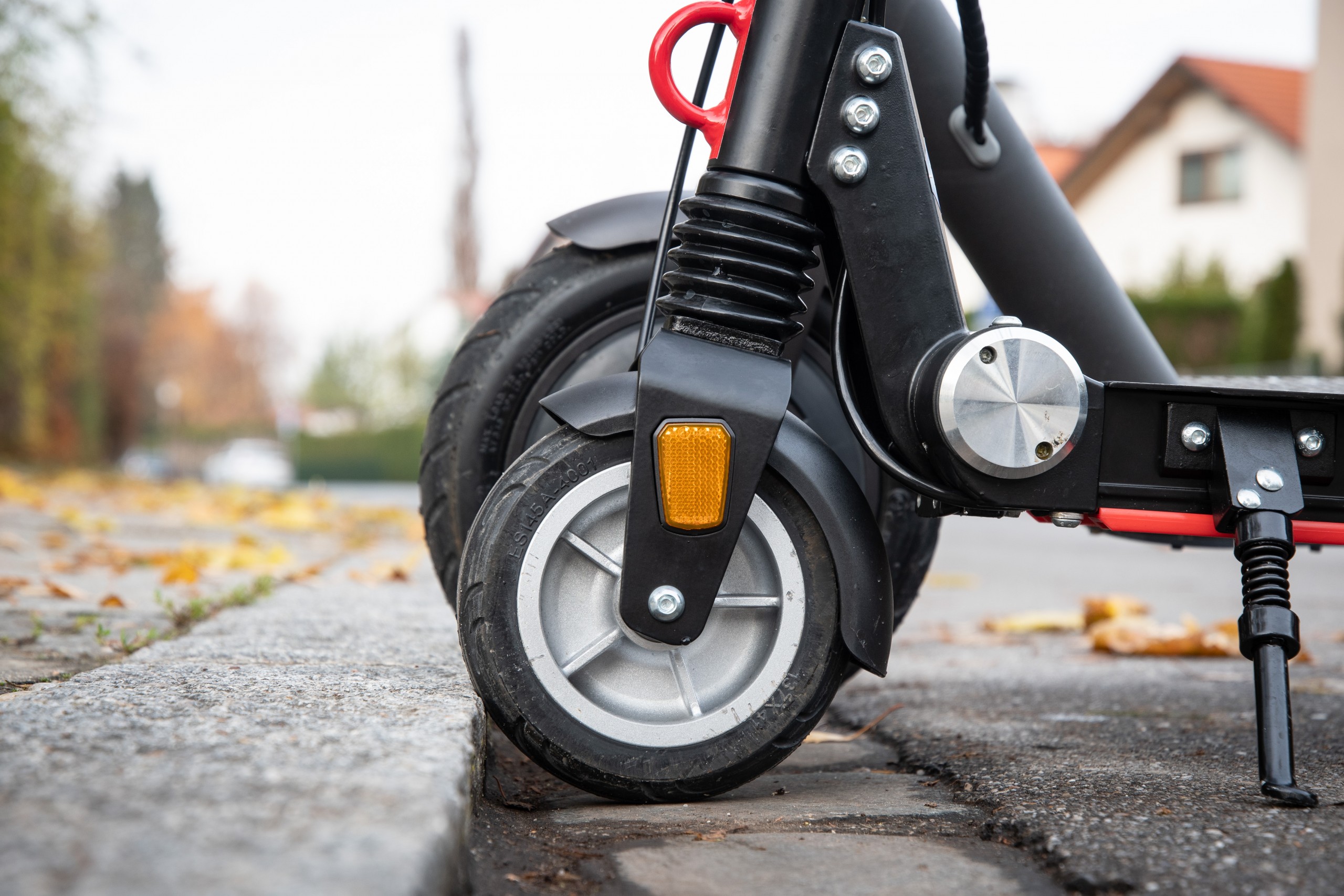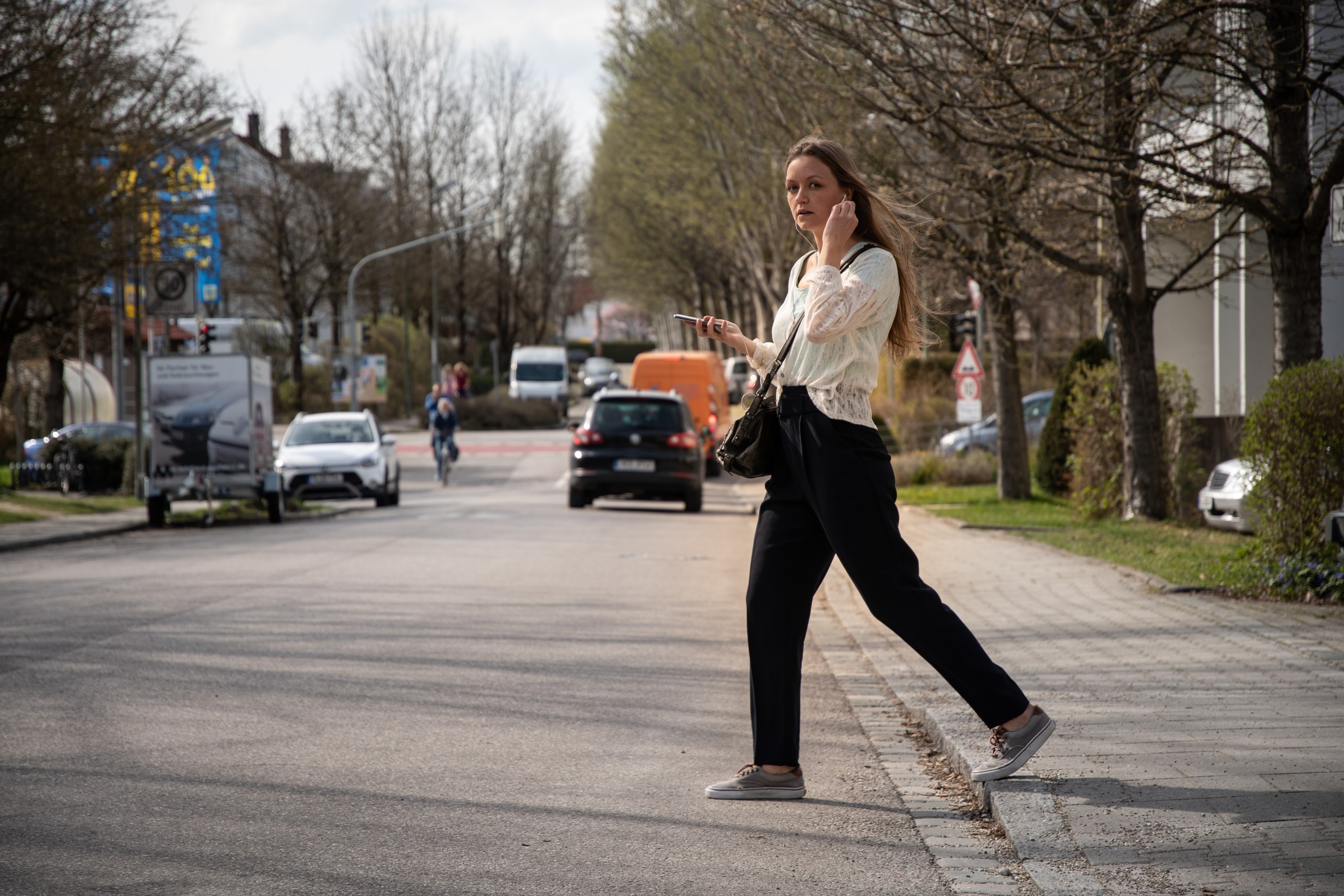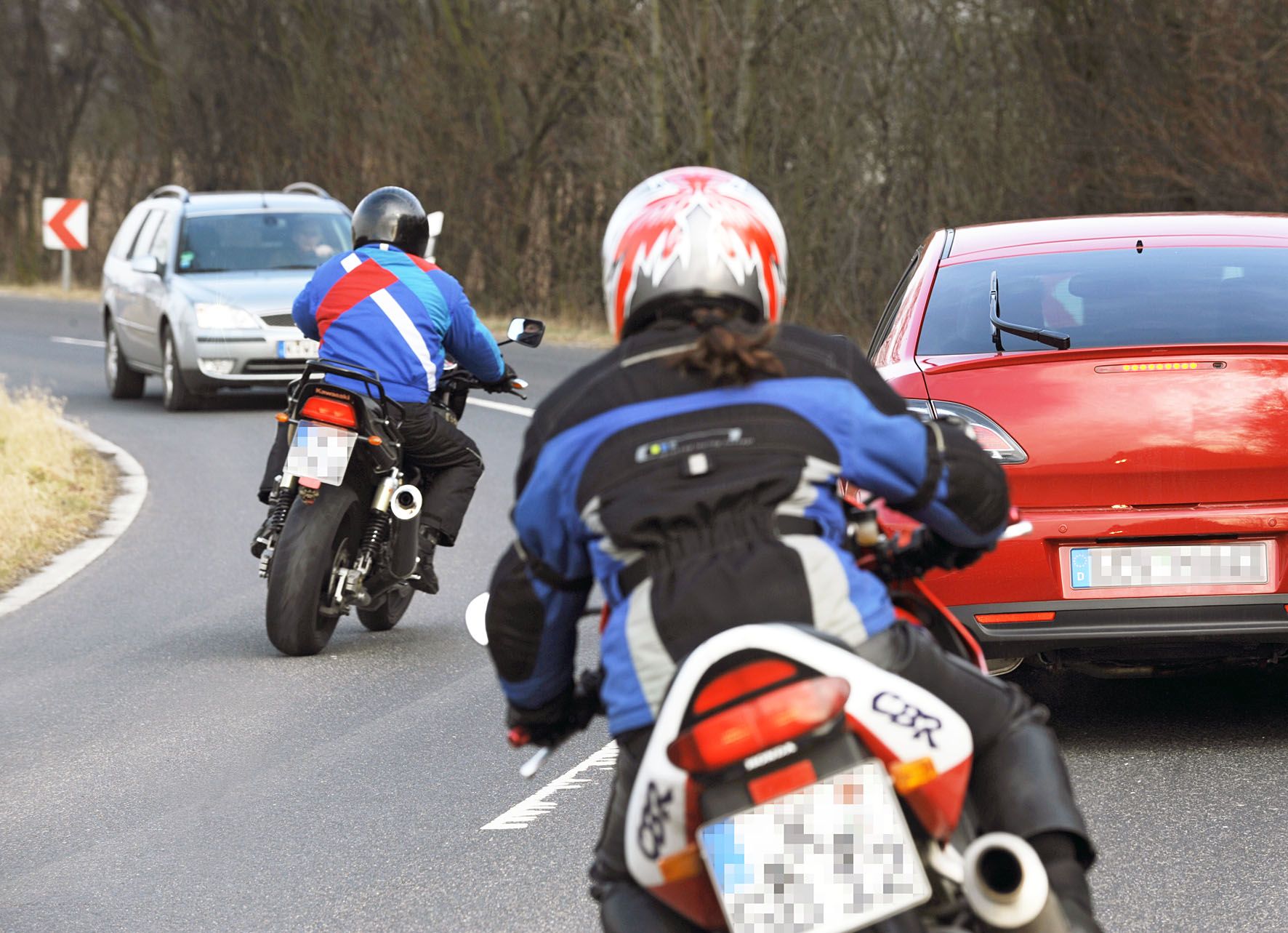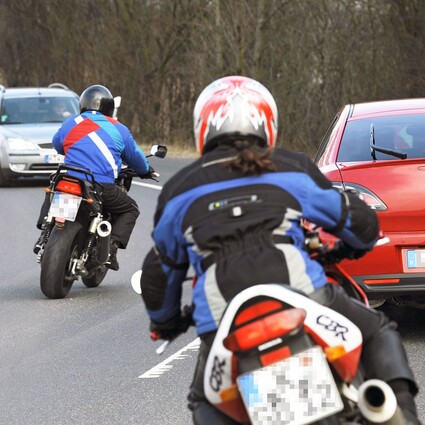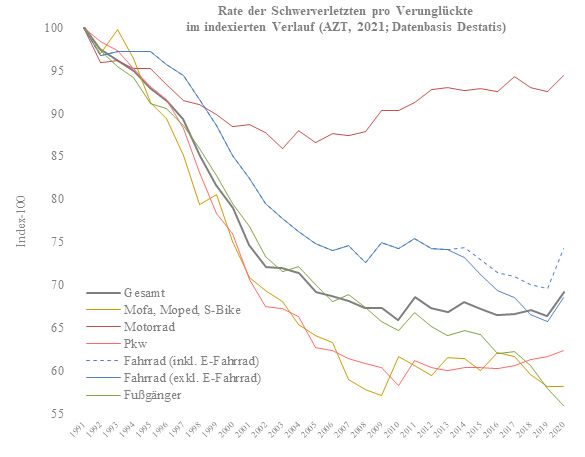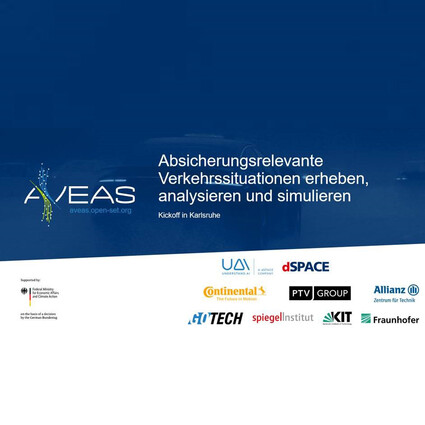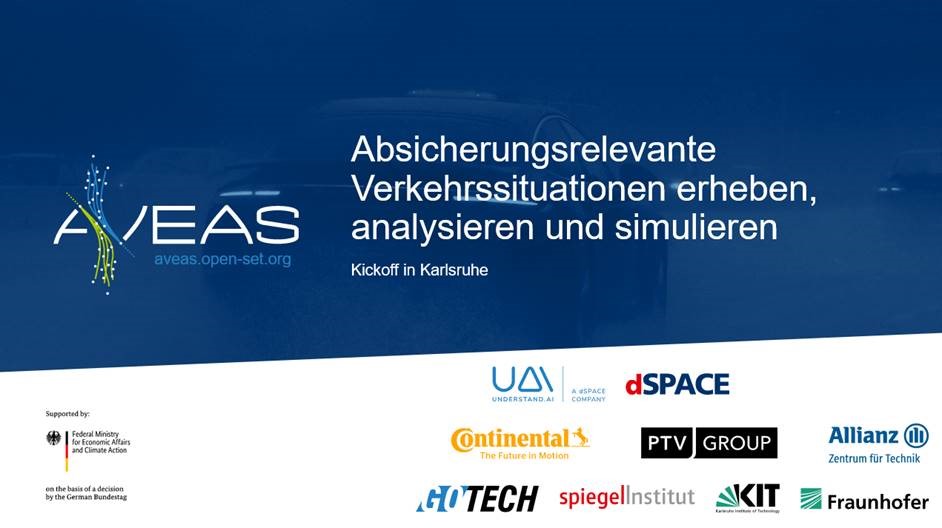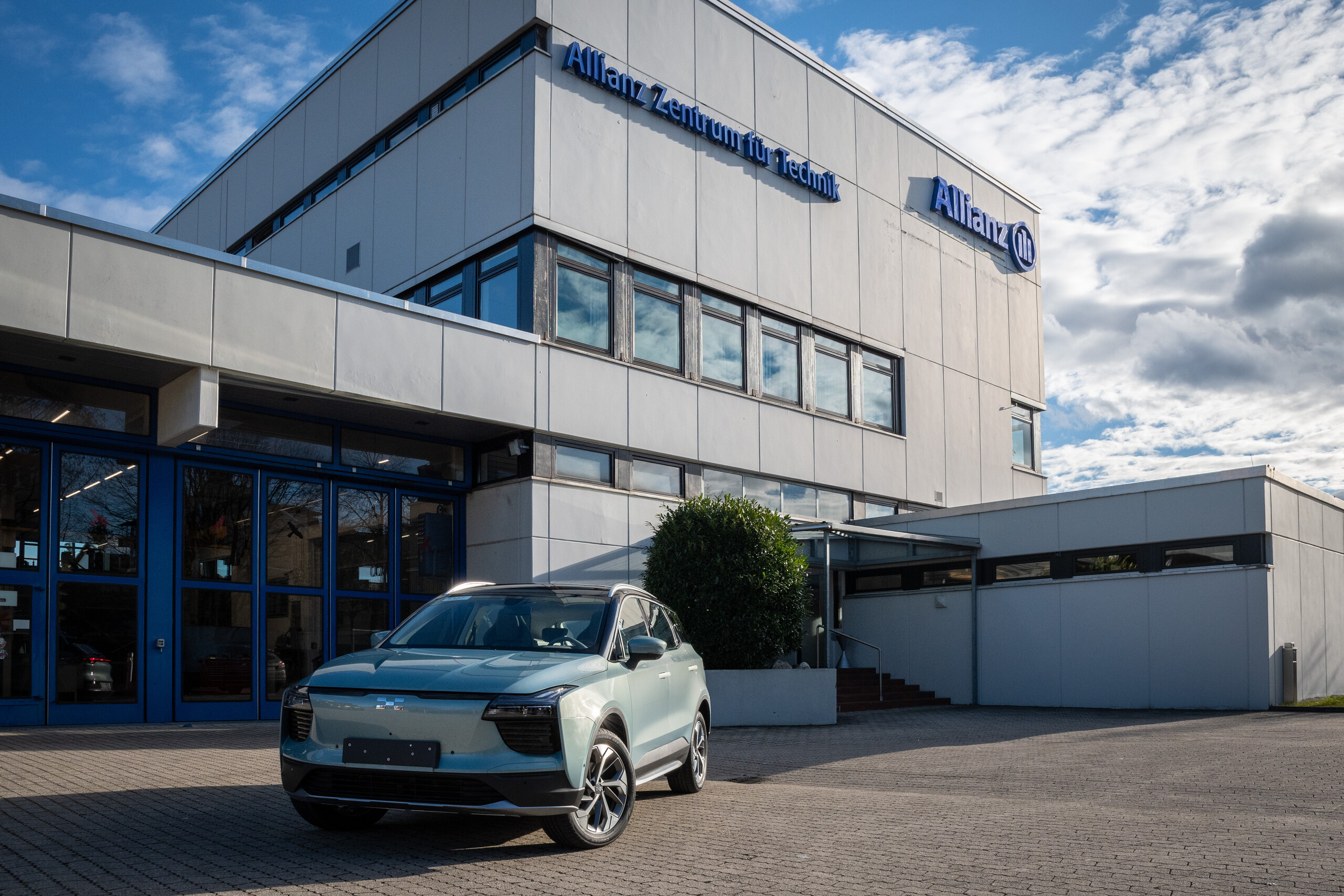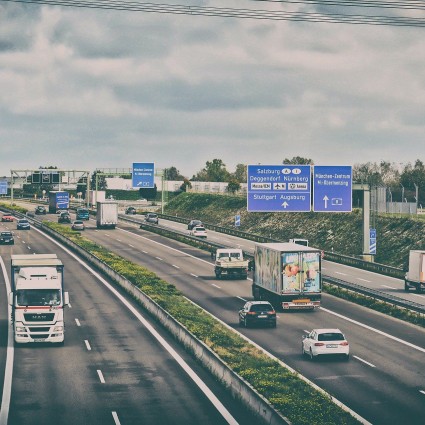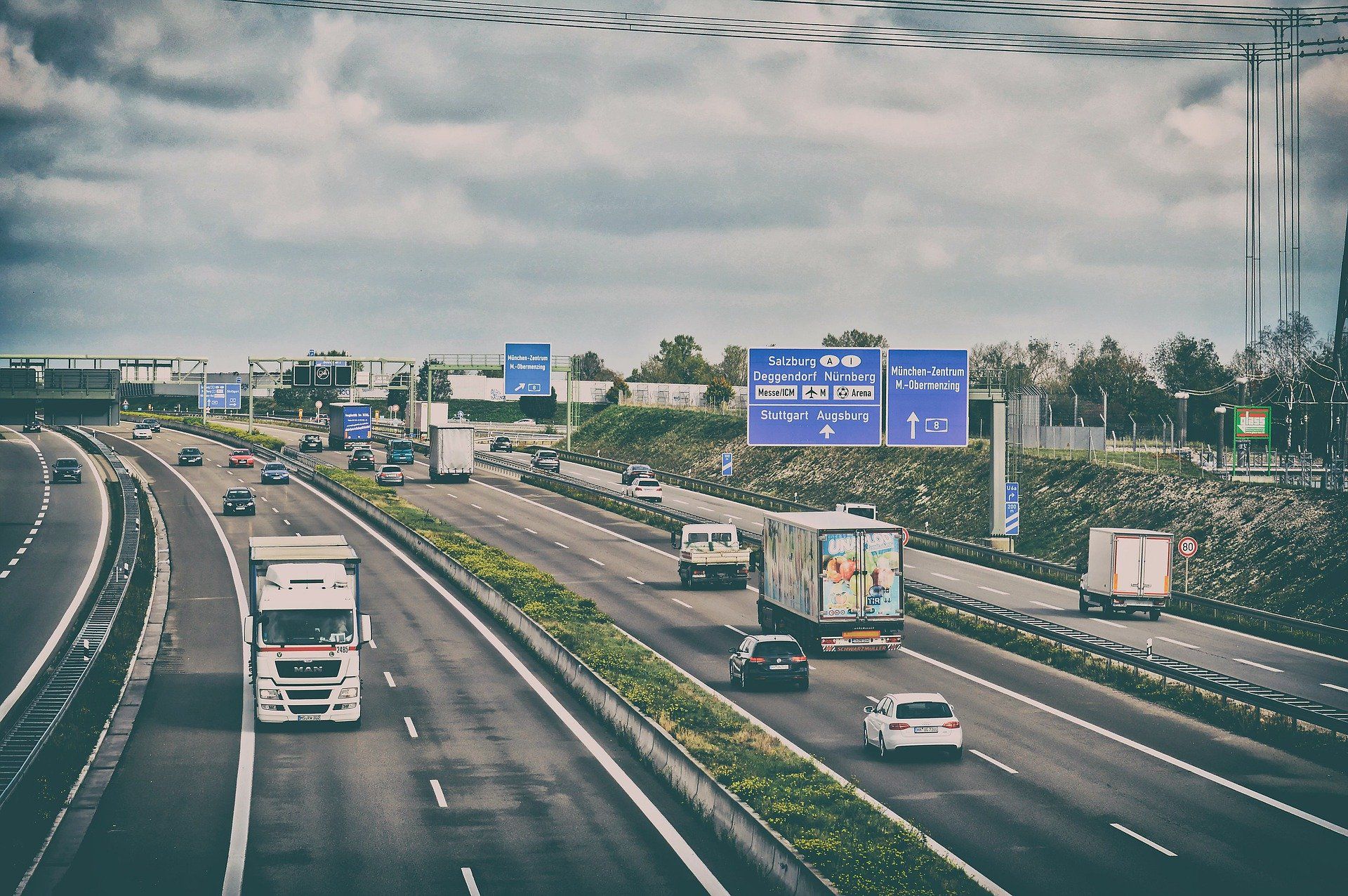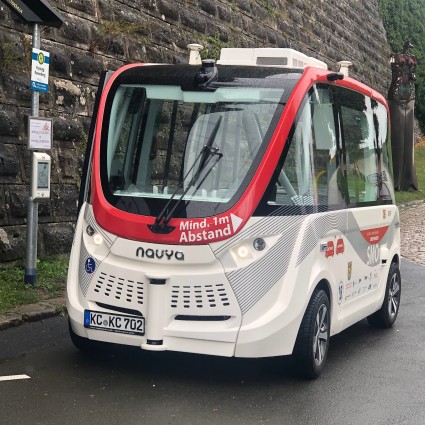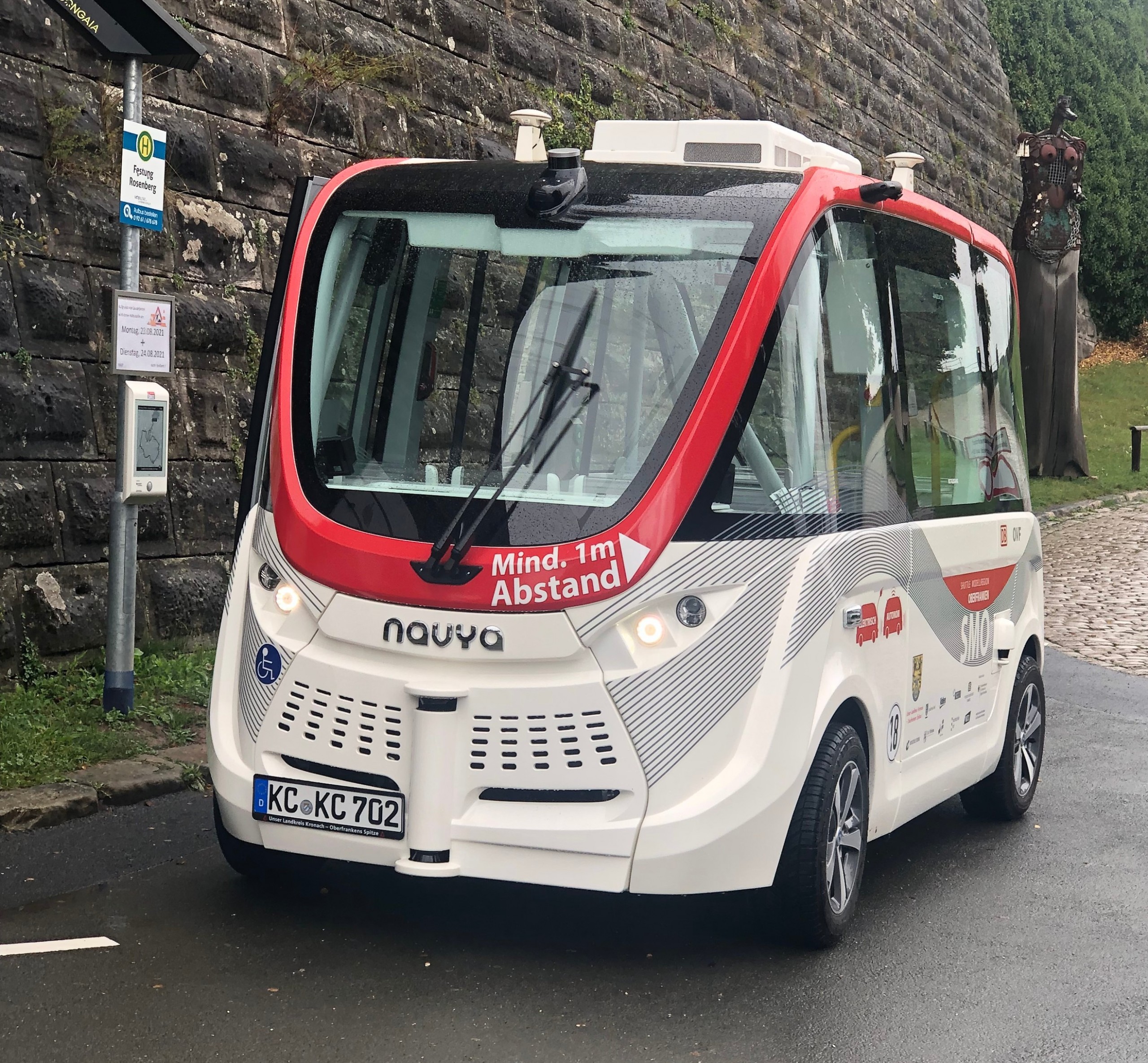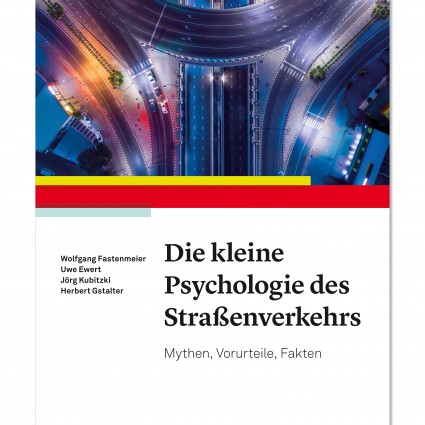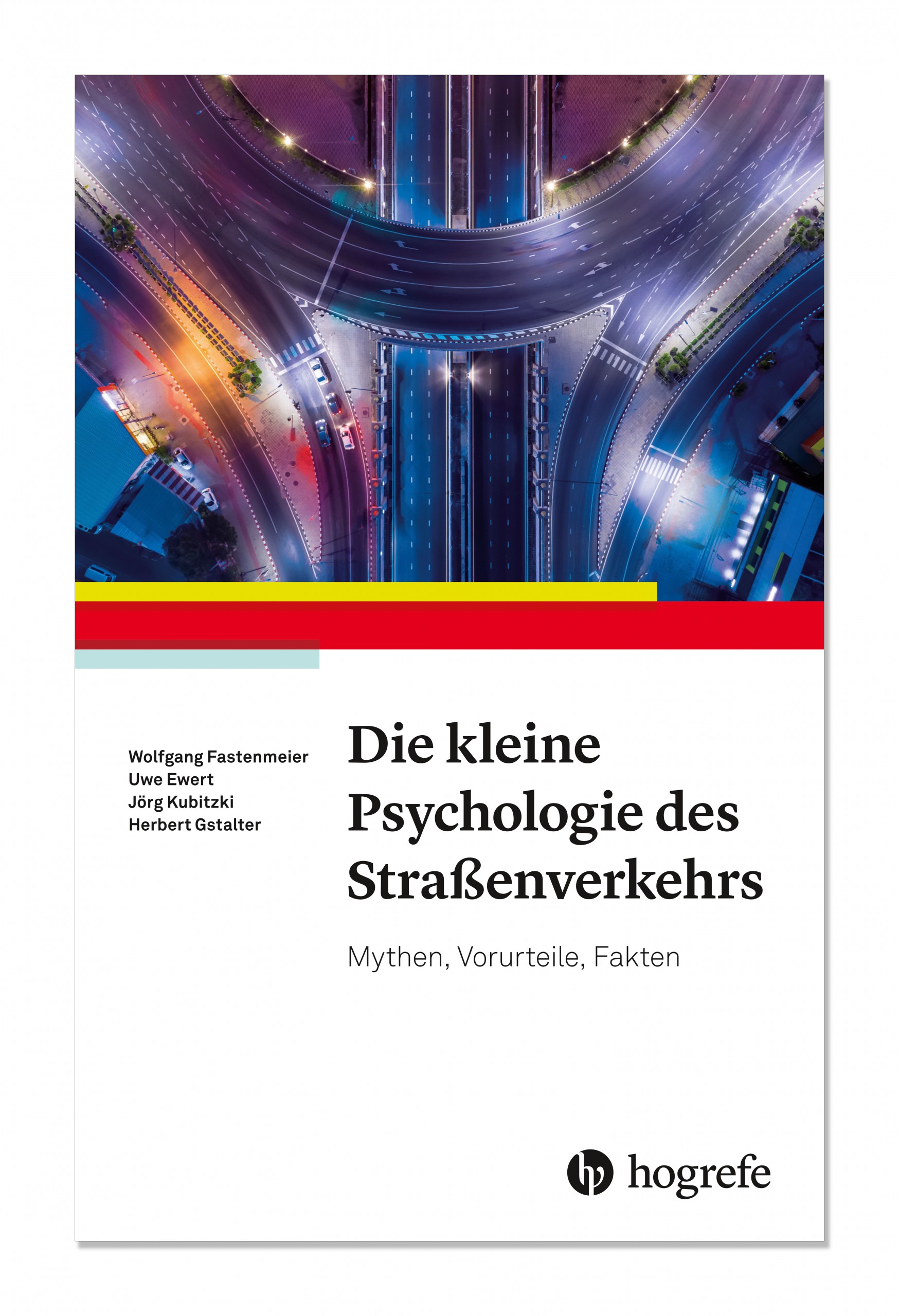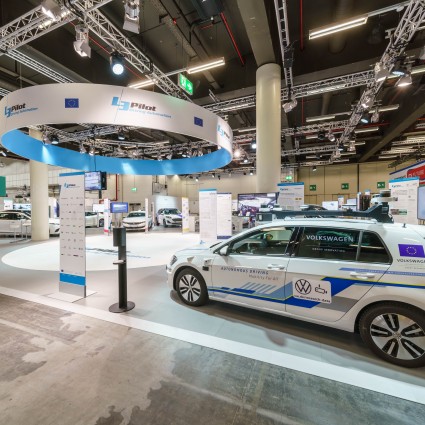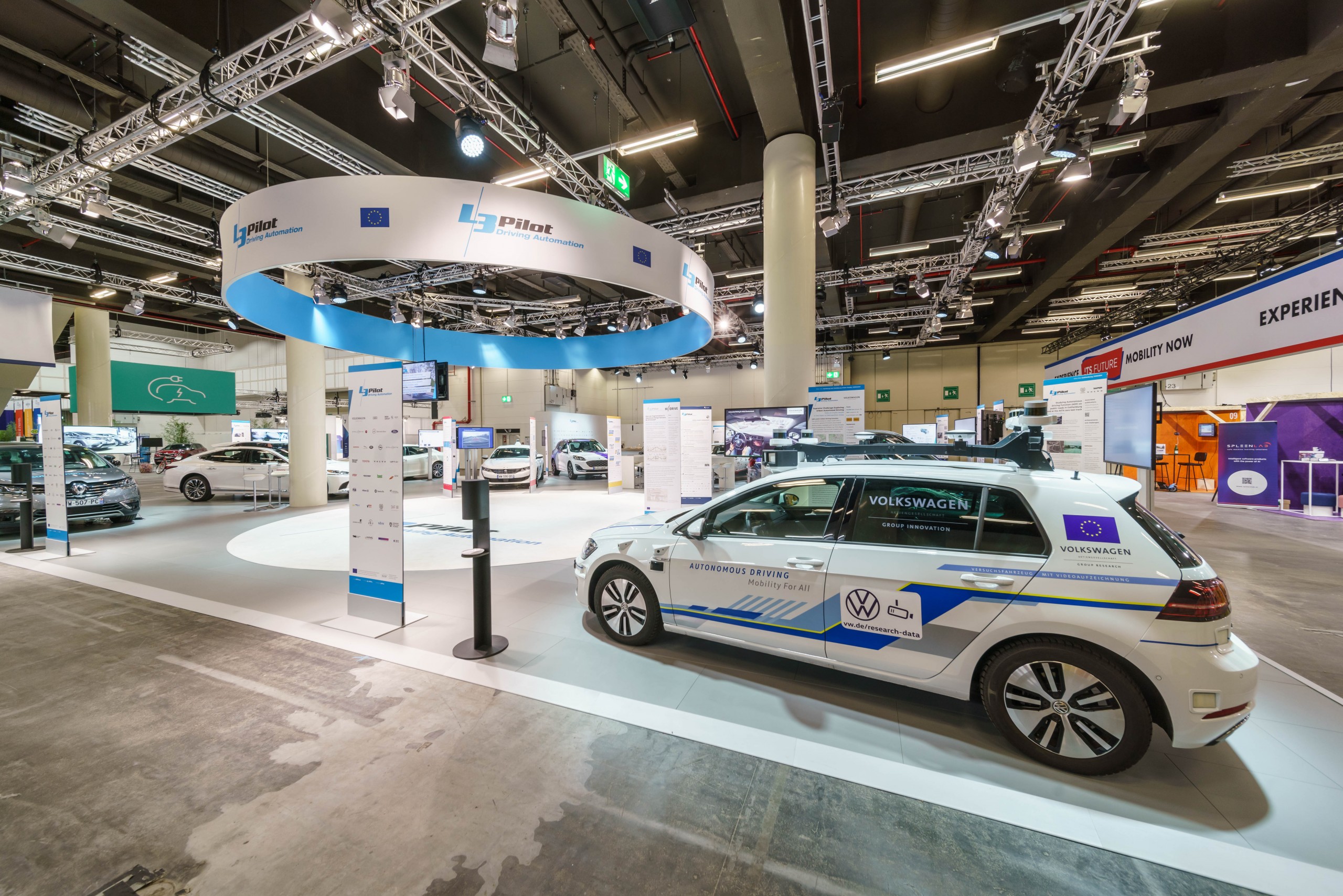-425x425.png)
Publication
Fires in electric vehicles
A classification based on actual damage cases.
.png)
(AI generated image)
November 2025
Mert Ulus, Carsten Reinkemeyer, David Unger
How high is the fire risk of an electric vehicle and does it differ from that of conventional drives?
The AZT investigated this question and analyzed damage claims involving battery electric vehicles (BEVs) from 2020 to 2024 in order to classify the fire risk on a sound basis and to verify common assumptions. The analysis takes into account 45 reported incidents, 20 of which were confirmed as actual vehicle fires. Cases without fire development in or on the vehicle, e.g., fires involving tire sets in storage, were excluded.
Fire risk
The analysis shows that the technical mechanisms that can lead to a fire in electric vehicles follow the same principles as in conventional drives. Fault currents, corrosion, increased contact resistance, and arcing are known phenomena in vehicle electrical systems. In contrast, the modern high-voltage systems additionally present in electric drives have extensive protective measures designed to detect and limit critical conditions at an early stage. Risks such as fuel leaks, on the other hand, do not exist in BEVs. Even when compared to vehicles with combustion engines, the study did not identify any specific fire-related disadvantages for battery electric vehicles. In fact, the relative frequency of fires was found to be lower in comparison, even when considering comparably young conventional vehicles.
Causes of fire: How did the fires start?
A key finding is the clear dominance of external factors. In many cases, fires spread to the vehicle from the surrounding area, such as buildings, carports, or neighboring vehicles. Such scenarios occurred more frequently than often assumed and had a noticeable impact on the damage pattern. Fires caused by arson were also identified. In contrast, fires caused by technical faults were comparatively rare. If there was a defect in the vehicle itself, it mainly affected electrical components such as control units, relay modules, or power electronics. The high-voltage battery was only involved in exceptional cases. When the cause of the fire was the HV battery, it was due to electrical defects such as insulation faults. The often-feared thermal runaway of the cells was only suspected in one non-standard conversion.
Fire risk after collisions and flooding
Previous investigations by the AZT show that the structural protection of the high-voltage battery is generally effective in collisions and that fires rarely occur as a result of an accident. In known cases where collisions led to fires, the ignition was preceded by very deep intrusion into the vehicle, e.g., in collisions with trees, which caused deformations extending well into the vehicle interior. Flooding was also investigated. The cases documented in Germany involving fresh water did not result in a single reported fire incident. From a technical point of view, risks primarily arise from prolonged exposure to salt water, which can lead to corrosive side conductors and thus to dangerous fault currents via chemical processes. This explains individual delayed fires that have been reported after hurricanes in the USA. A short circuit caused by the water itself is generally not a problem for powerful lithium-ion cells due to its overestimated conductivity.
Conclusion
The AZT investigation paints a consistent picture: the fire risk of electric vehicles is not higher than that of vehicles with conventional drive systems. The majority of documented fires are not due to technical causes in the vehicle, but to external influences. Technical defects usually affect electrical components outside the battery. Thermal runaways are rare and were not confirmed in any of the cases investigated. Although the number of fires involving BEVs is still low due to their growing population, and the findings should therefore be viewed with caution from a statistical perspective, the analysis nevertheless supports a more objective discussion about the safety of electric mobility and shows that widespread misconceptions need to be corrected.
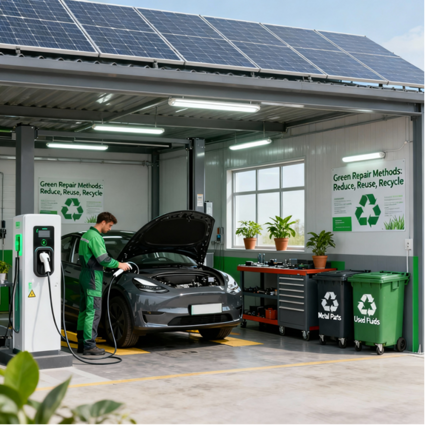
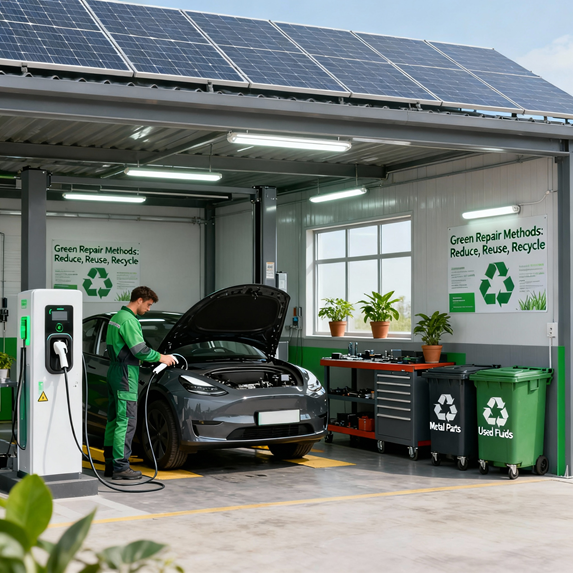
_Text%20version%202-425x425.png)
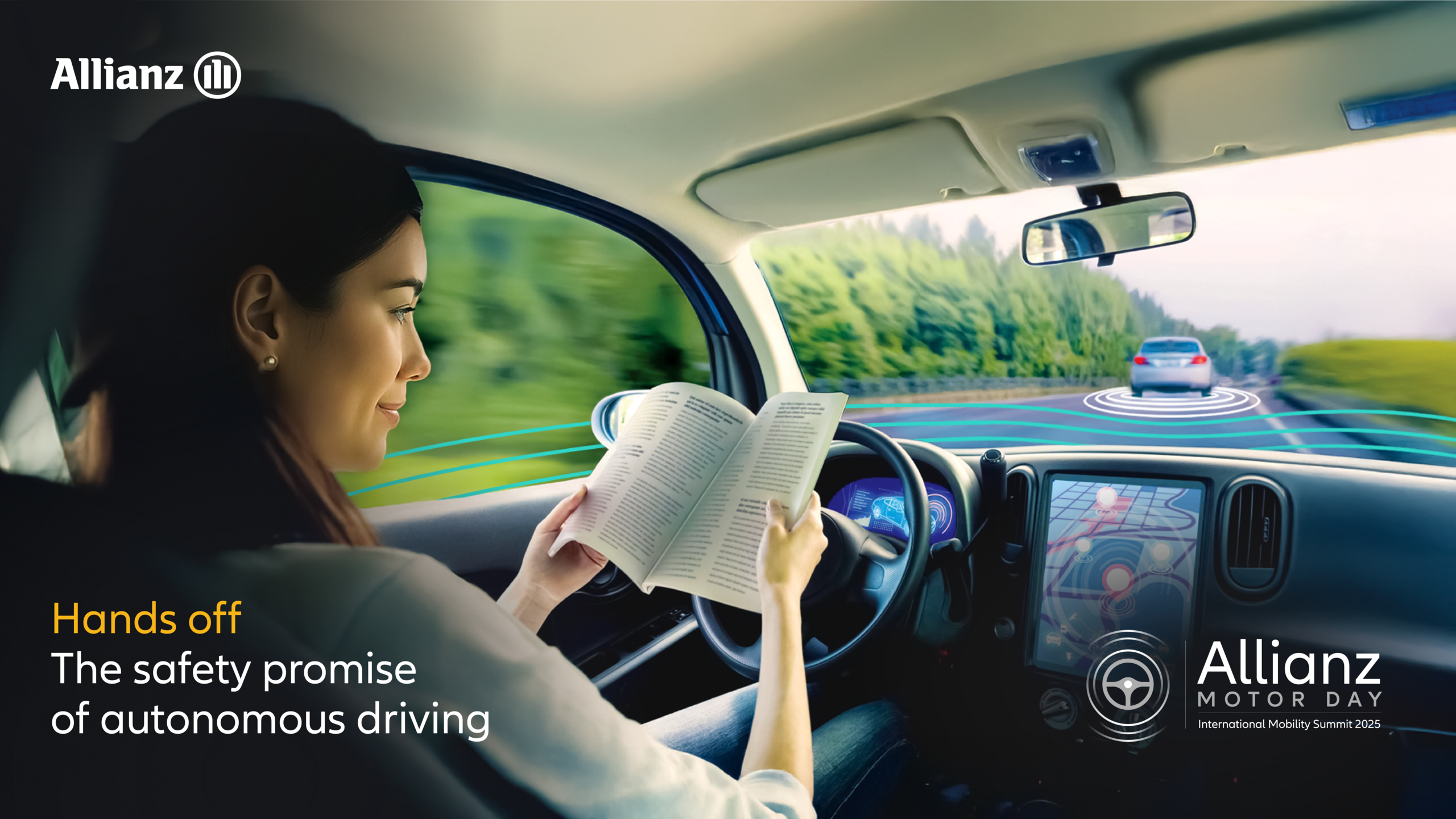_Text%20version%202-2560x1440.png)
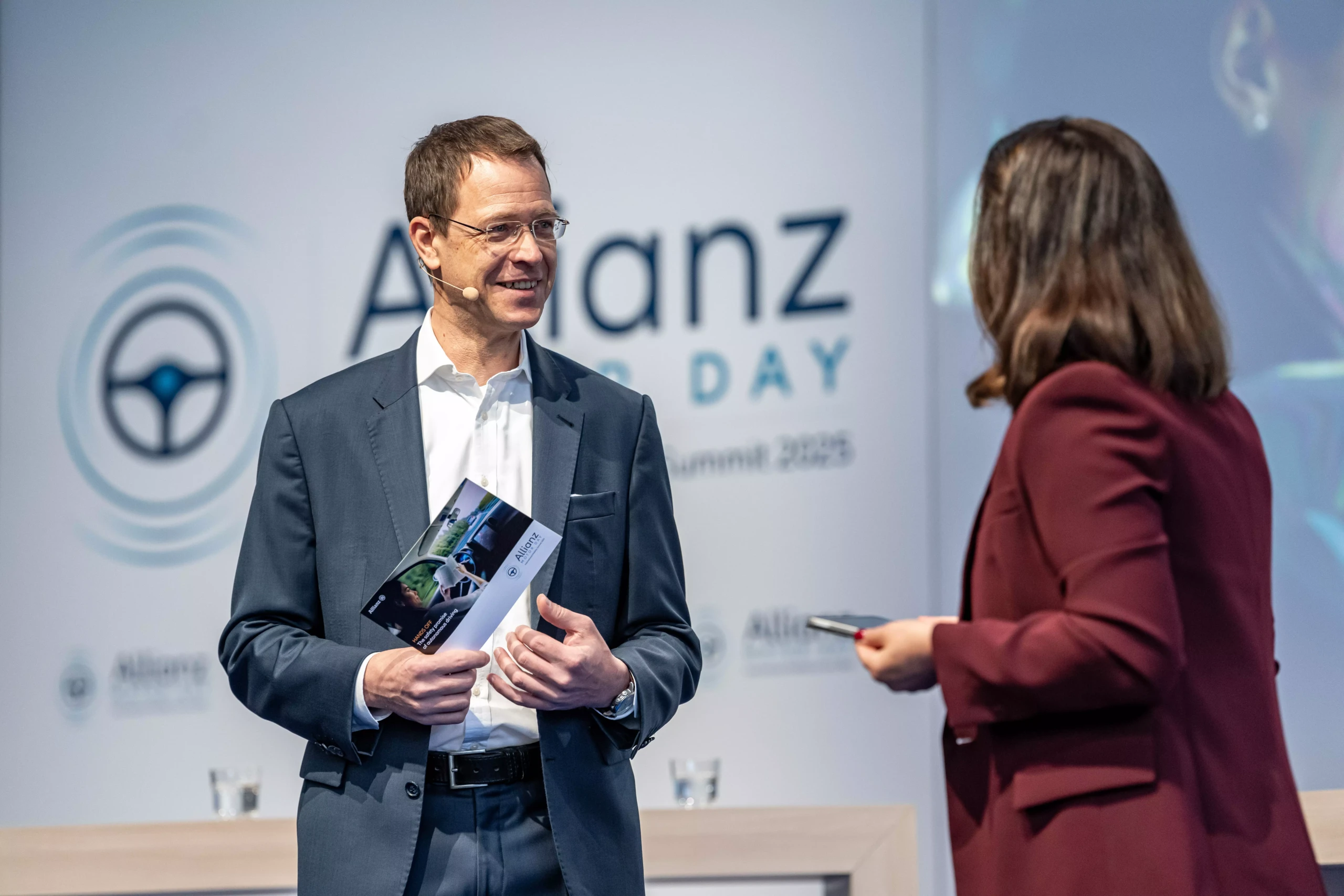
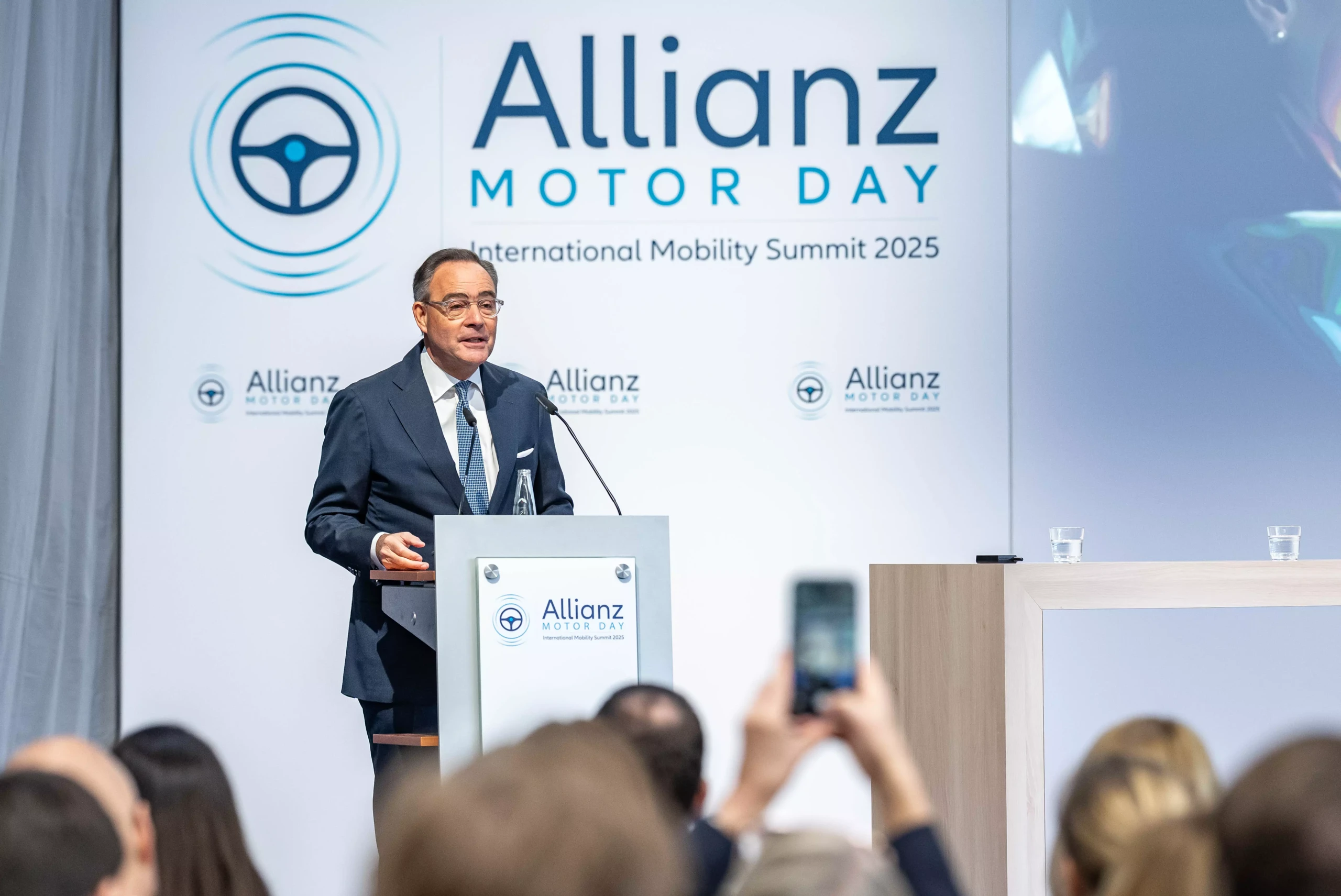
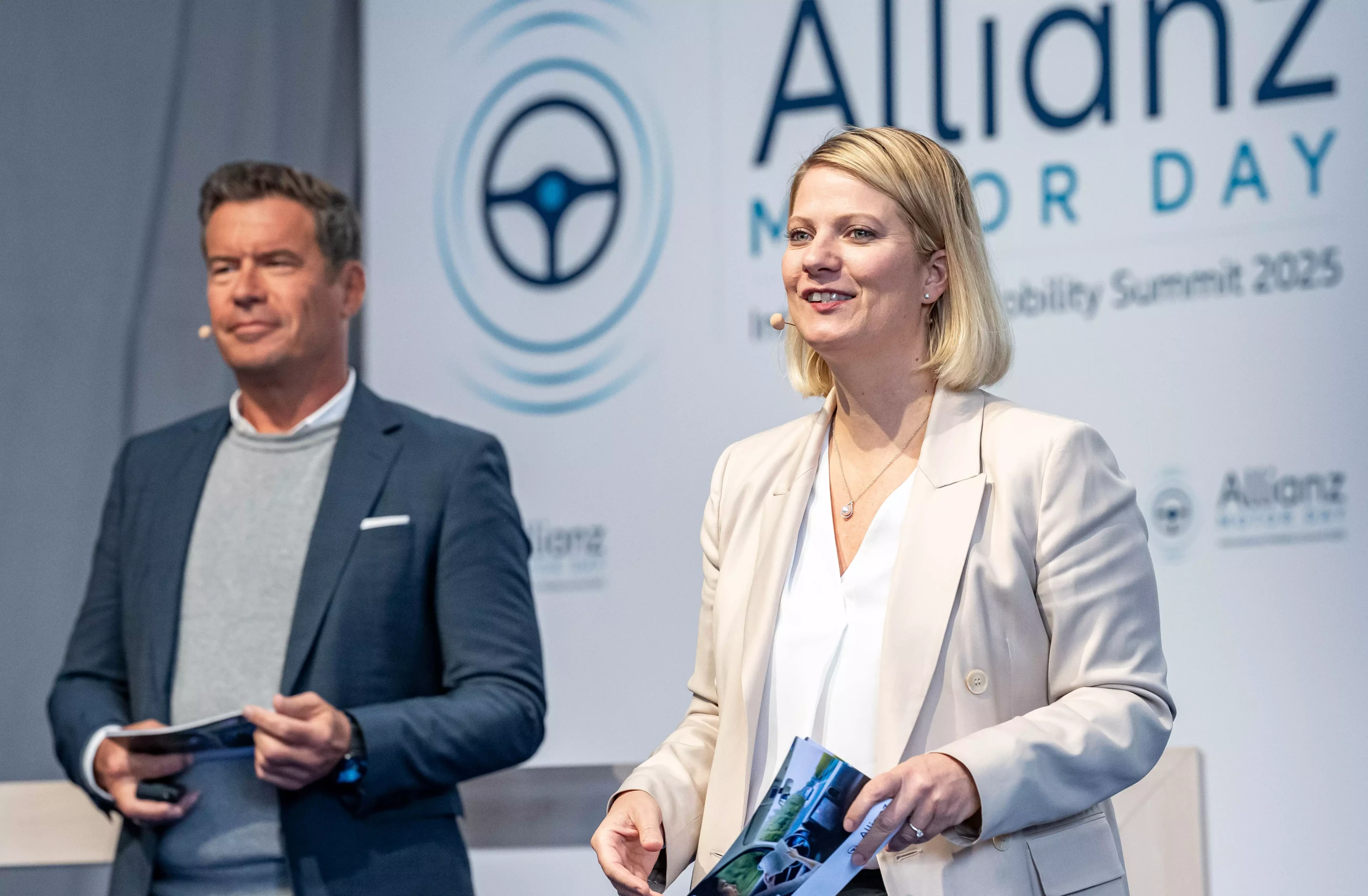
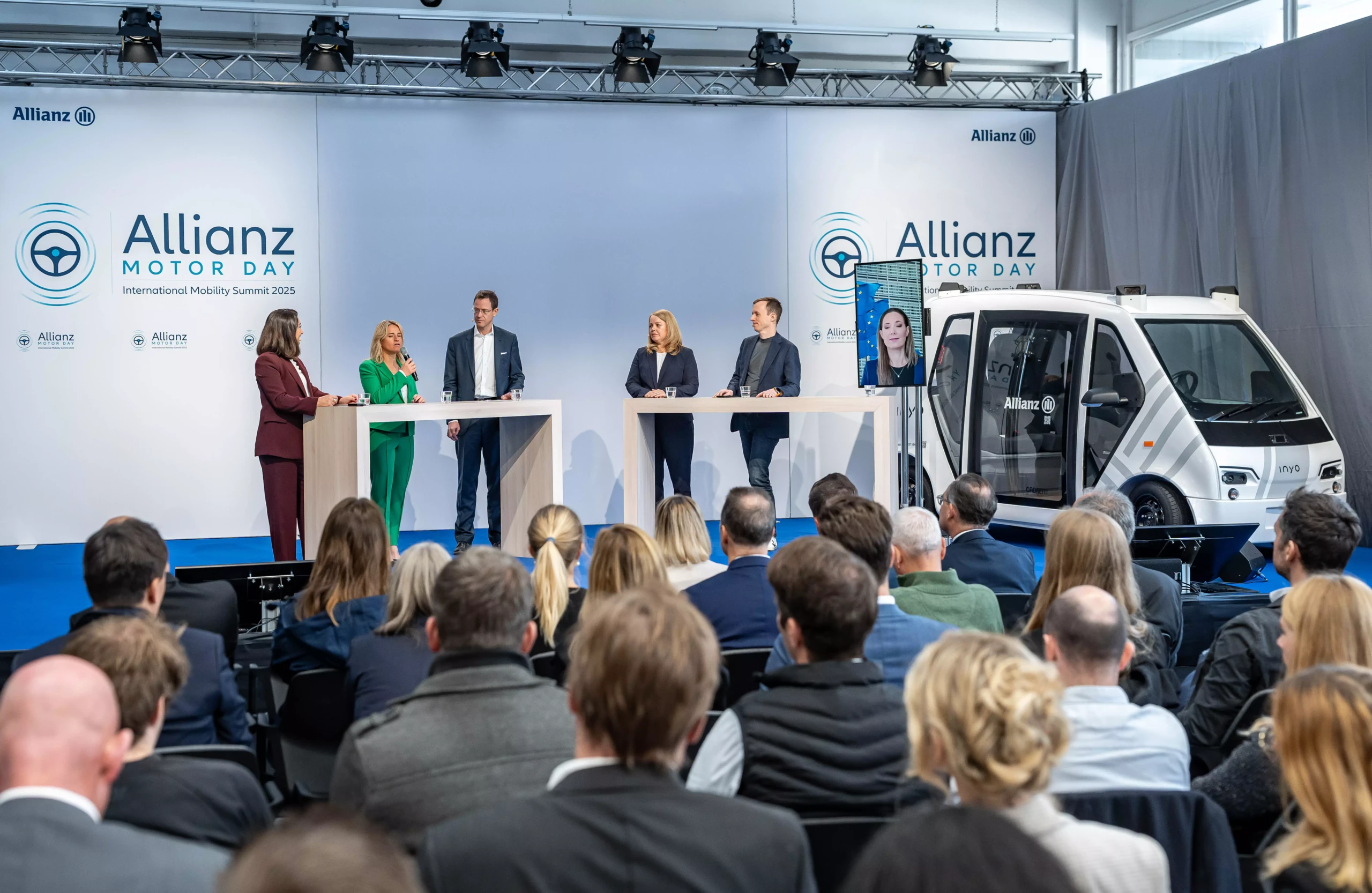
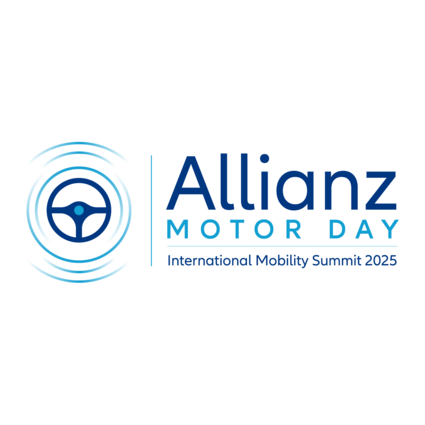
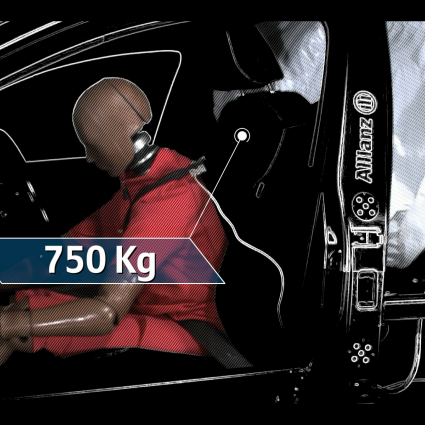
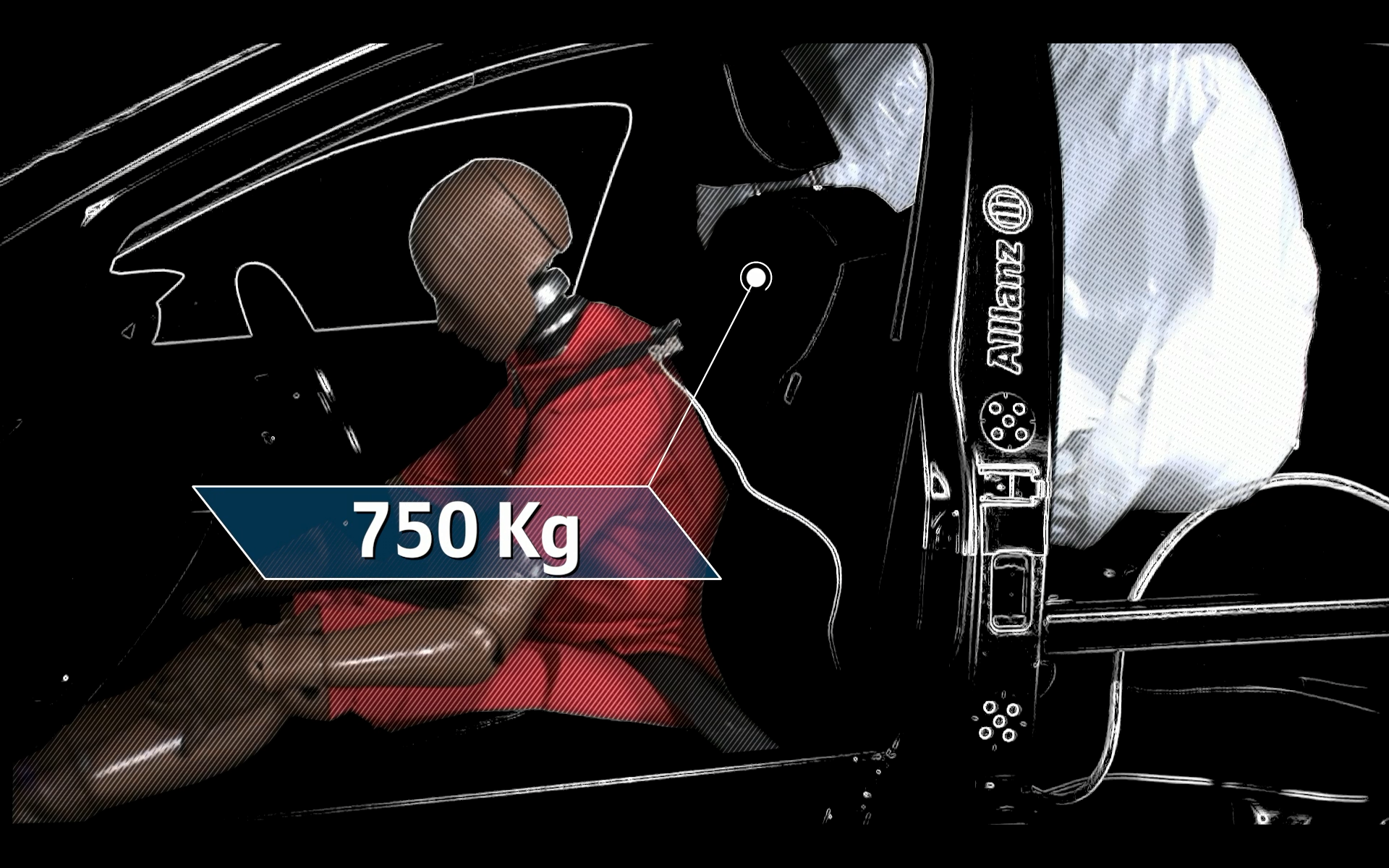
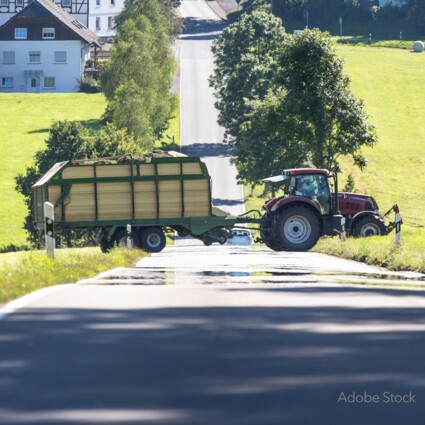

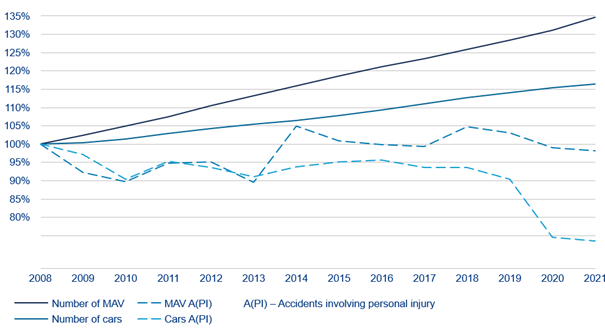
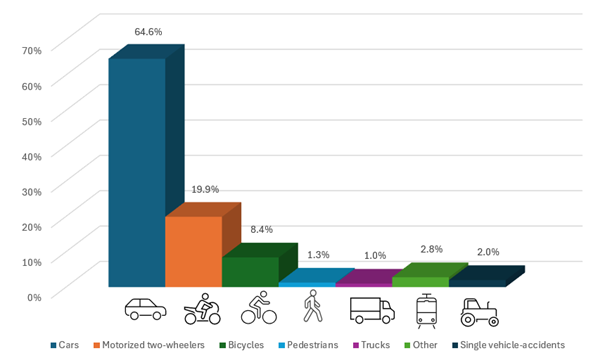
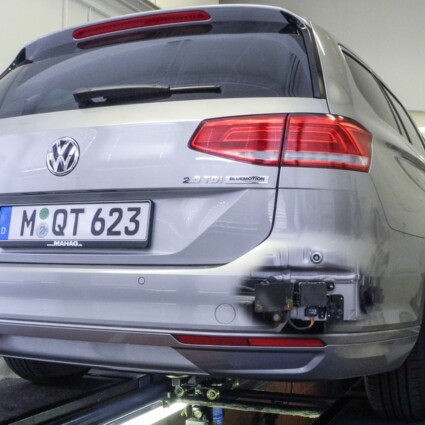

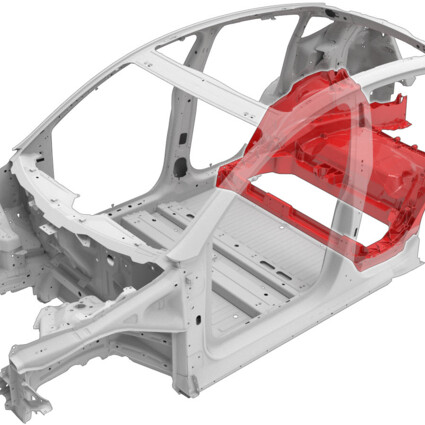-425x425.jpg)
.jpg)
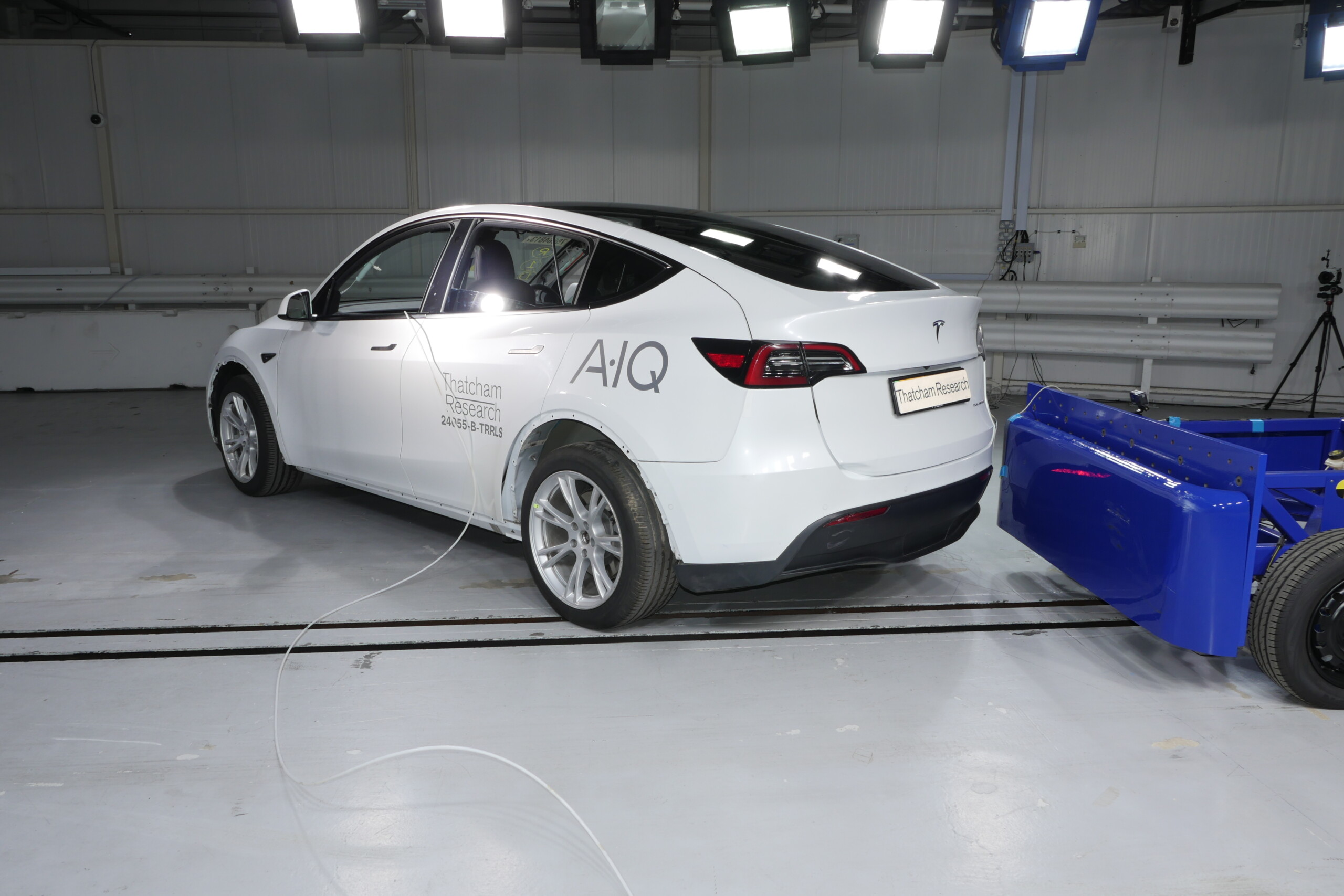-2560x1707.jpg)
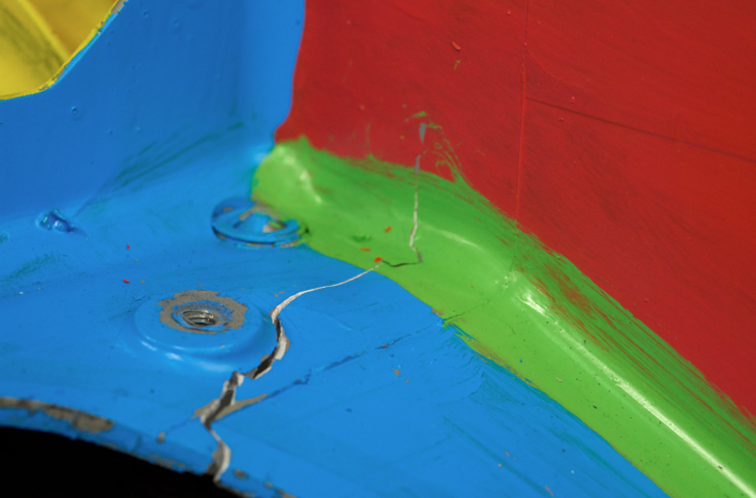
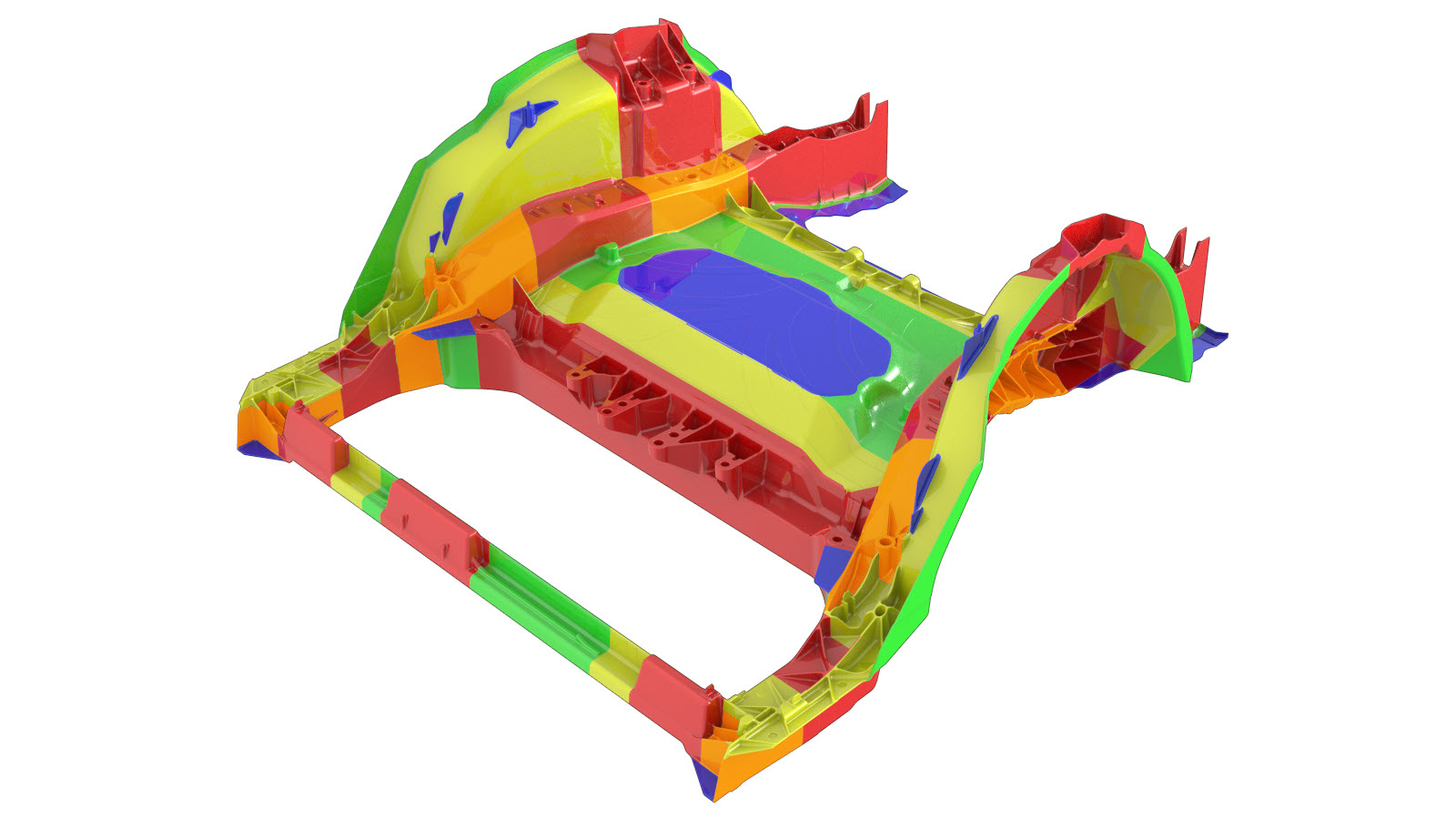).jpg)
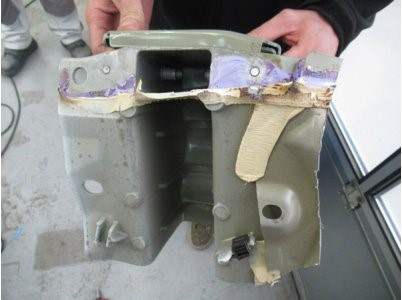
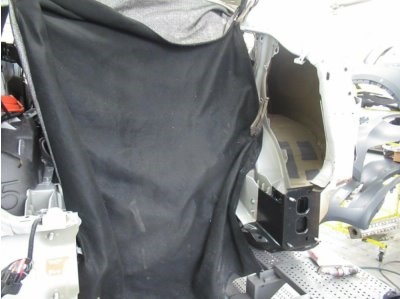
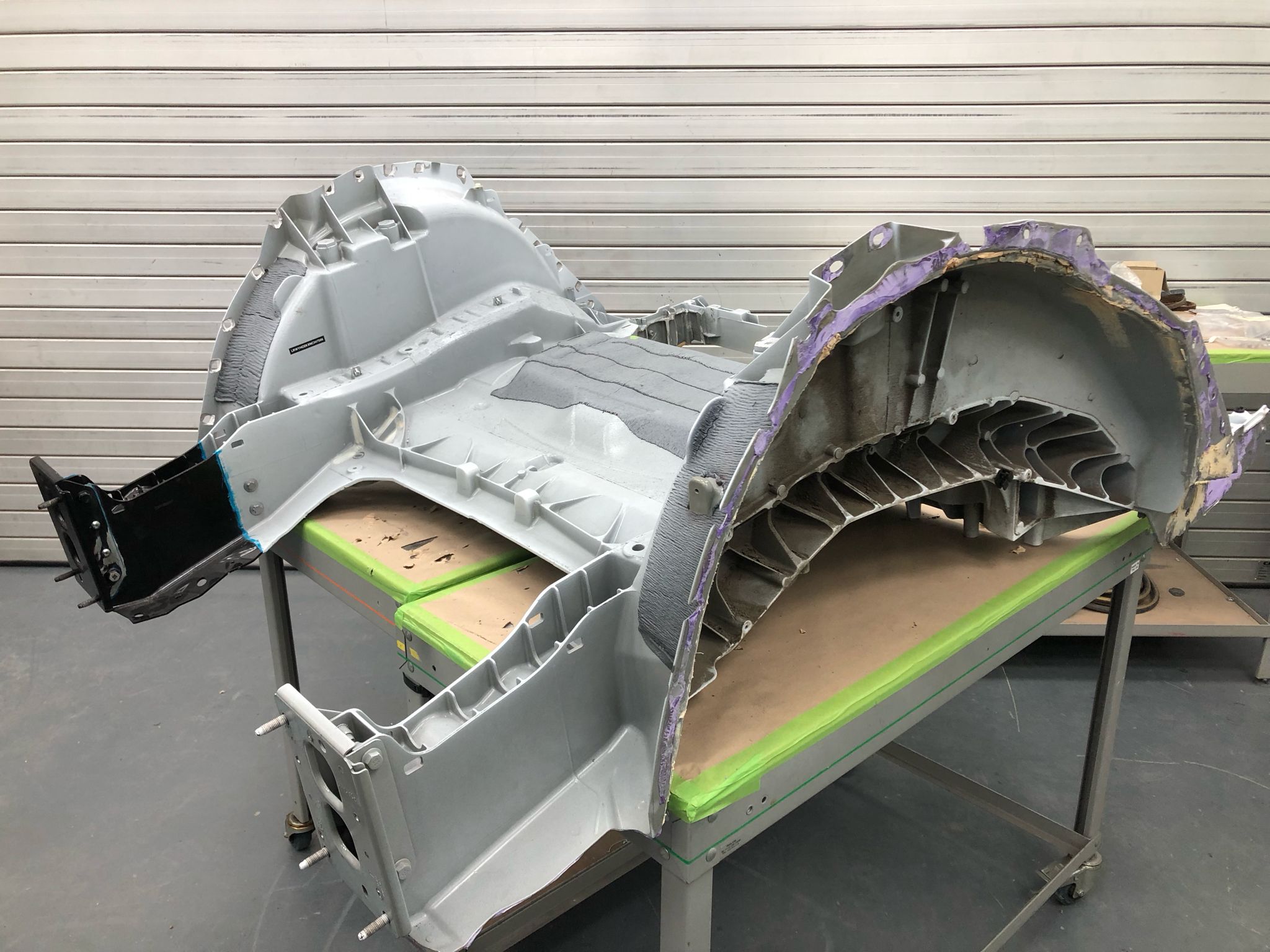.jpeg)
